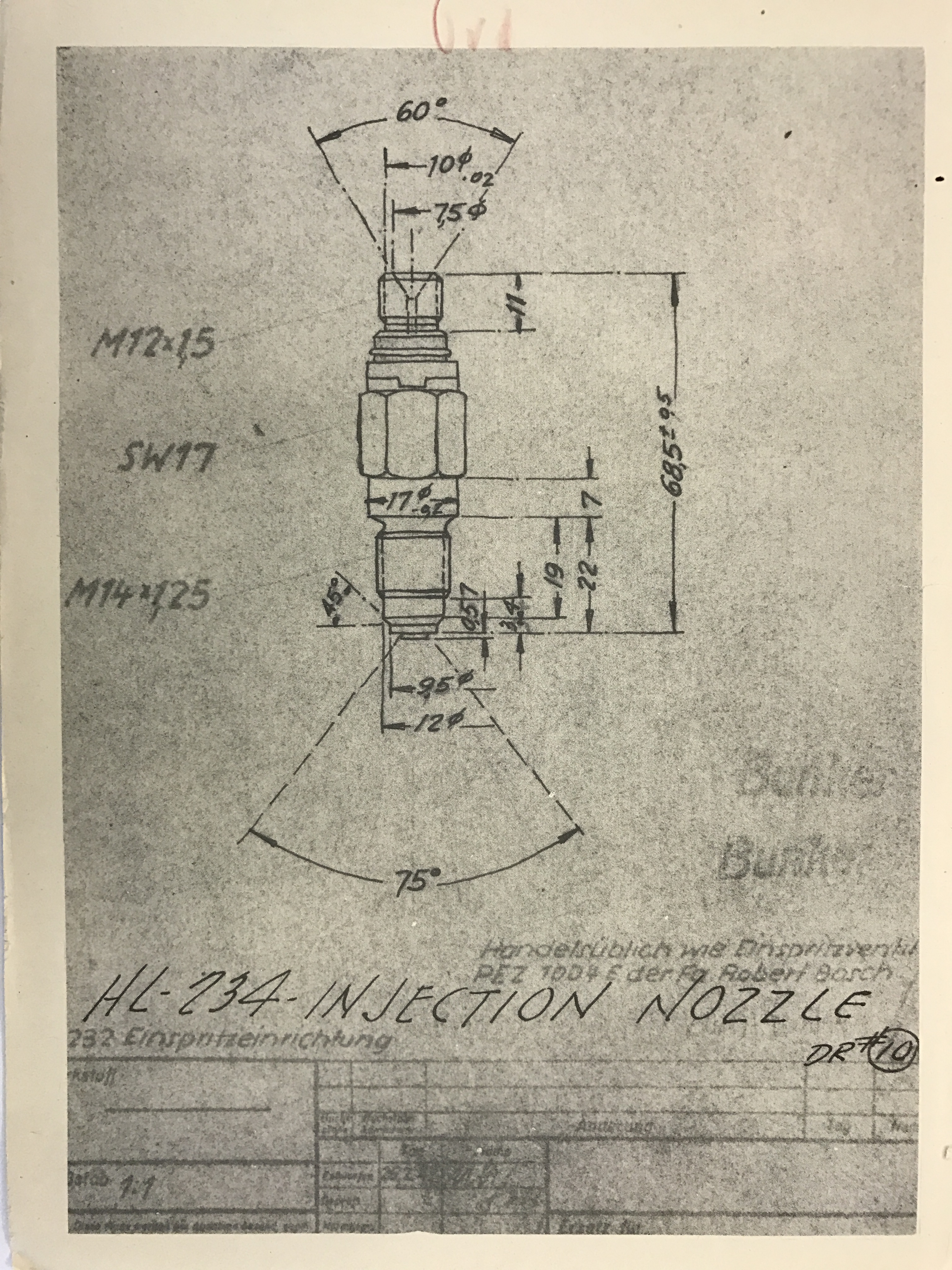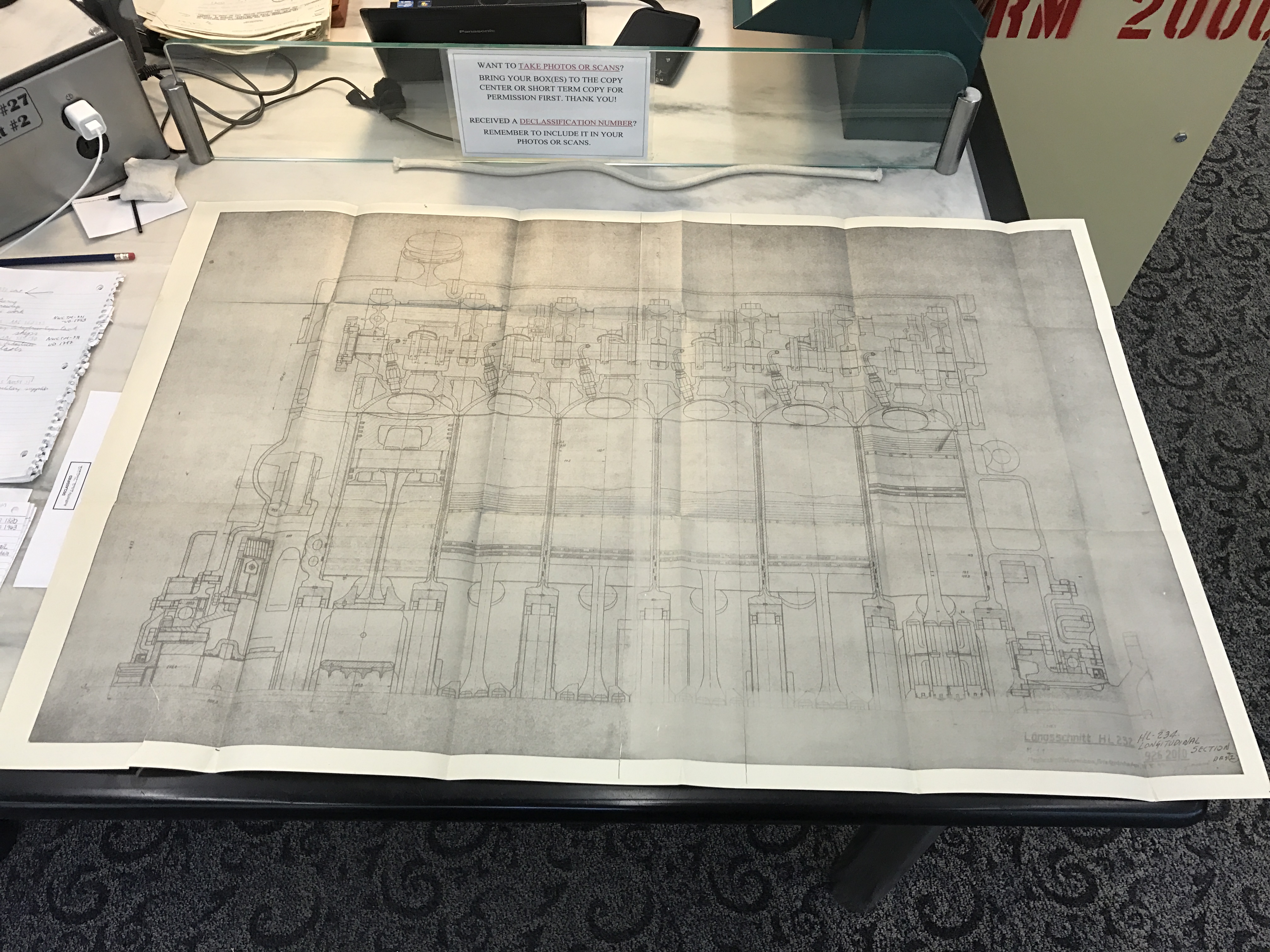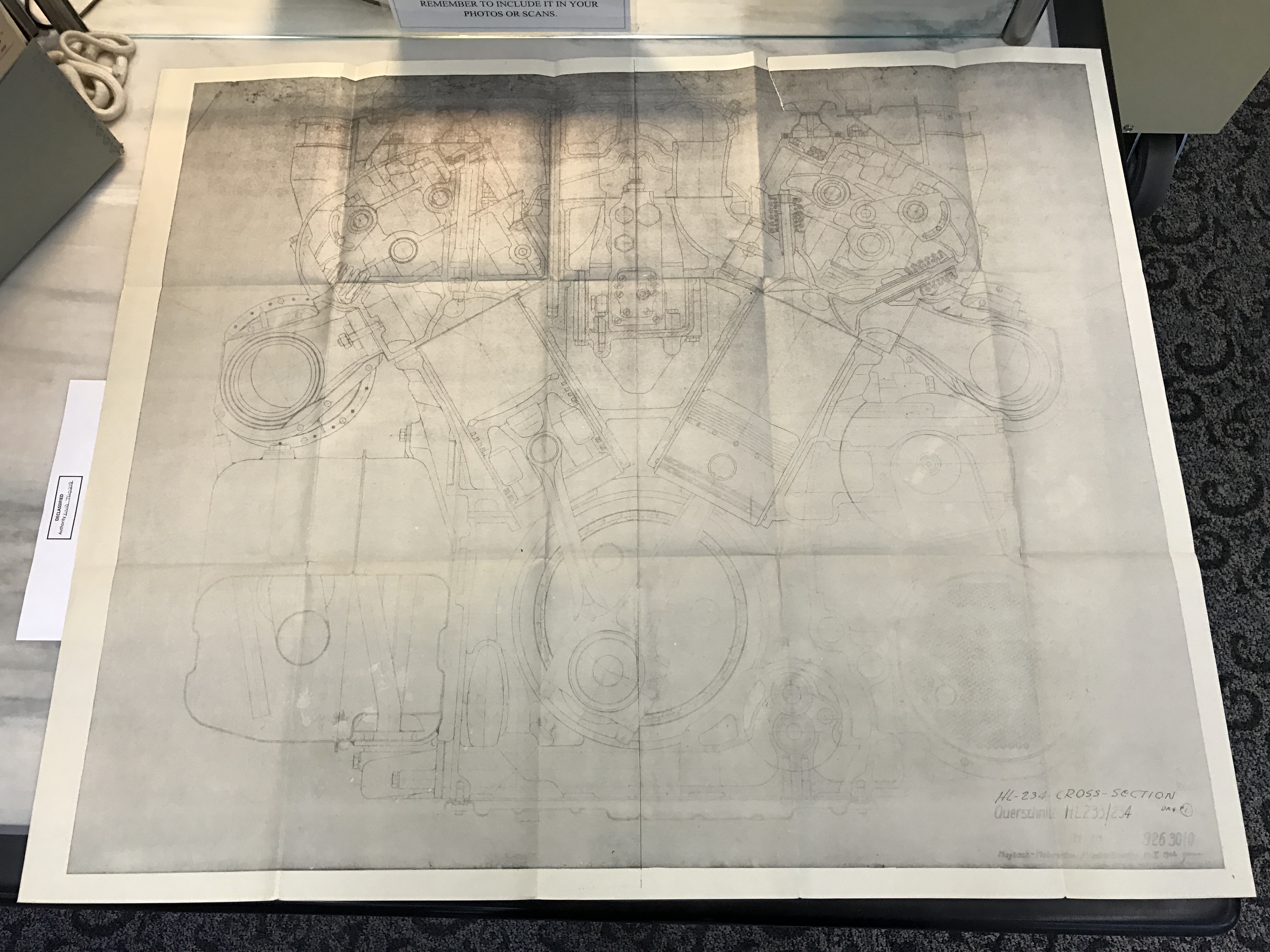I no longer attend to this blog and have since moved to Patreon, where I continue to post archival documents. You can find me at https://www.patreon.com/haroldbiondo.
Author: Riased Bussians
From the Archives: Useless
Many people ask what going through the archives is like. They might imagine digging through piles of dusty books to get to the one you know you want, opening it and finding the treasure within. It isn’t like that. You find a lot, and I mean a lot, of reports and documents completely useless to you, and probably useless to anyone at all. Here are some volumes I found while looking through FIAT final reports that just made me ask, “Who was this written for?”
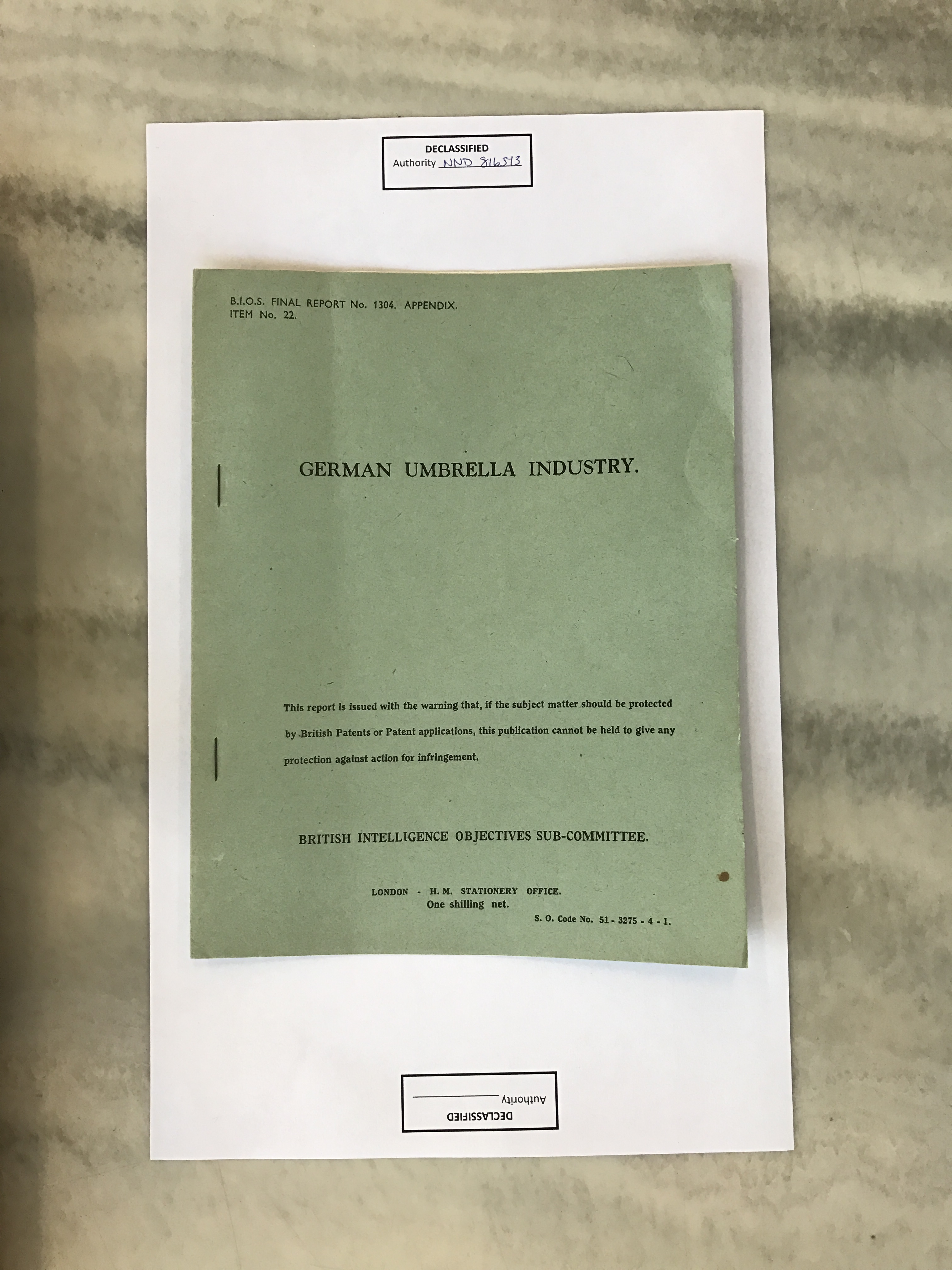
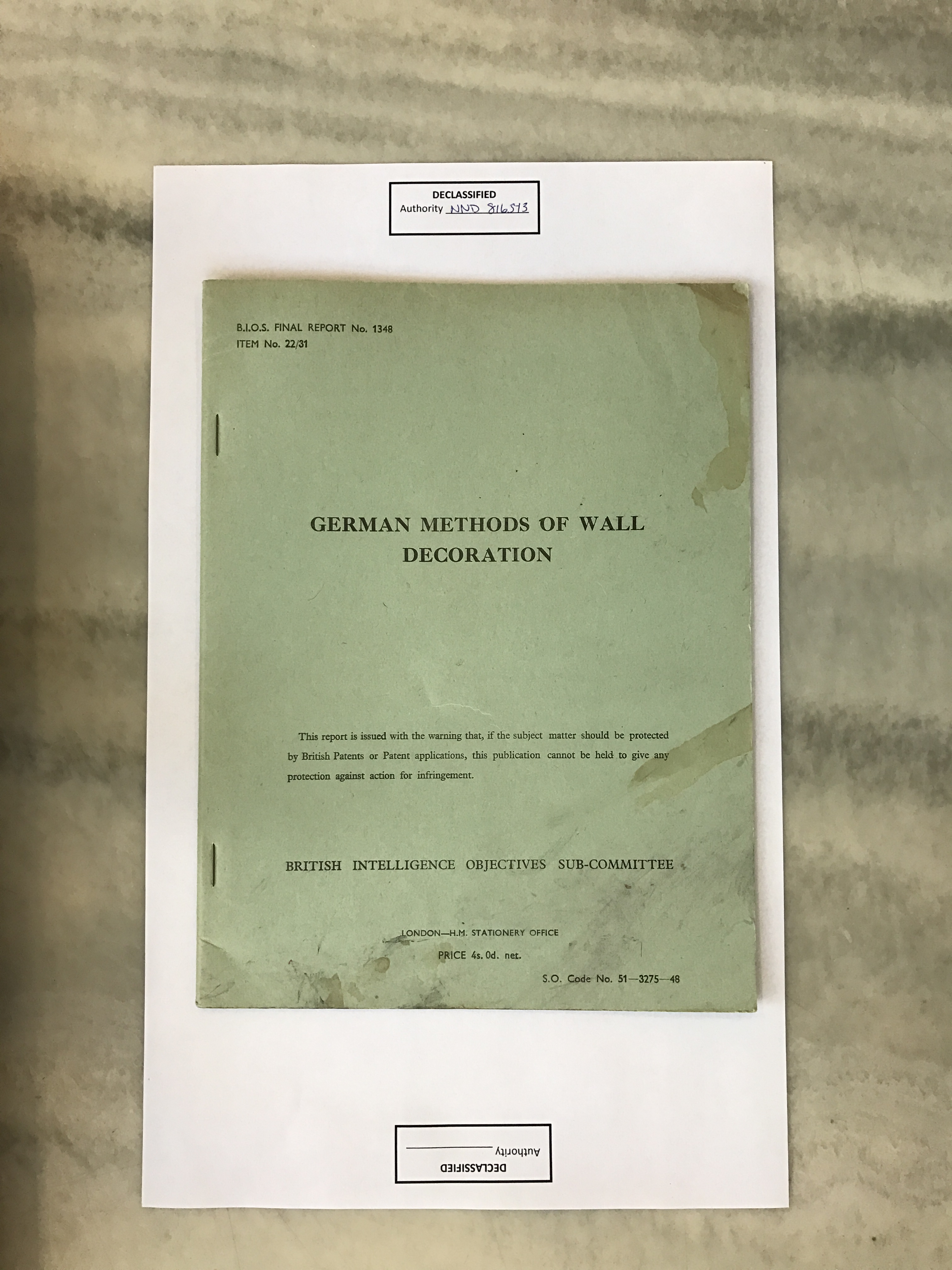
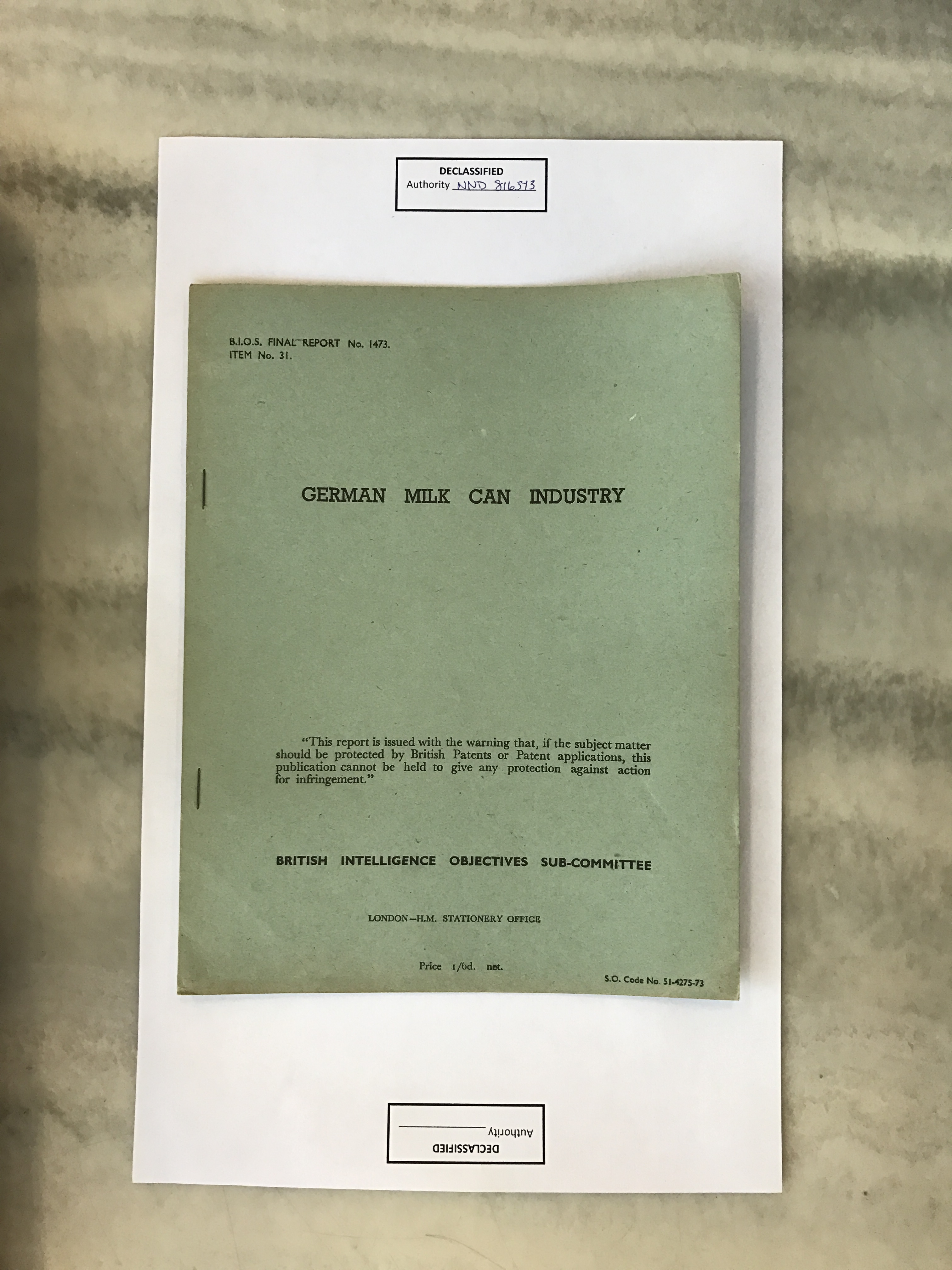
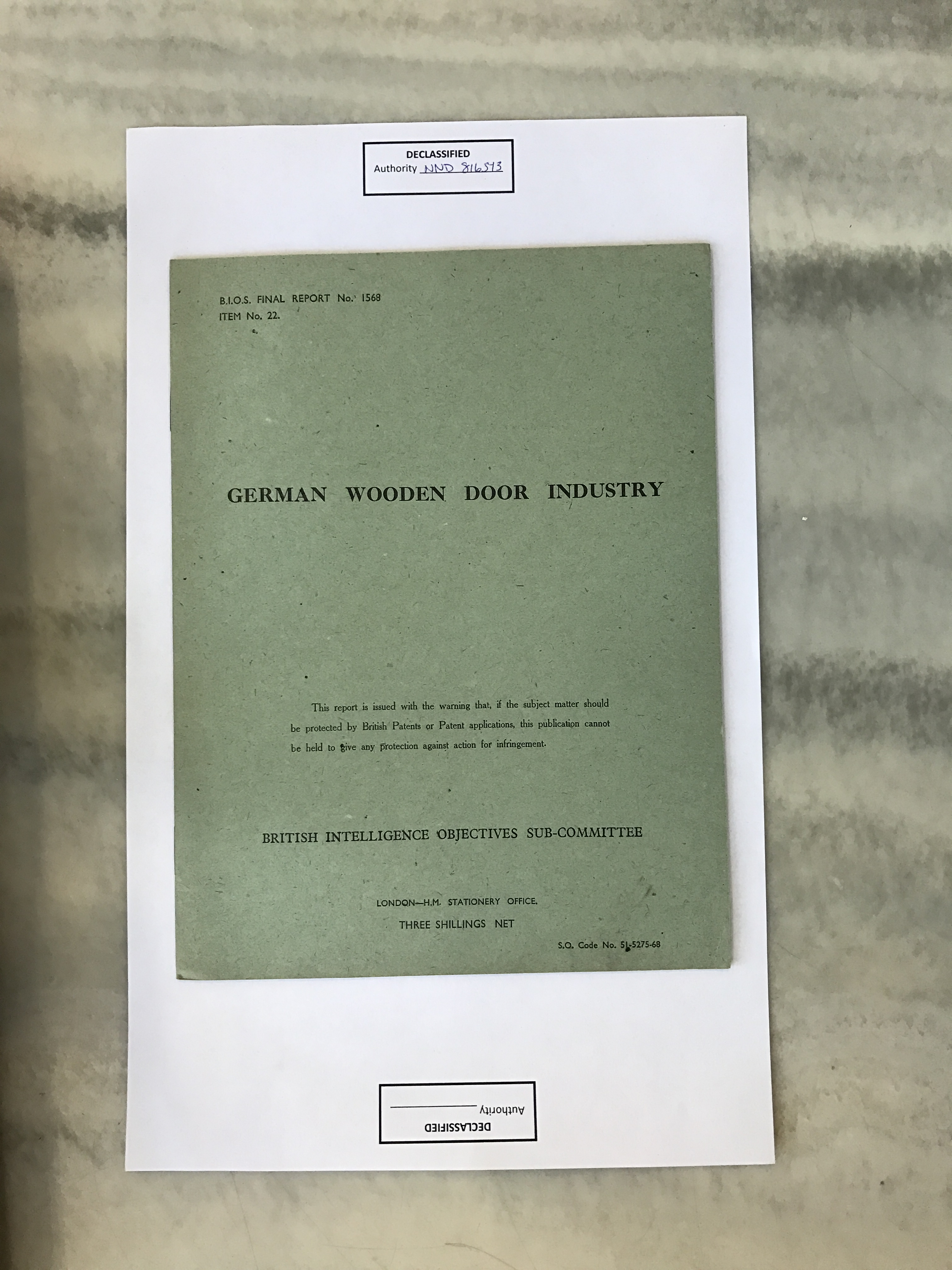
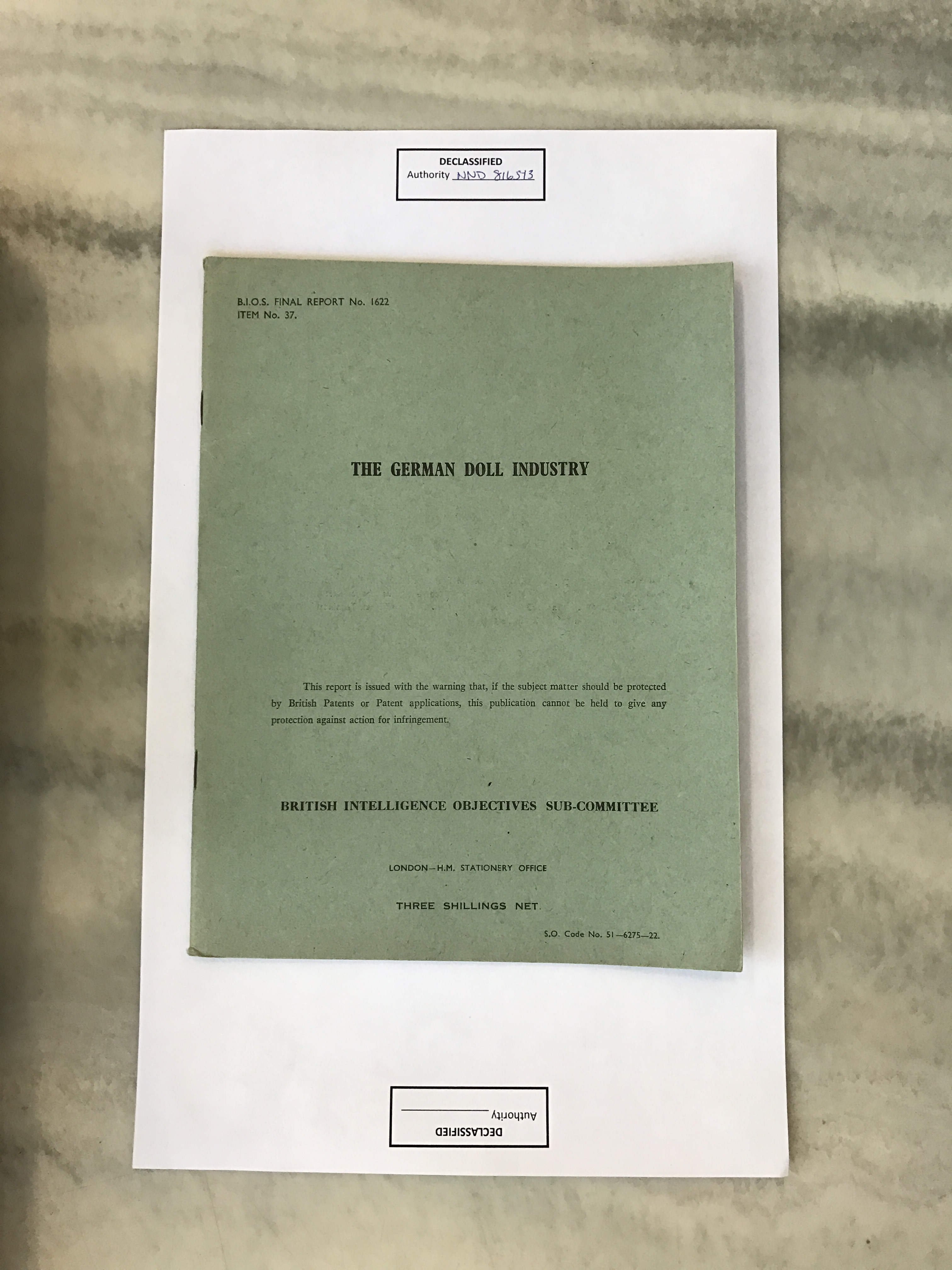
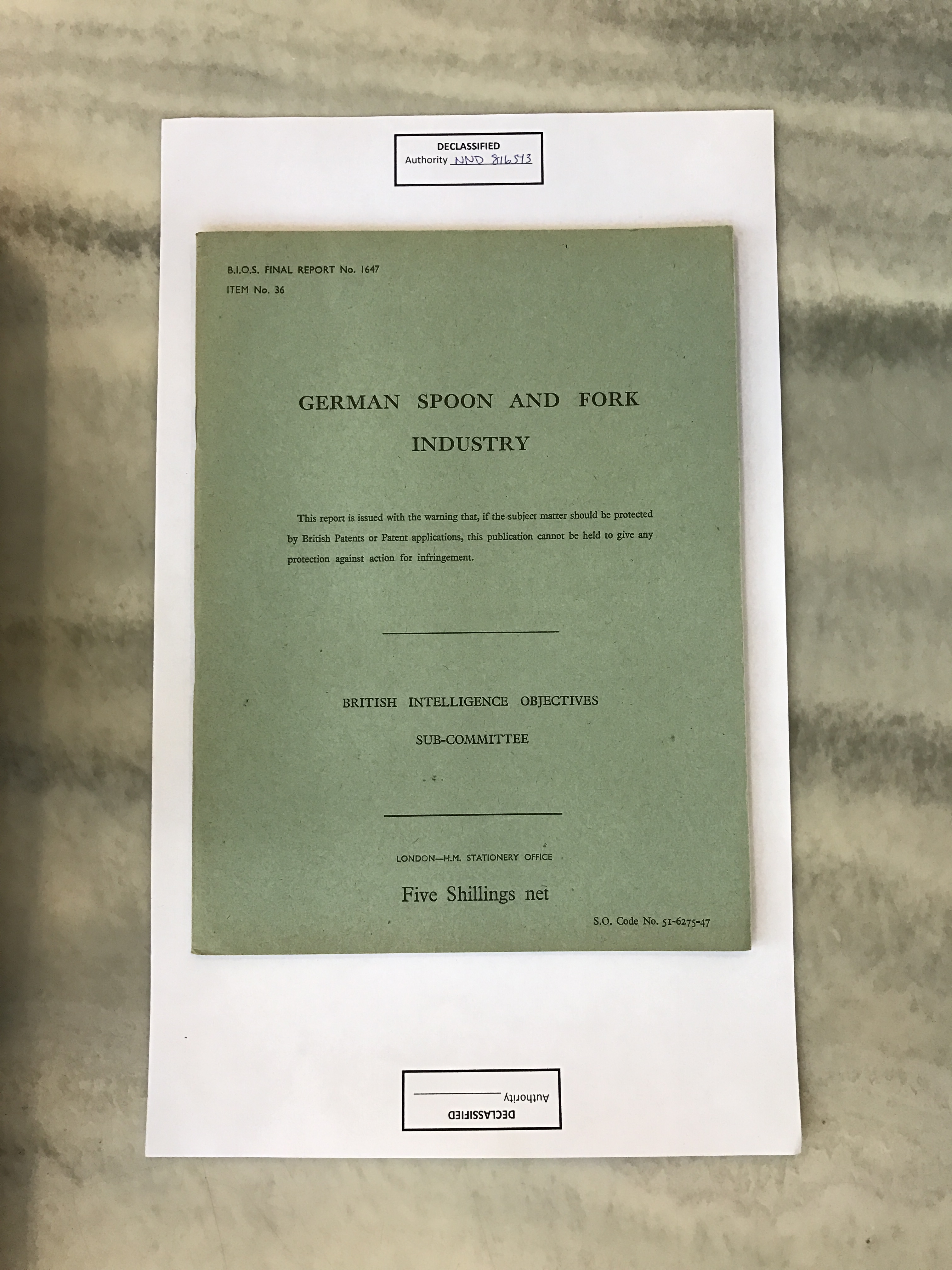
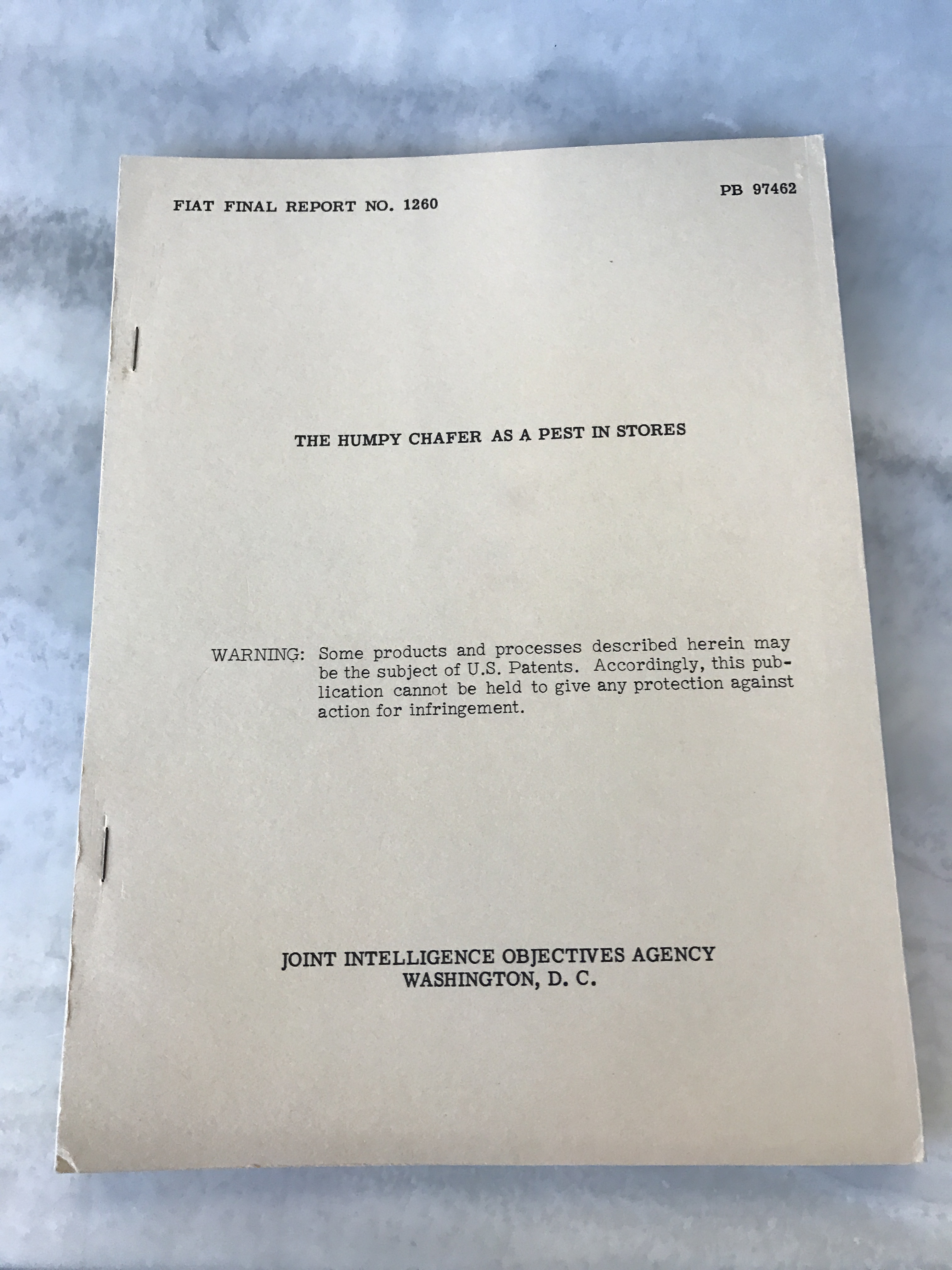
From the Archives: Trippel SG6 photos
Three Trippel SG6 amphibious cars were found at the Bugatti plant in Molsheim on November 29th, 1944 along with a great many photos. Three photos were included in the report. From CIOS report II-13/XI-2/XI-3.
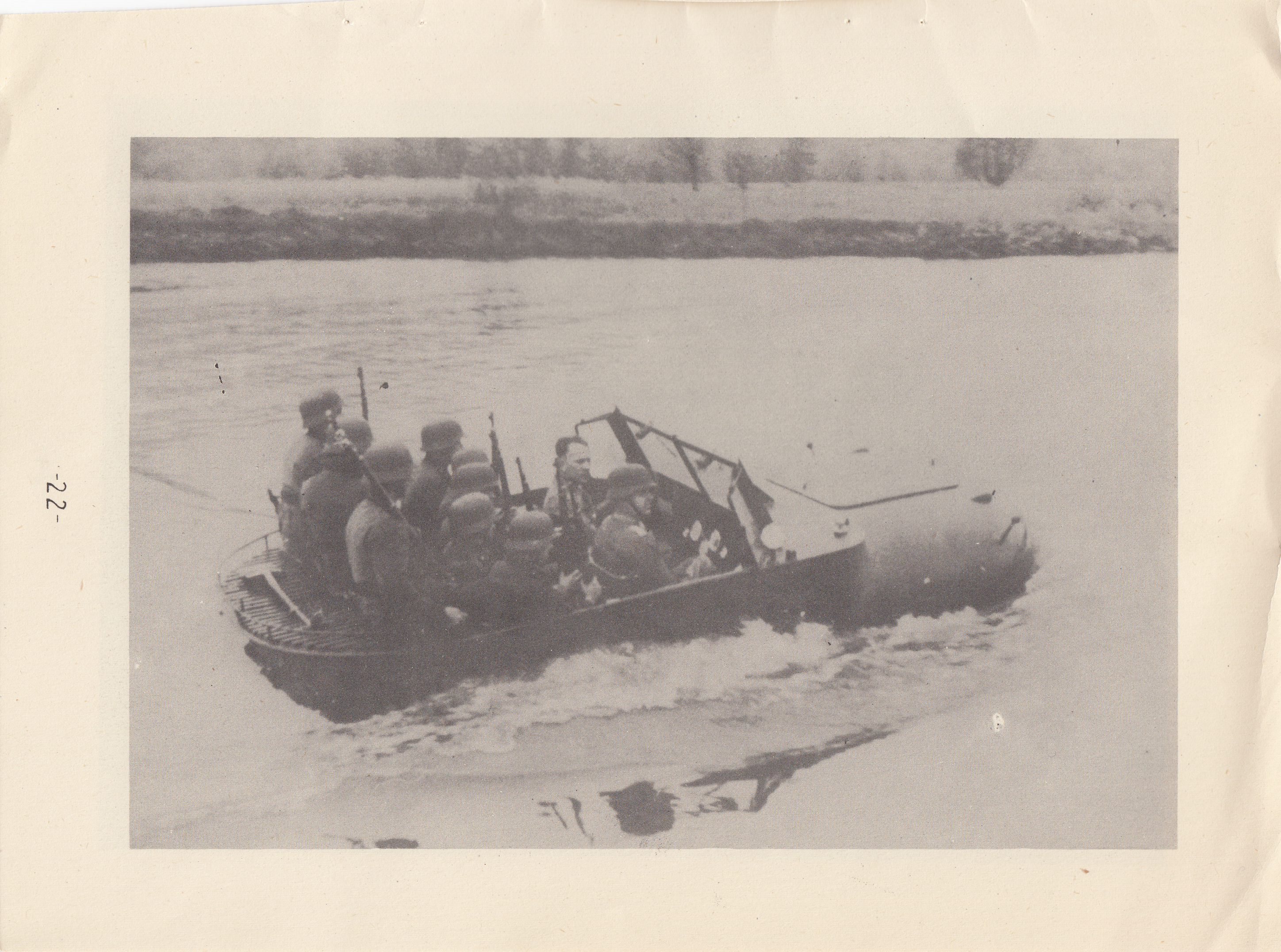
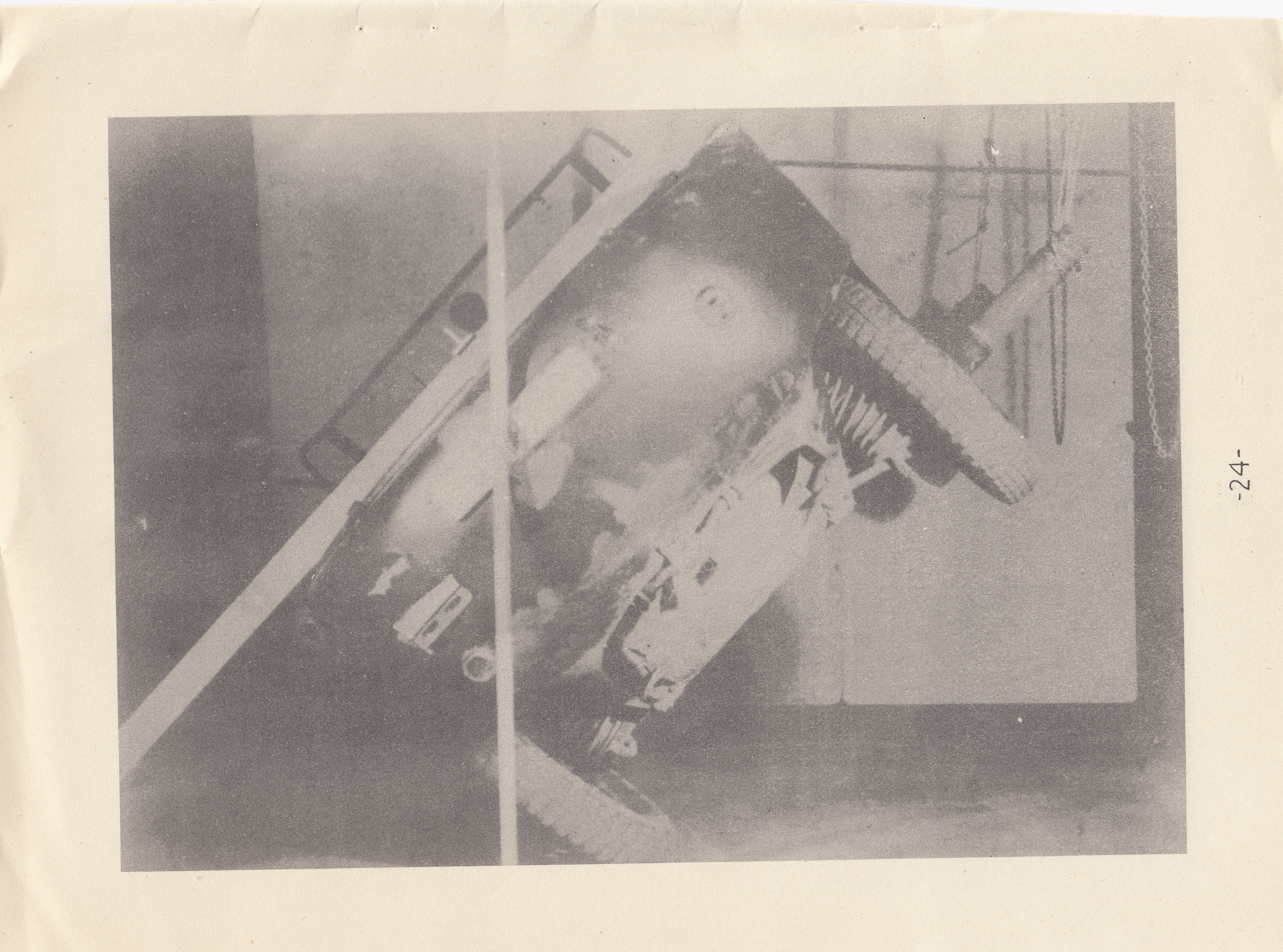
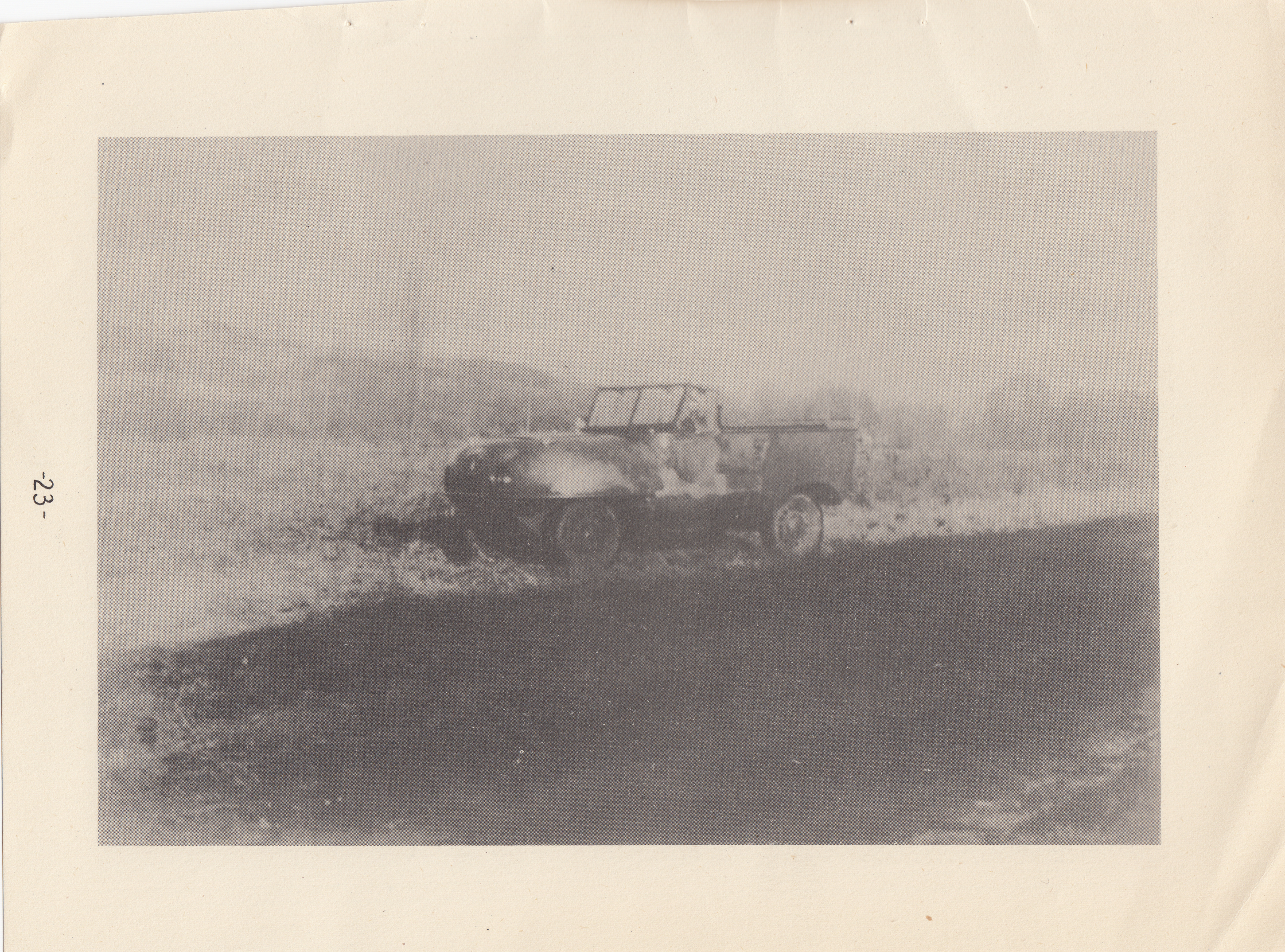
From the Archives: Dornier Do-335 Blueprints
From CIOS report XXVIII-22, Dornier Werke GMBH Friedrichshafen.
The Do-335 was one of the fastest propeller powered aircraft of all time, even today it still holds the record as the fastest twin-engined fighter.
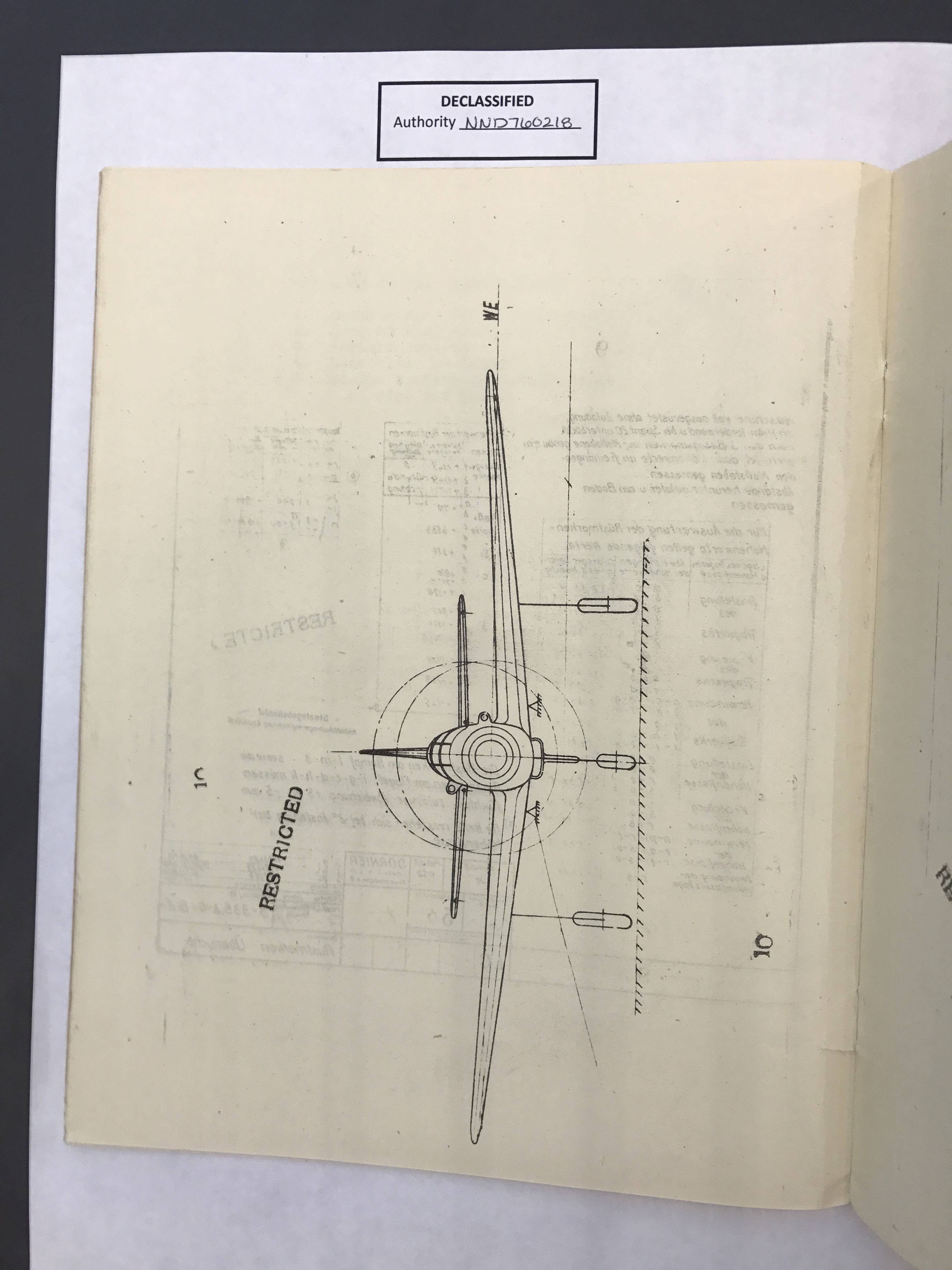
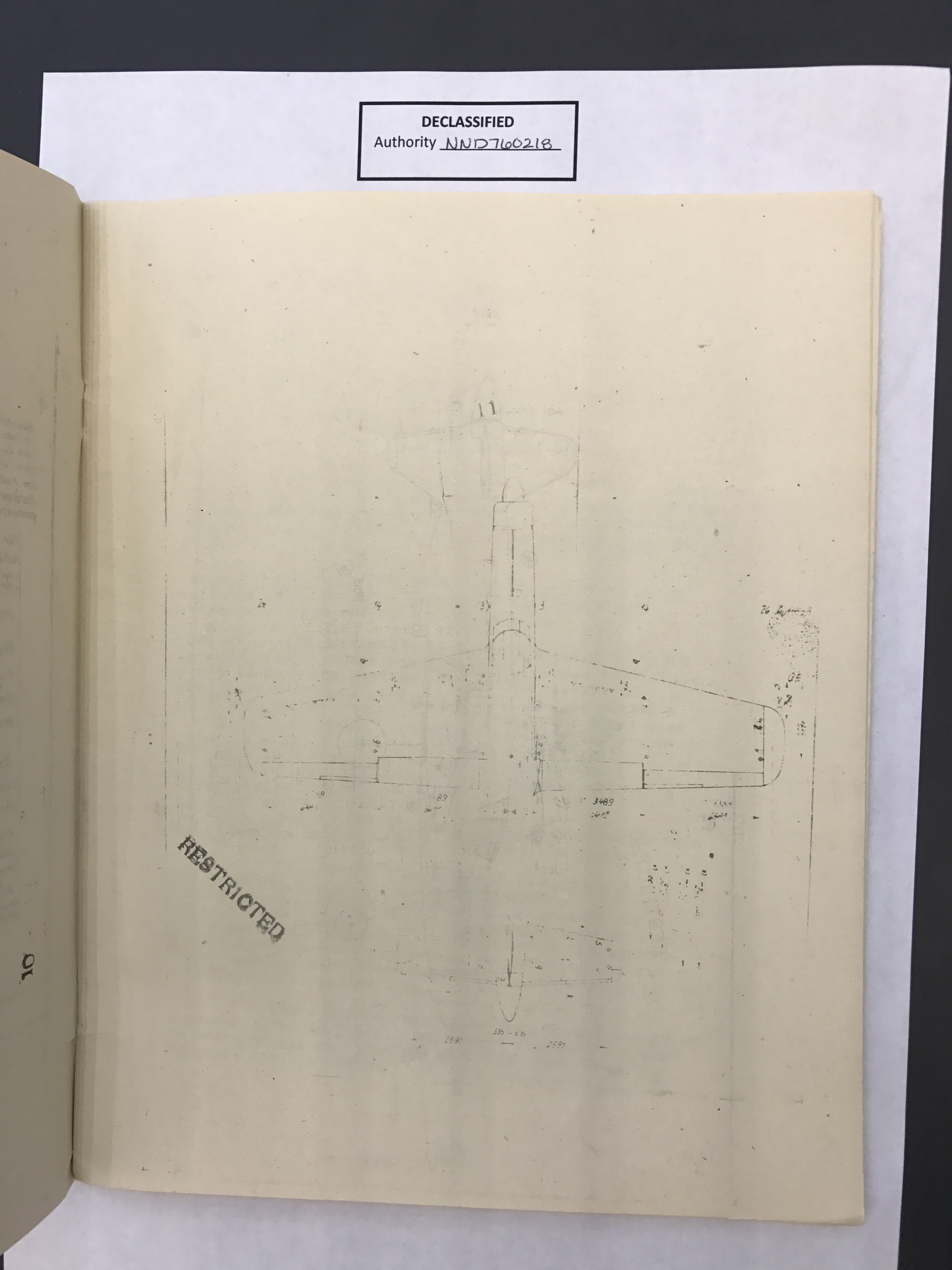
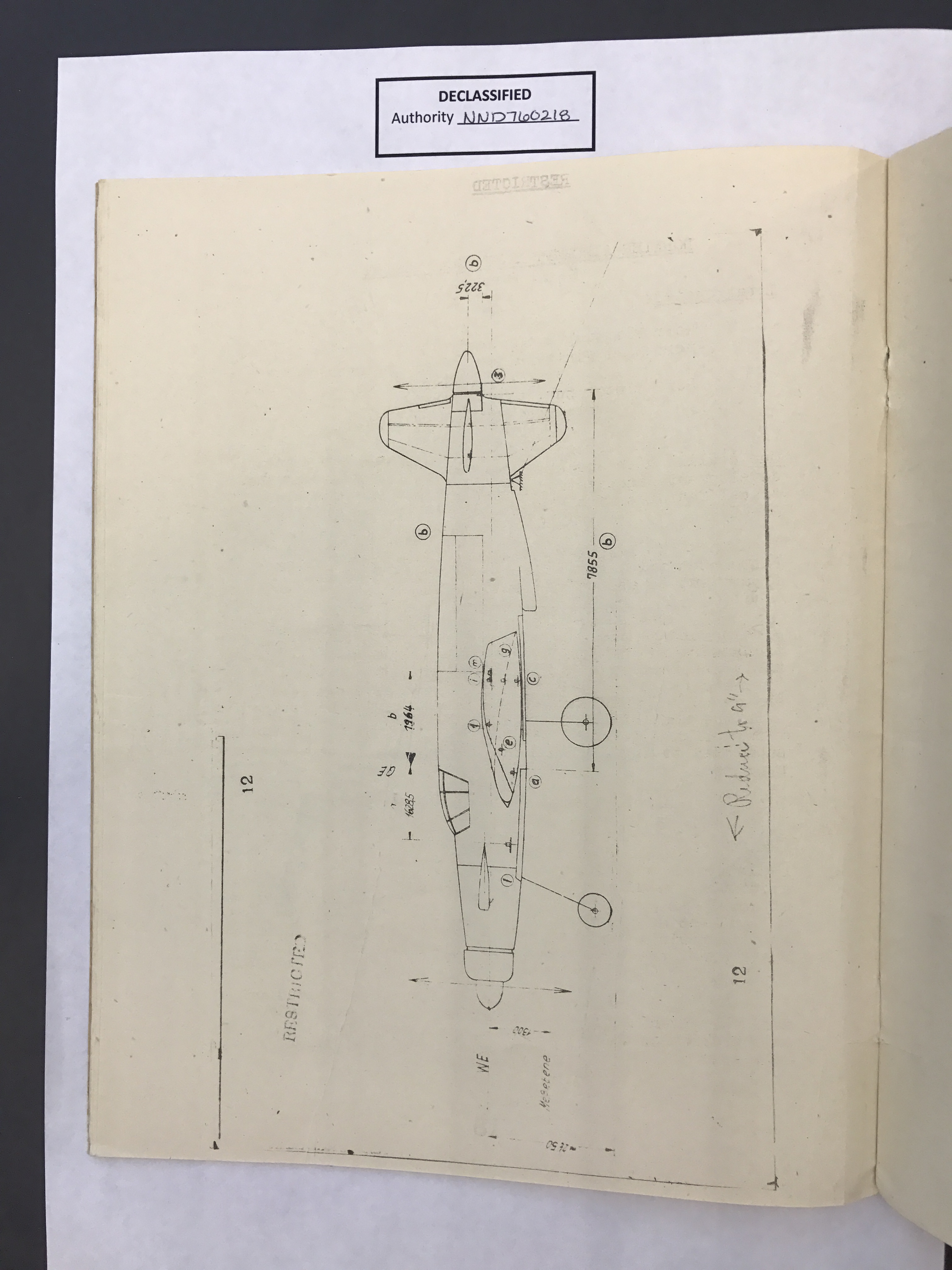
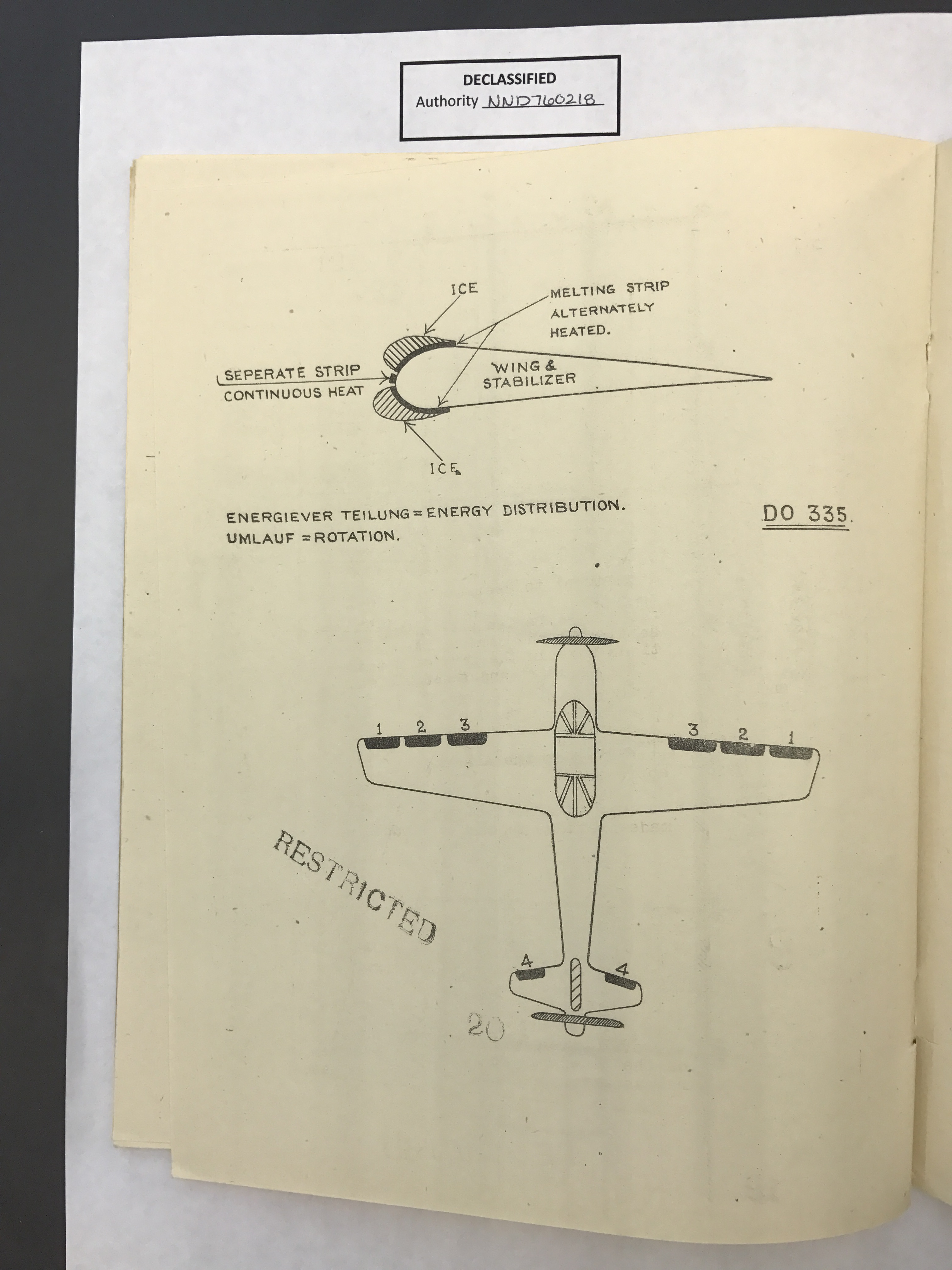
From the Archives: Superpfeil
Just a quick one for today, according to CIOS report XXVIII-24 the Horten XIII (13) was nicknamed the “Superpfeil”, or Super Arrow. Beside the Horten Parabola this is the only Horten aircraft I know of to have gotten a name.
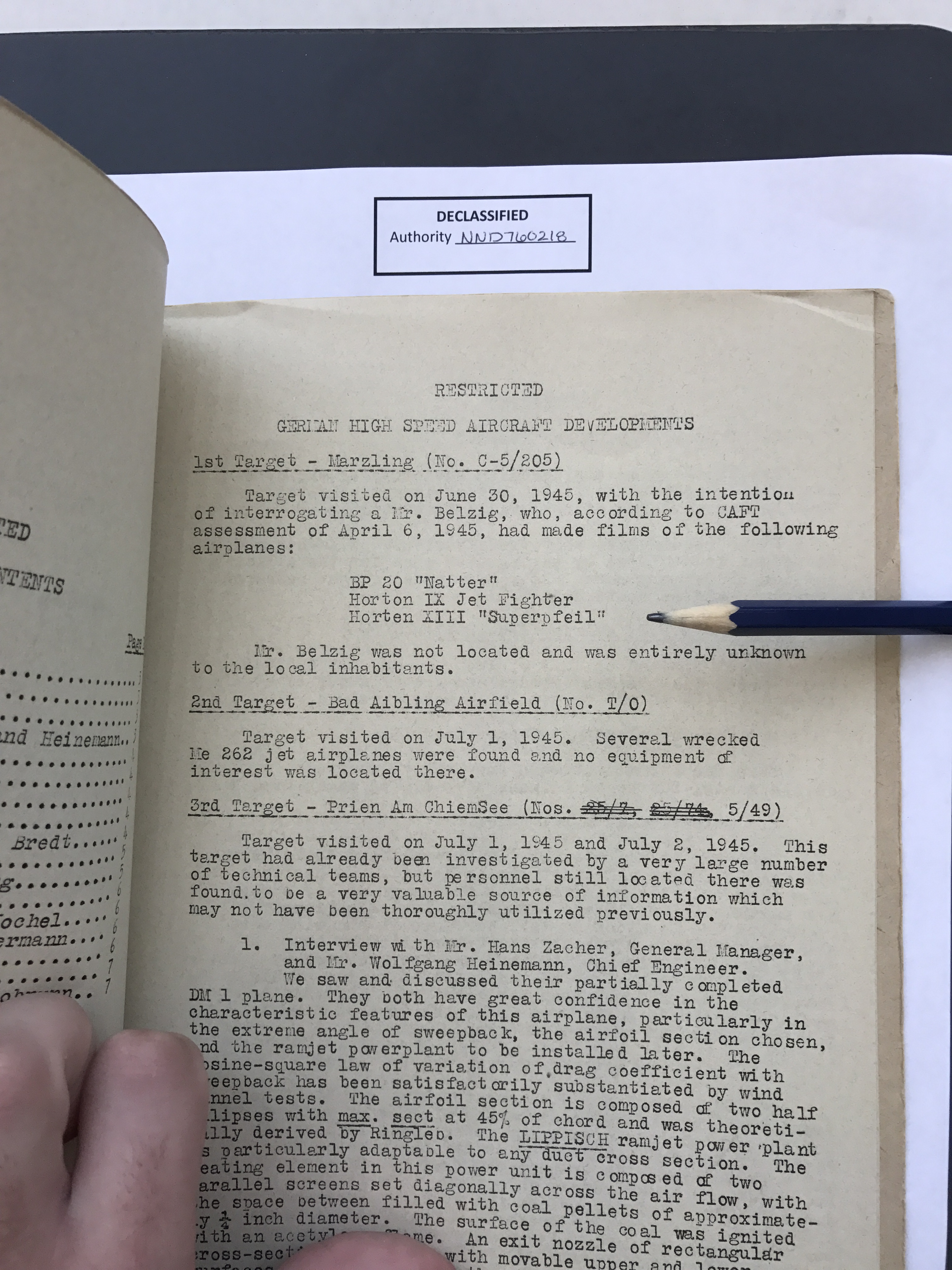
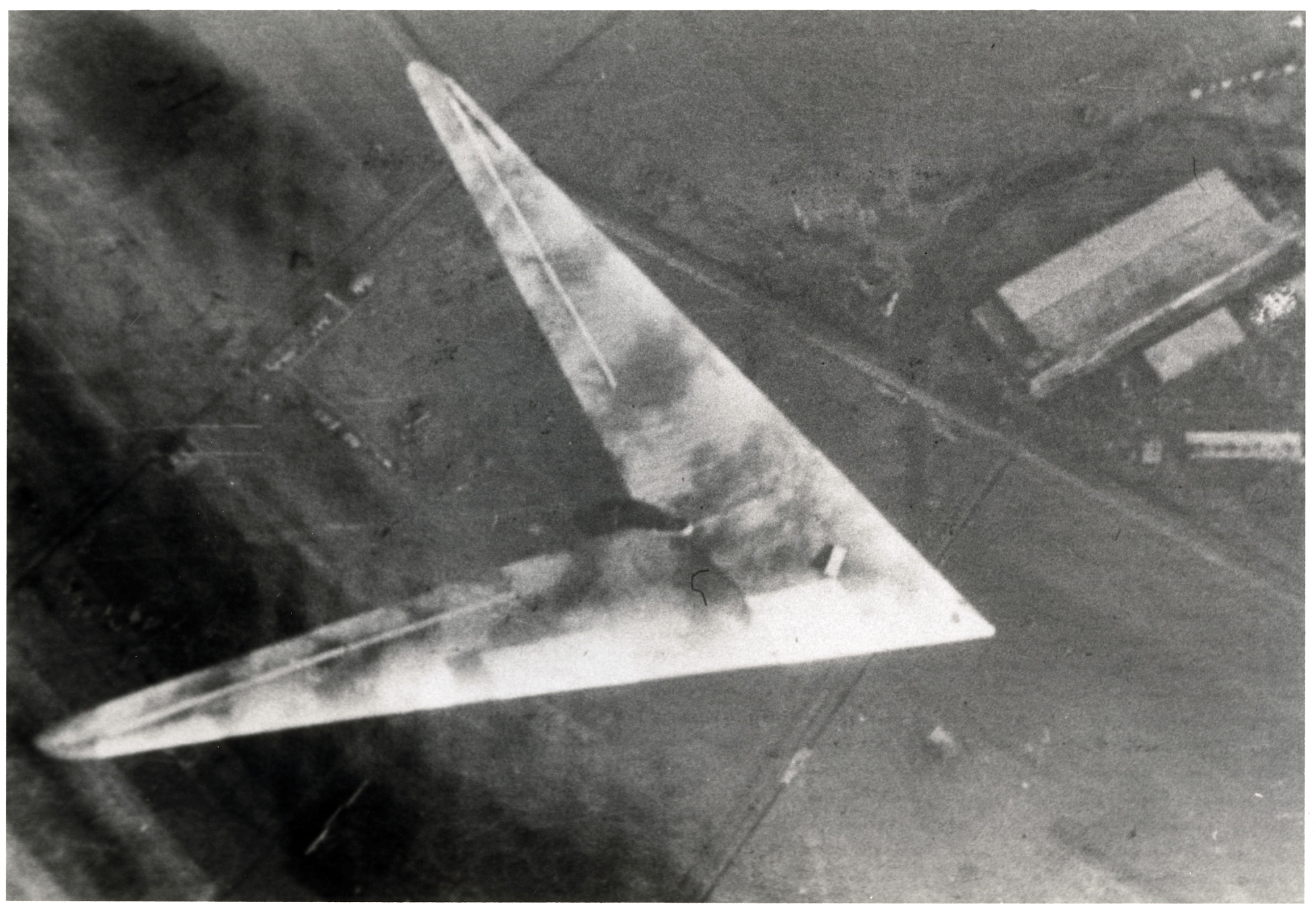
From the Archives: Focke-Wulf Triebflugel Blueprints
CIOS report XXVI-6 “Focke-Wulf Designing Offices and General Management Bad Eilsen”, contained several blueprints of the Focke-Wulf Triebflugel and its engines. The Triebflugel was a vertical-takeoff, ramjet-powered, helicopter-plane hybrid, bomber interceptor developed by Focke-Wulf.
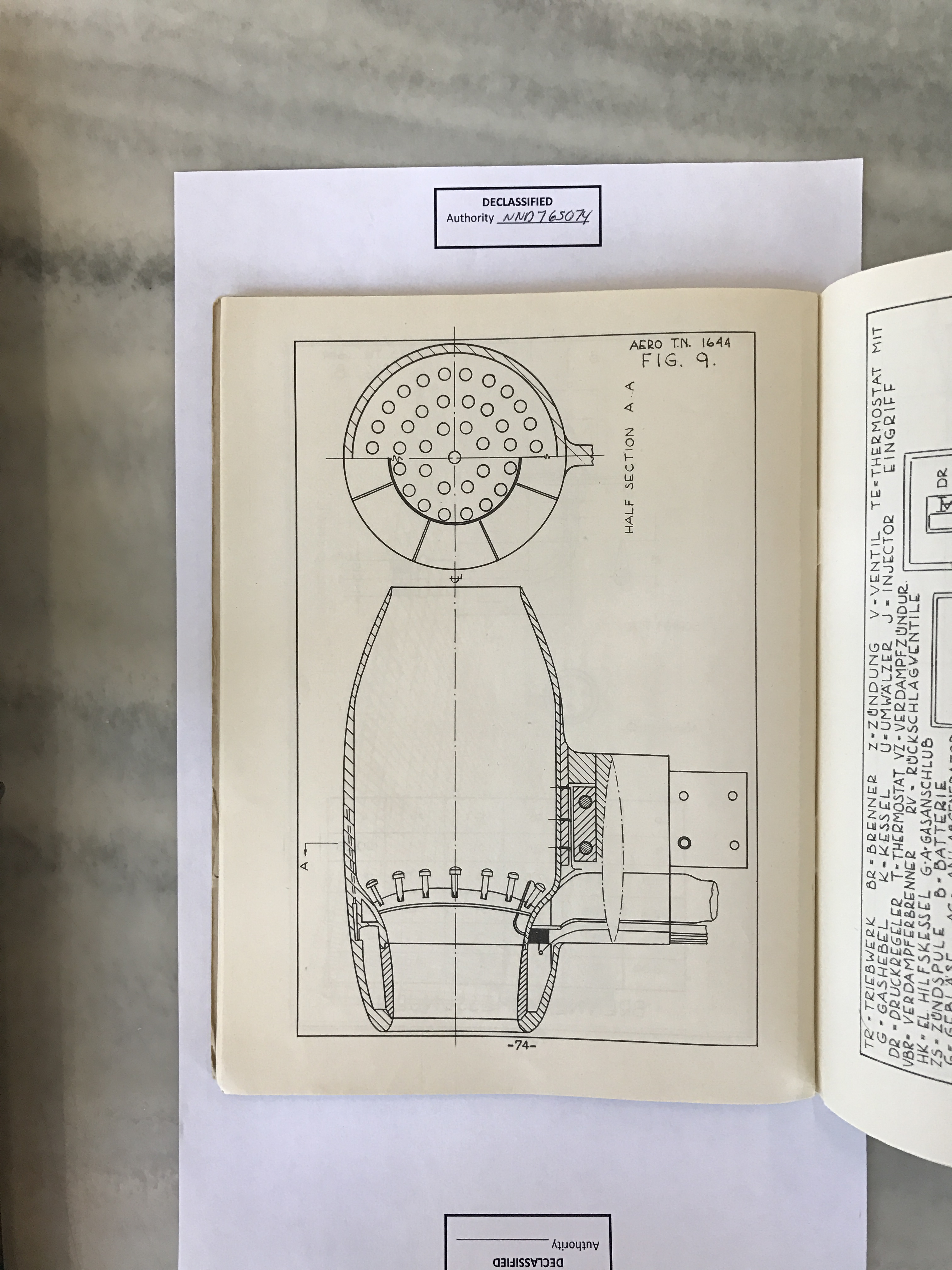
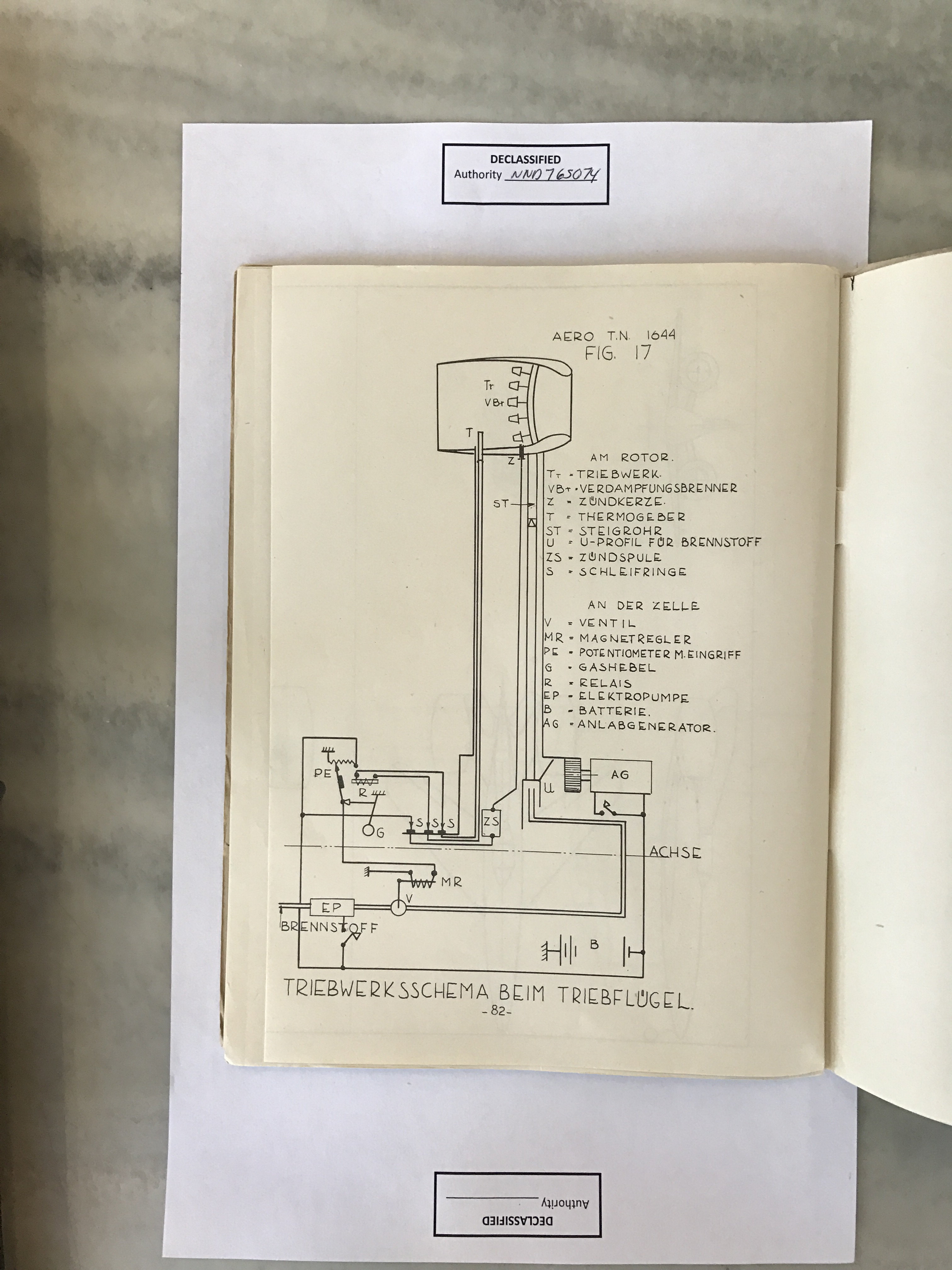
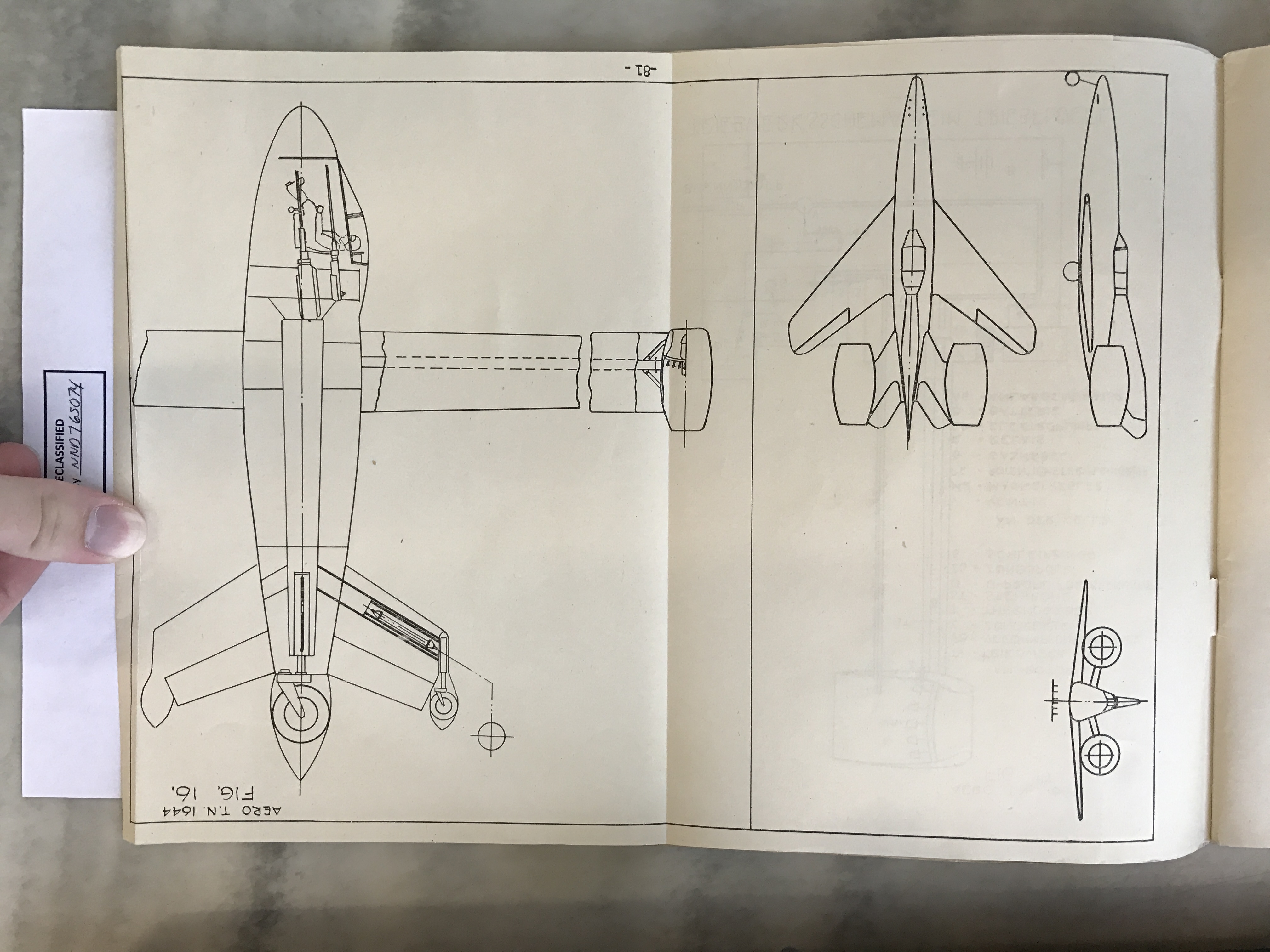 Bonus: Focke-Wulf Ta-283.
Bonus: Focke-Wulf Ta-283.
From the Archives: “Infrared Wunderwaffe”
Recorded in CIOS report number XXIV-7, titled “German Infra Red Driving and Fire Control Equipment Fallingbostel”, is the following account regarding the effectiveness of Panther tanks with infrared gear:
“Uhu and Puma in combination were said to have been used by two units on the Eastern Front with immense success; it was claimed that 67 Russian tanks had been knocked out in one night. These two units and the unit captured were said to be the only three German units equipped with I.R. gear. Gear for other units was, however, said to be in existence hidden in various places, which are known to Major von Werthe[r]n.”
It is not recorded how many Pumas (Panther tanks with I.R. gear) were in each unit, however the training unit that was captured by the Allies was made up of 4 Sd.Kfz.251/20 Uhus, 16 Sd.Kfz.251/20 Falkes, and 3 staff cars. Even if the unit in question had 16 Pumas, which seems unlikely, that is still more than 4 kills claimed on average per tank! It is amazing that with such numbers the Germans still lost the war 😉
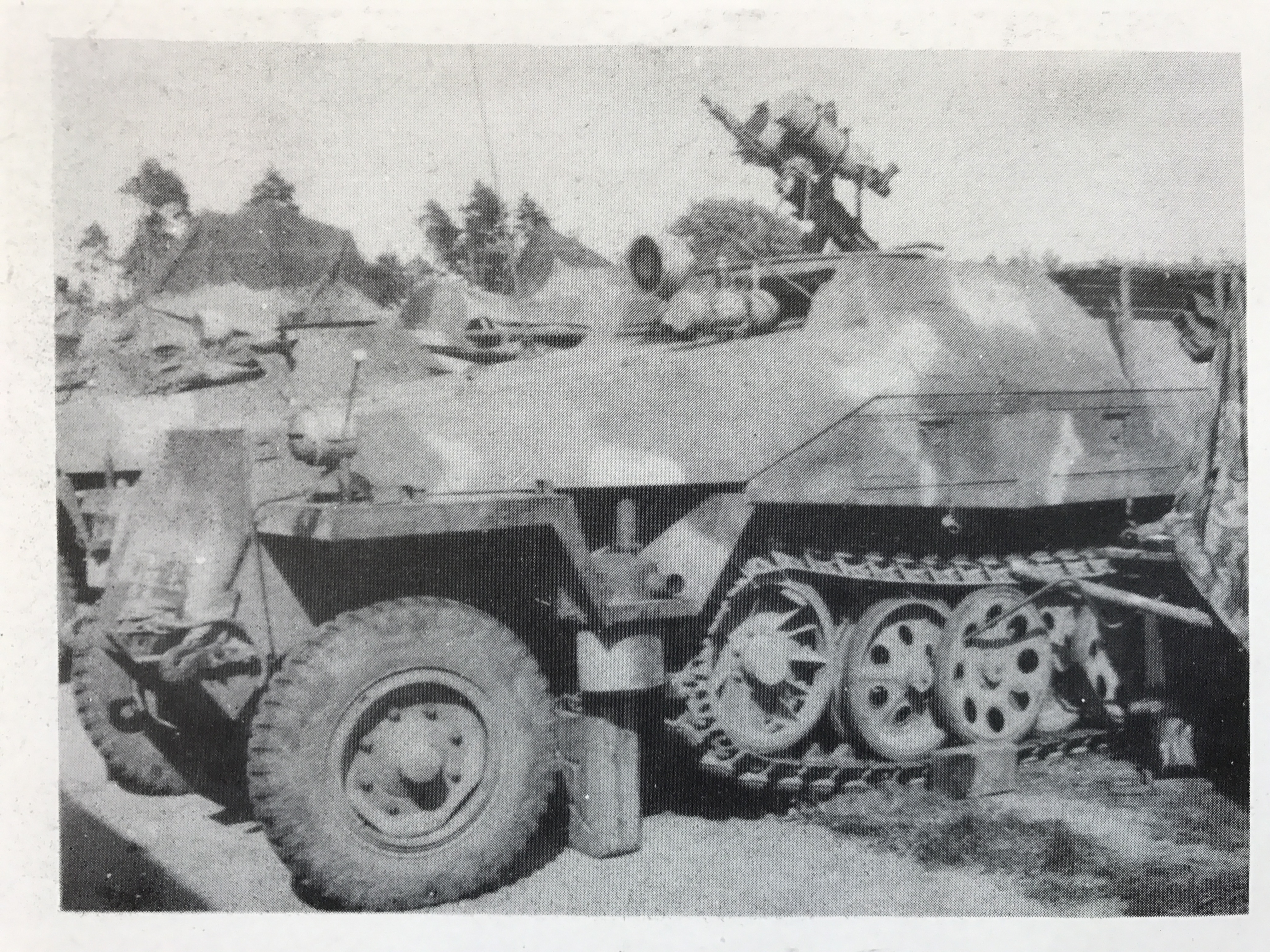
Sd.Kfz.251/20 “Falke”, a standard Sd.Kfz.251 Ausf.D with F.G. 12/50 (200 watt infrared spotlight and receiver mounted to MG42) and F.G. 12/52 (100 watt infrared wide-angle spotlight and receiver for driving).
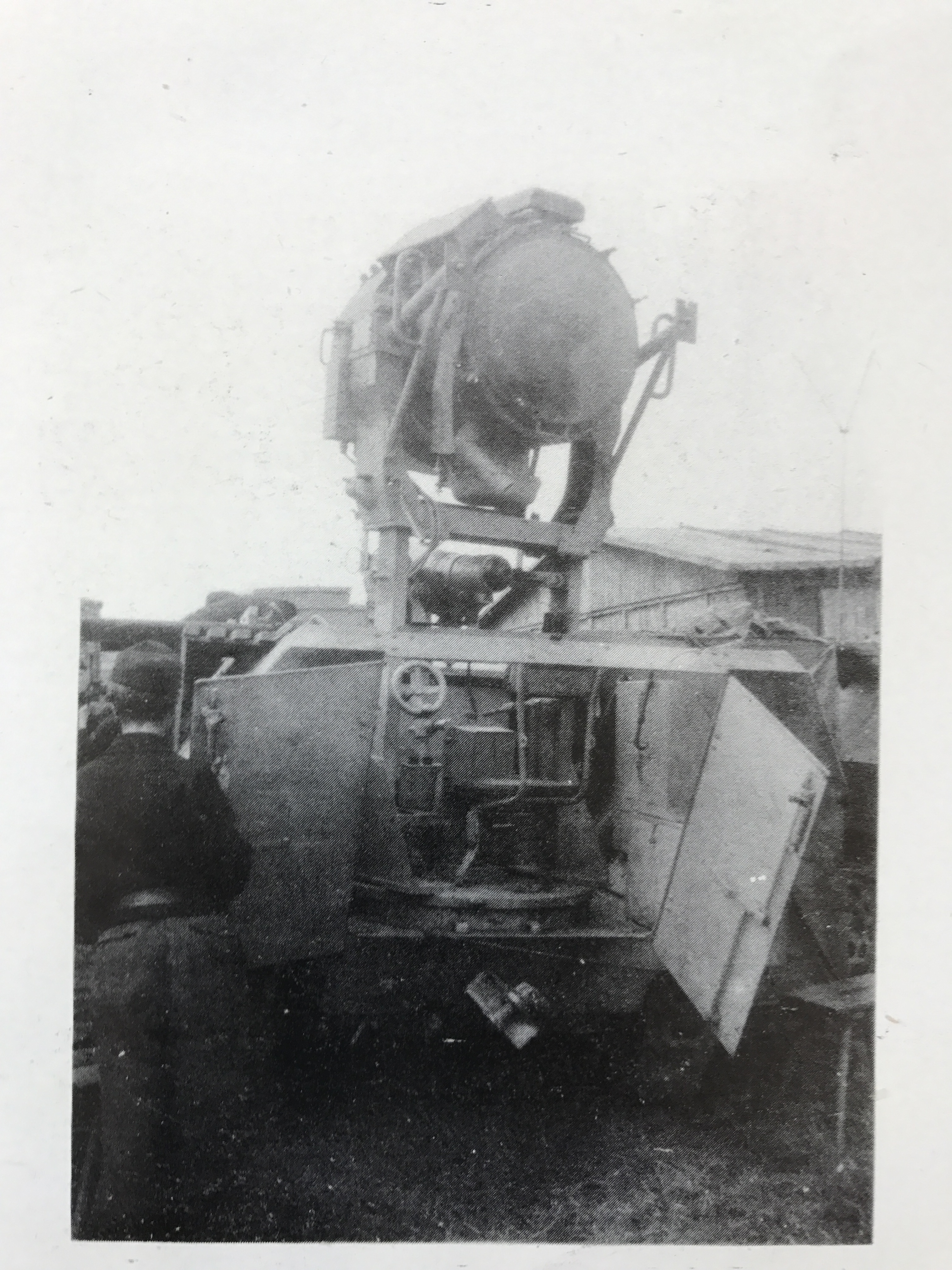
Sd.Kfz.251/20 “Uhu” from the rear. The Uhu carried a 60cm infrared searchlight that could rotate 360 degrees.
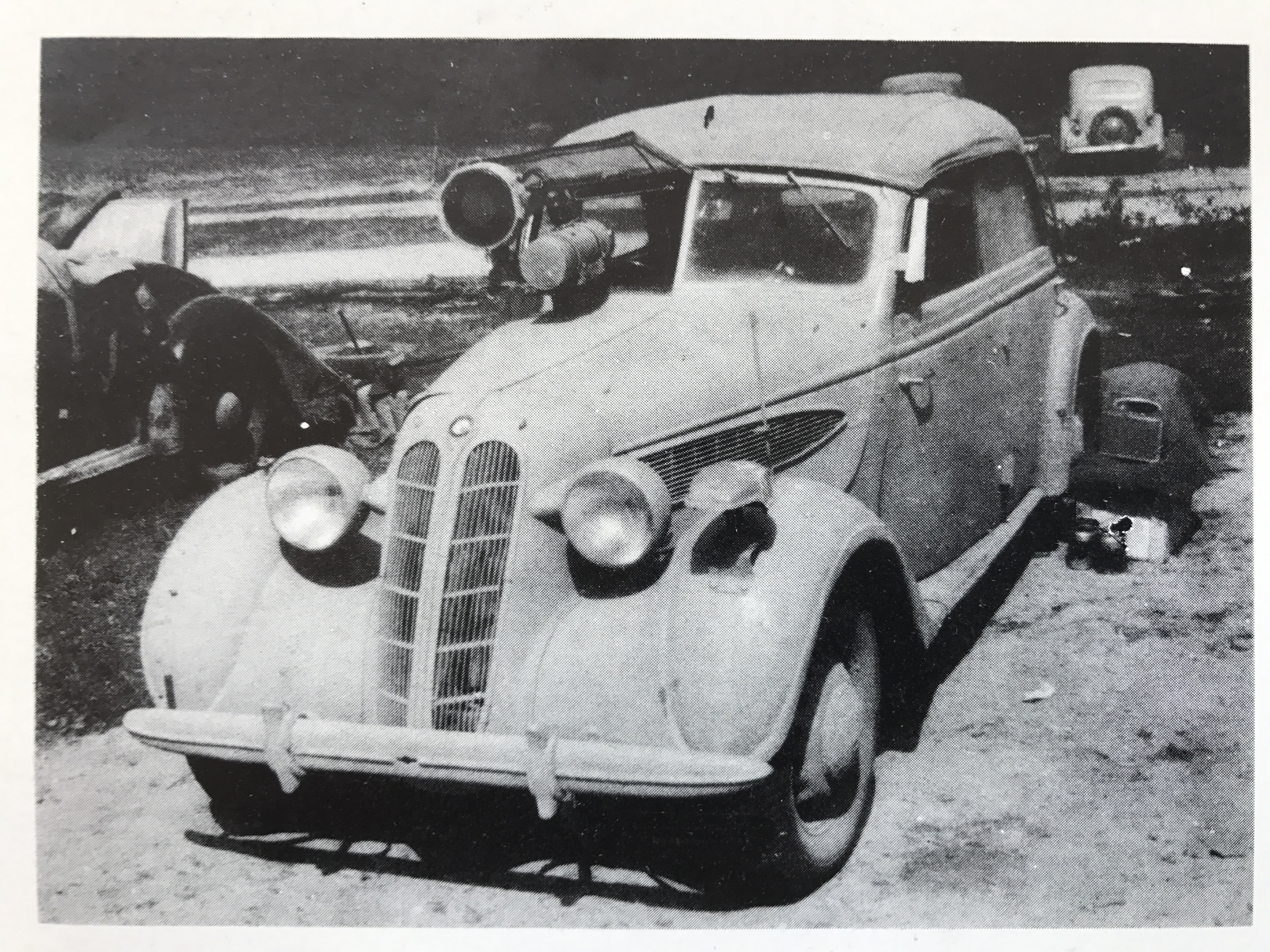
BMW 321 staff car with F.G. 12/52 infrared driving equipment.
From the Archives: Maybach HL 234 R
Part 4 of 4 regarding engine blueprints from the US National Archives.
Record Group 331 Contained a collection of miscellaneous drawings, among them were full sets of blueprints for Maybach German tank engines.
The final set of blueprints were marked HL 234 R. The “R” version of the HL 234 denoted it was to run on diesel instead of the usual gasoline. This engine would have made only 600hp at 2800rpm.
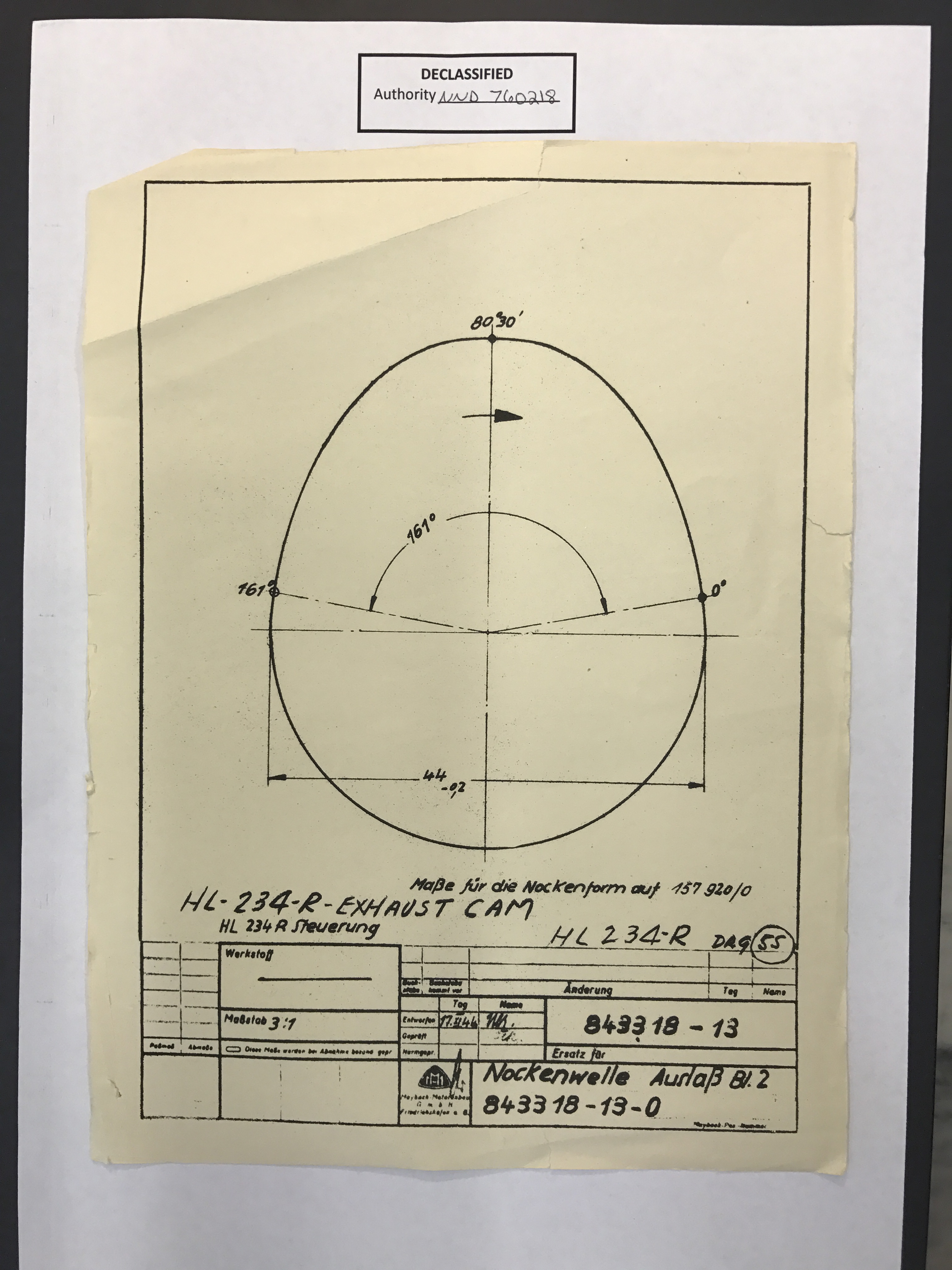
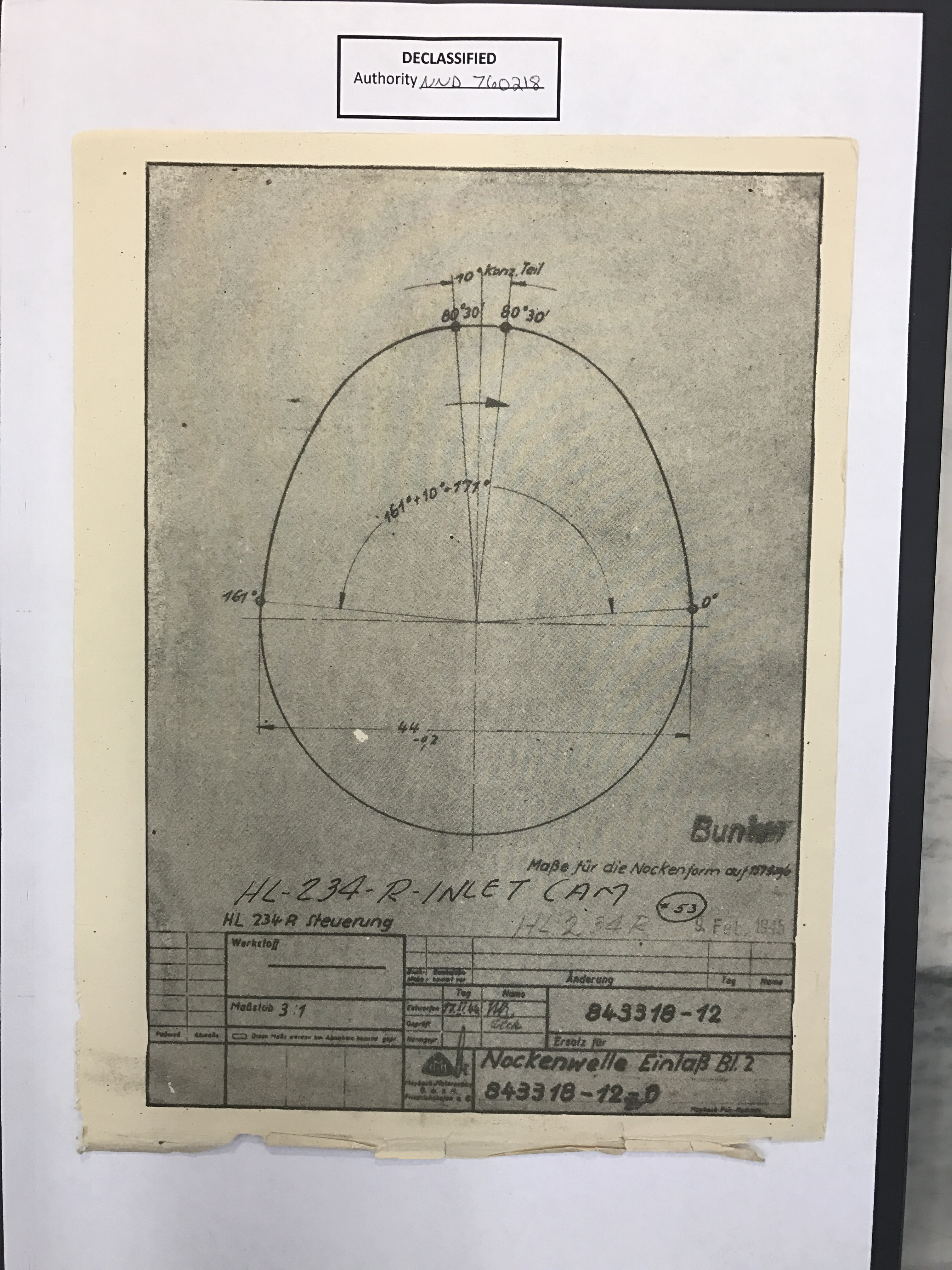
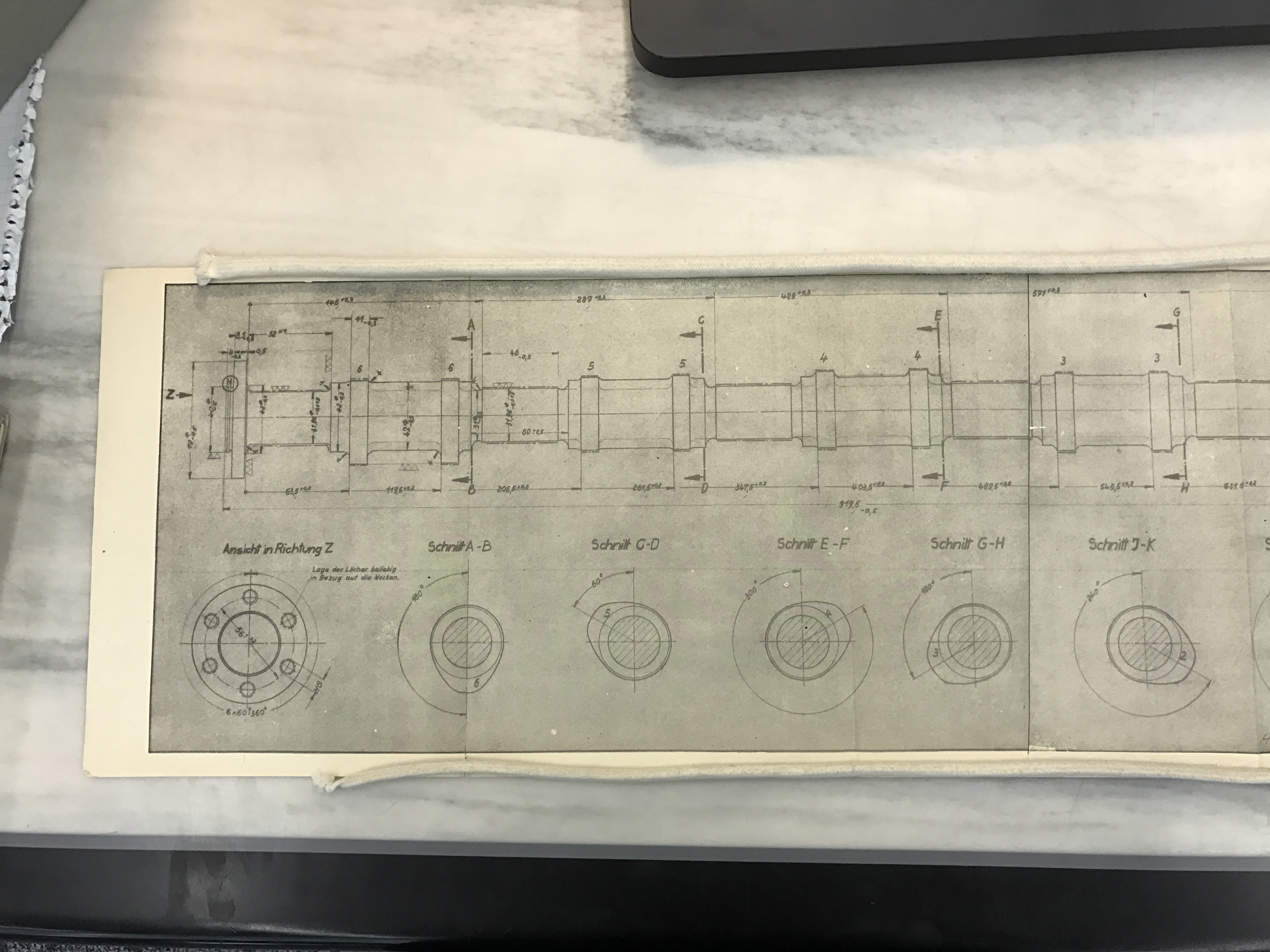
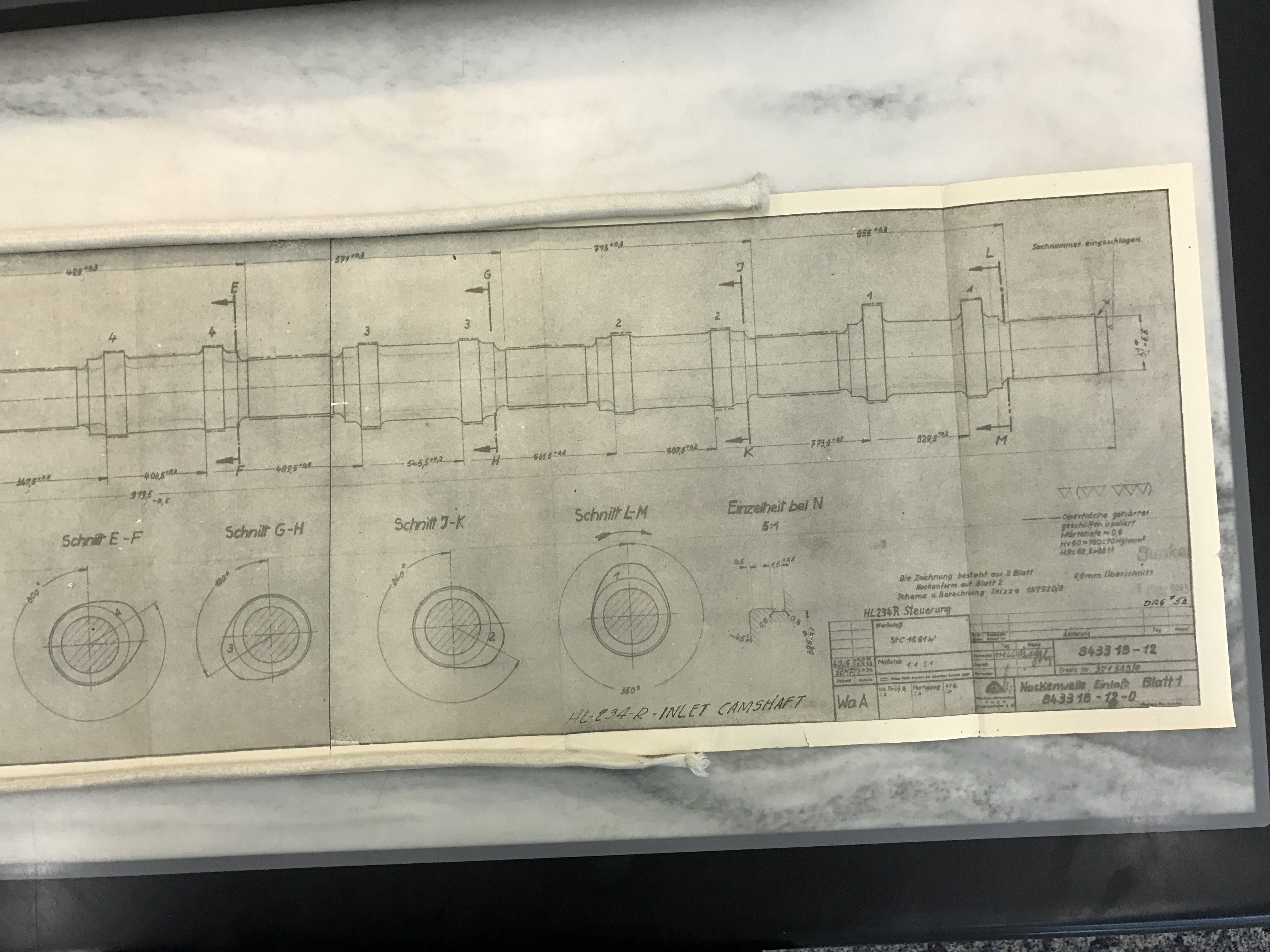
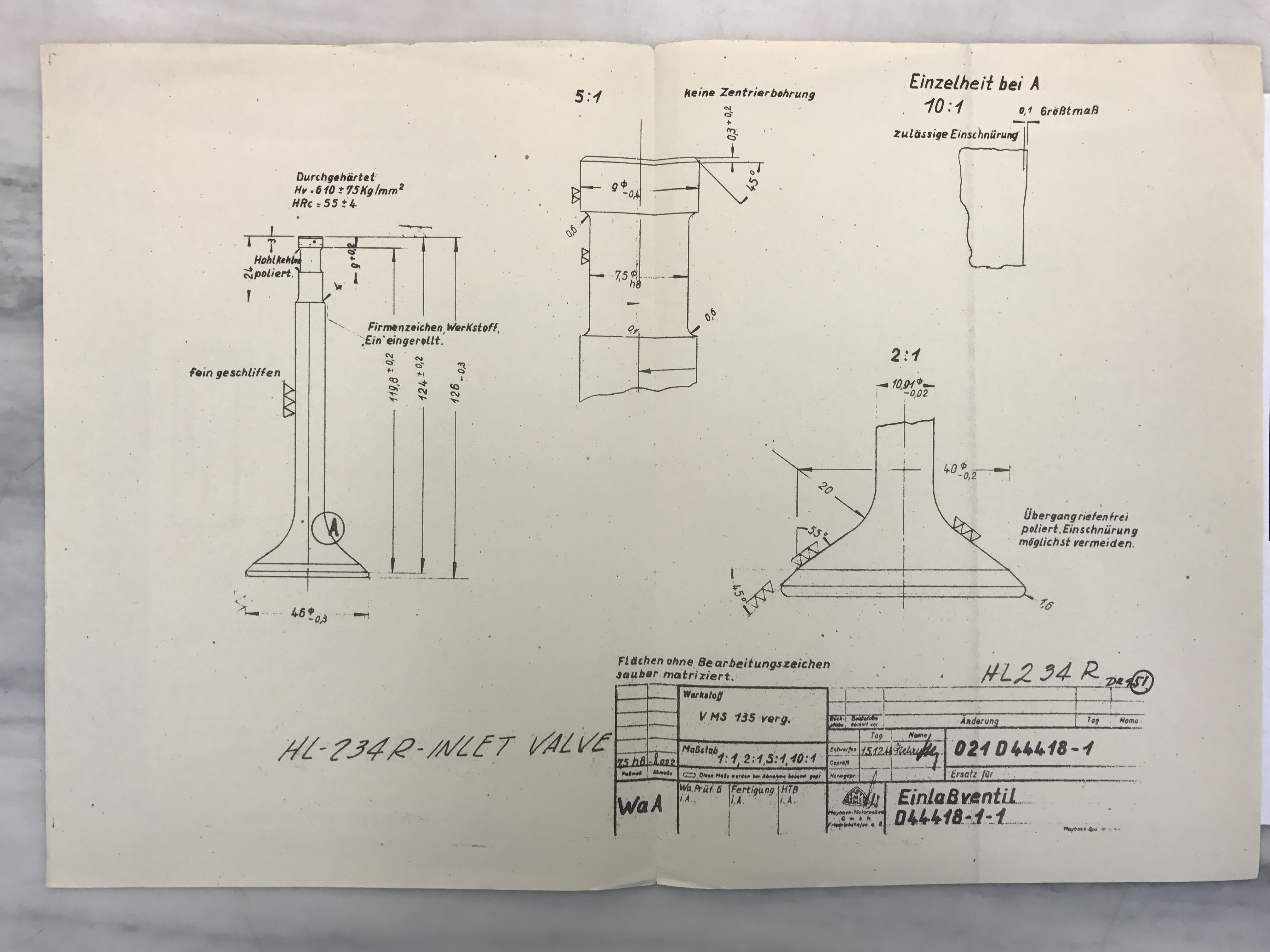
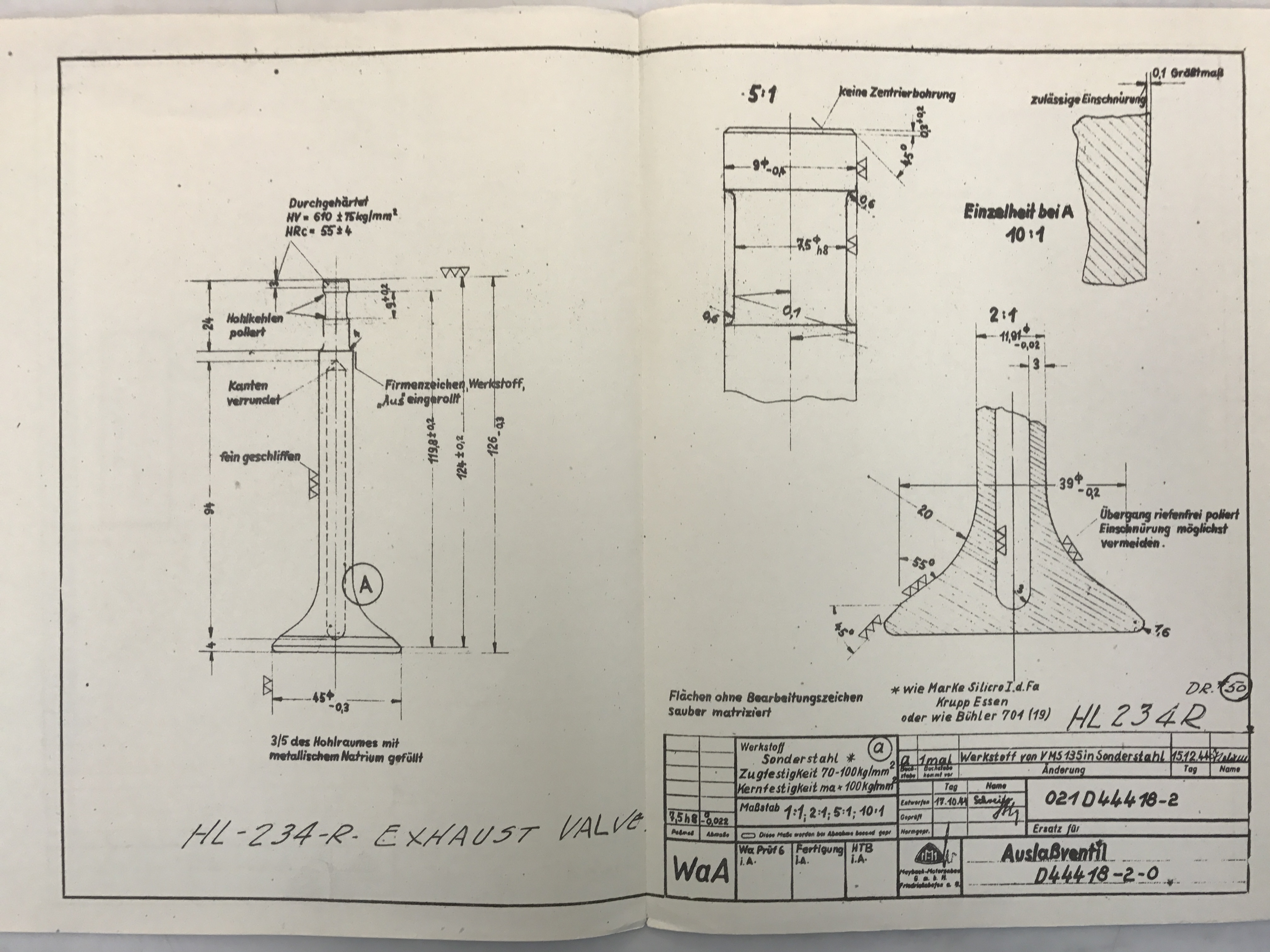
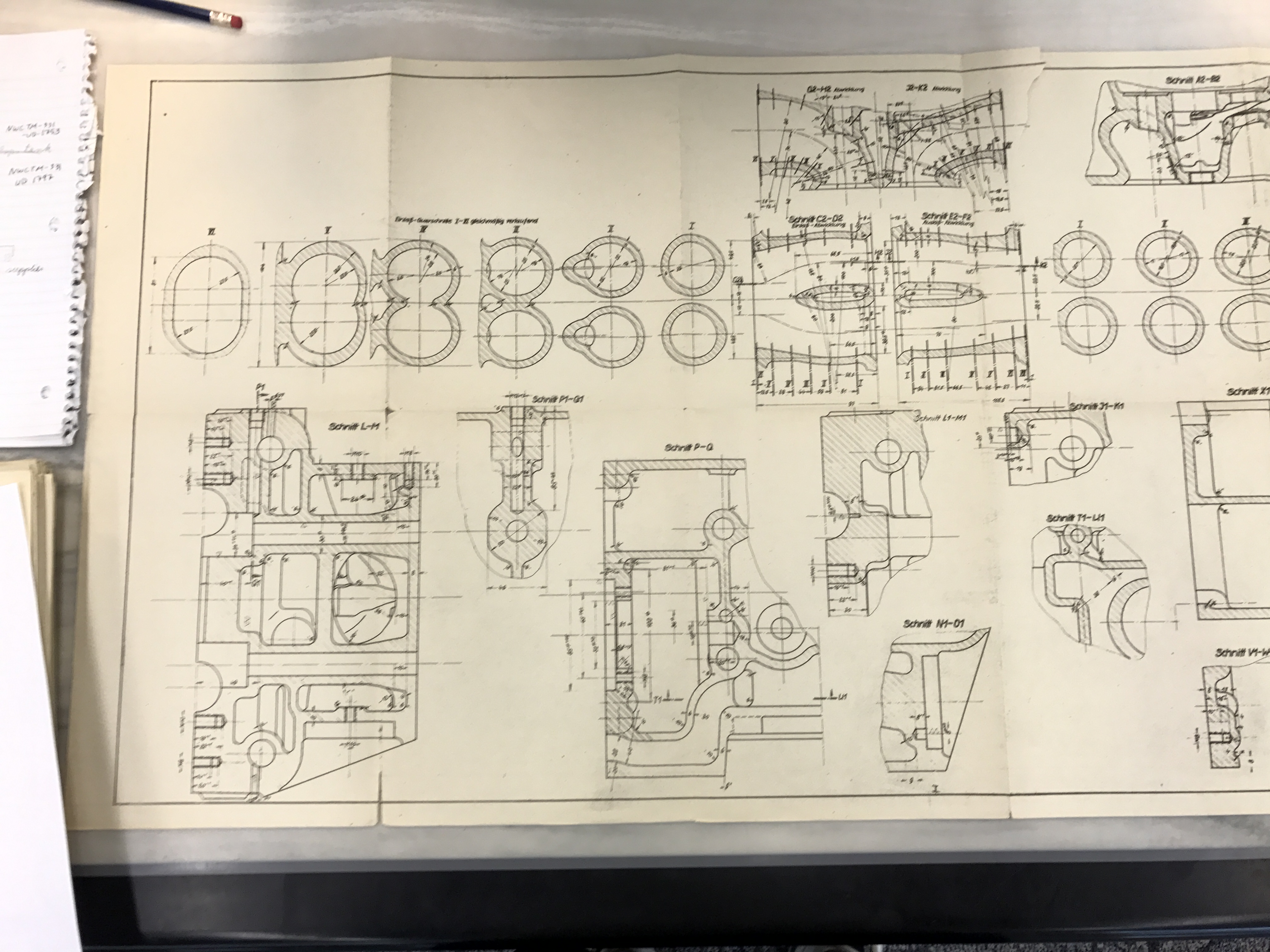
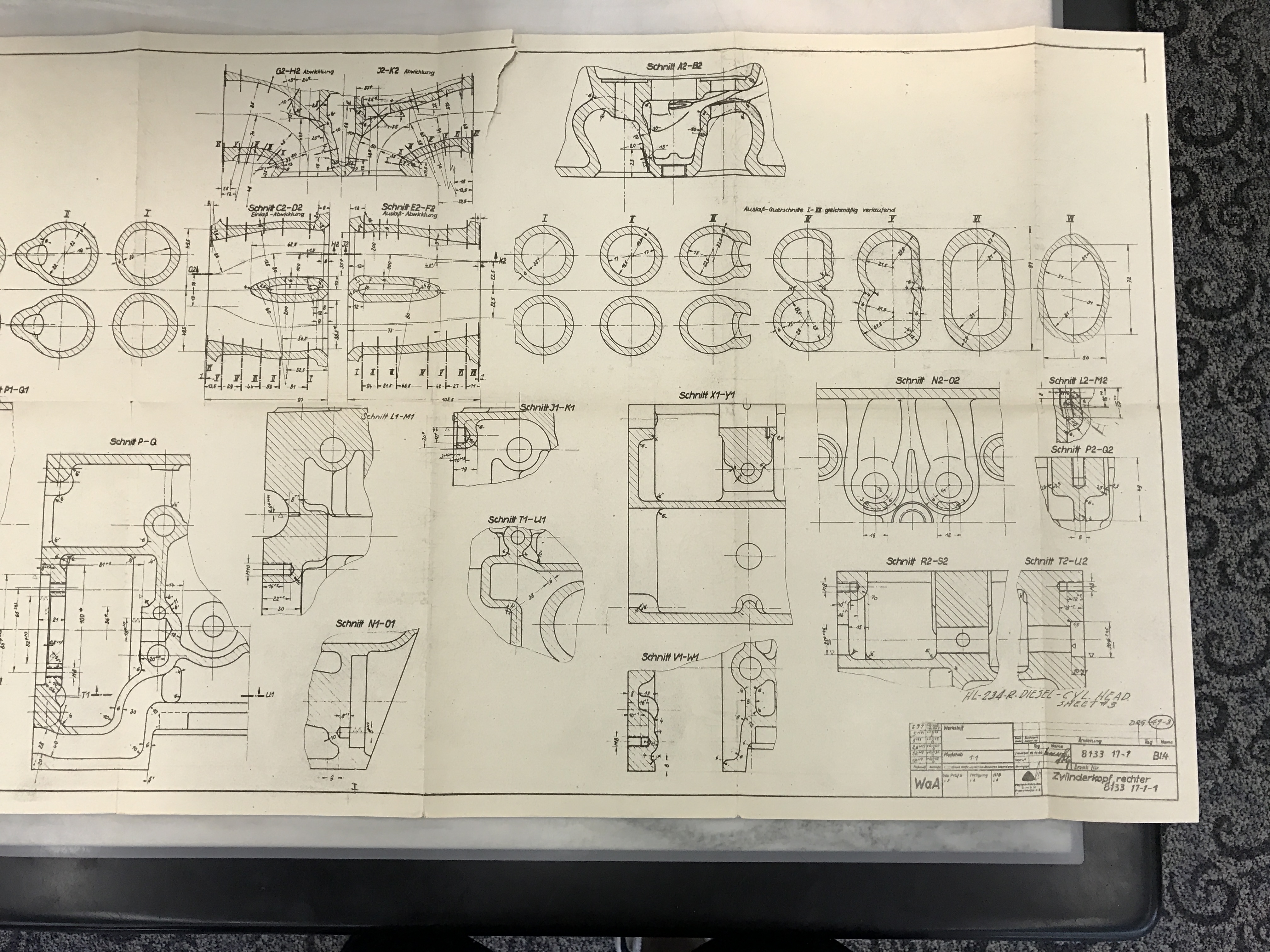
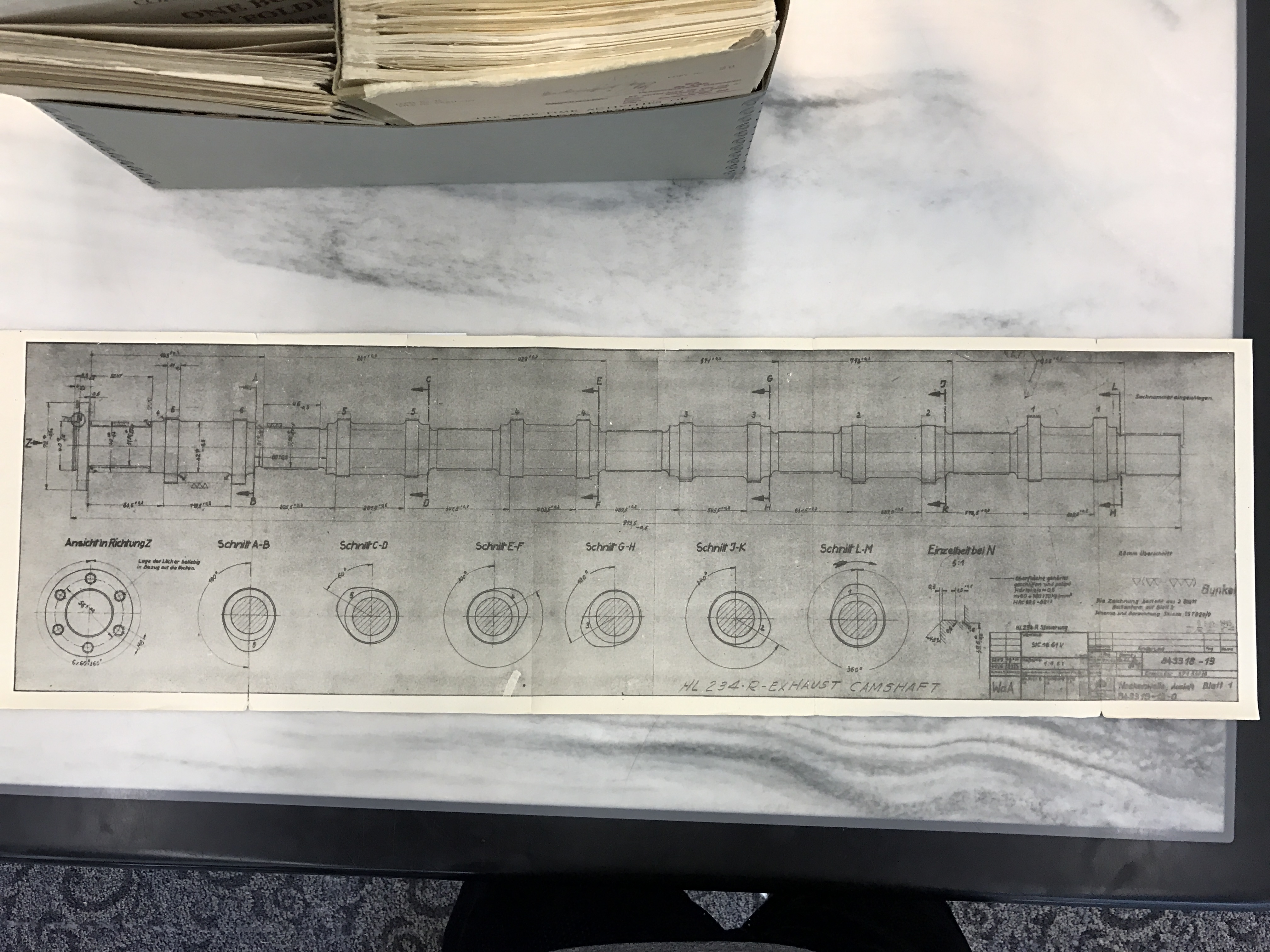
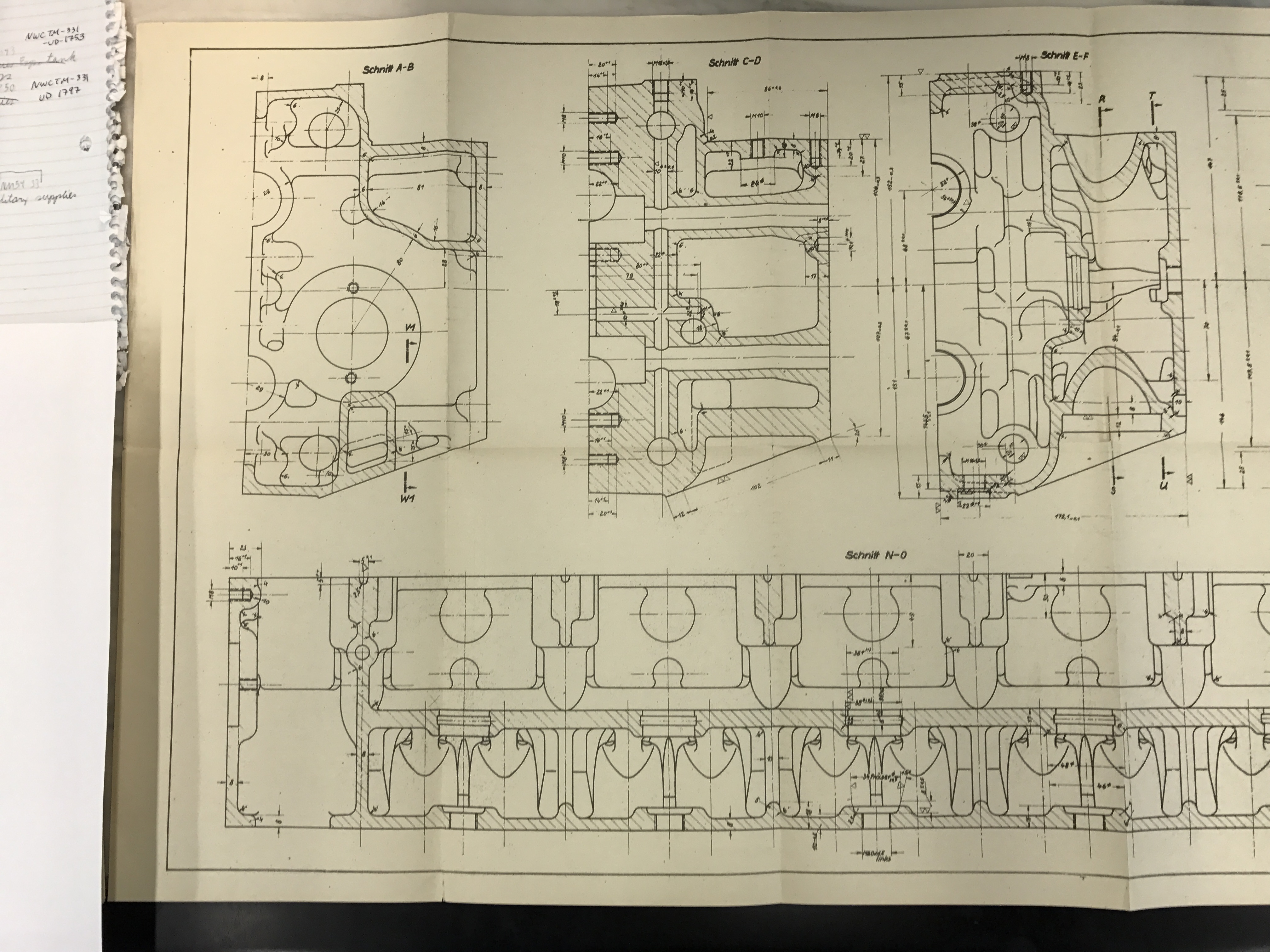
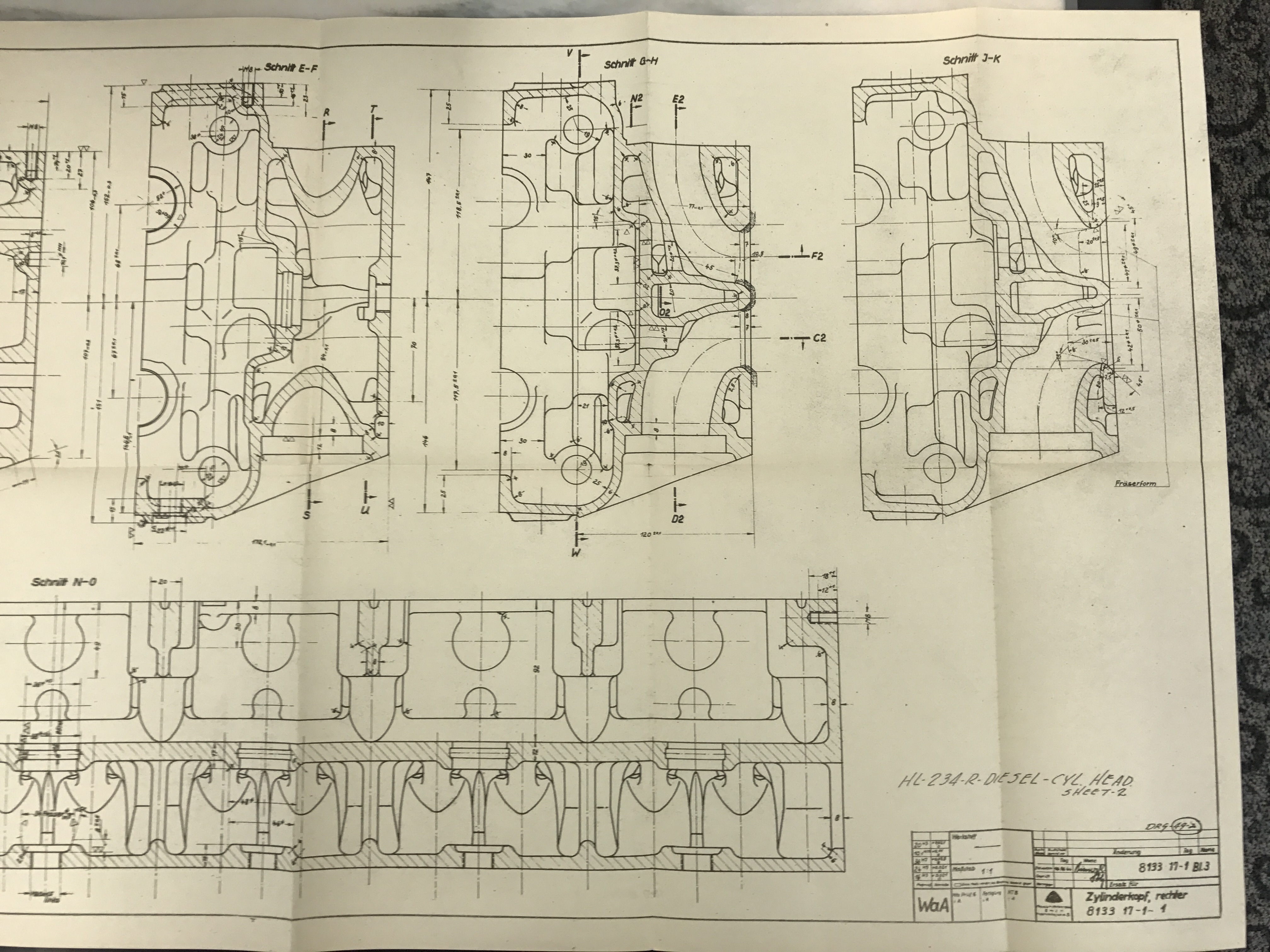
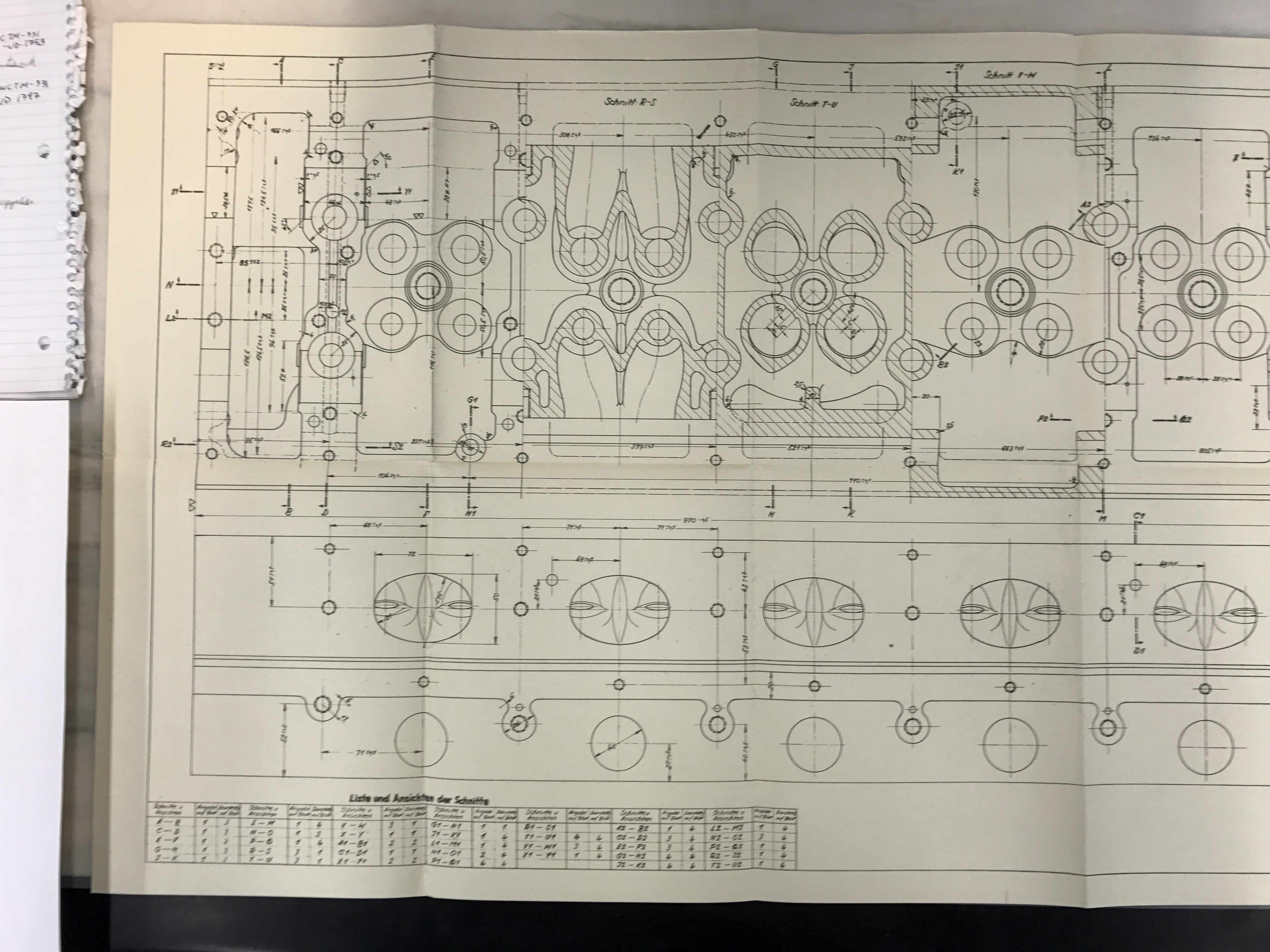
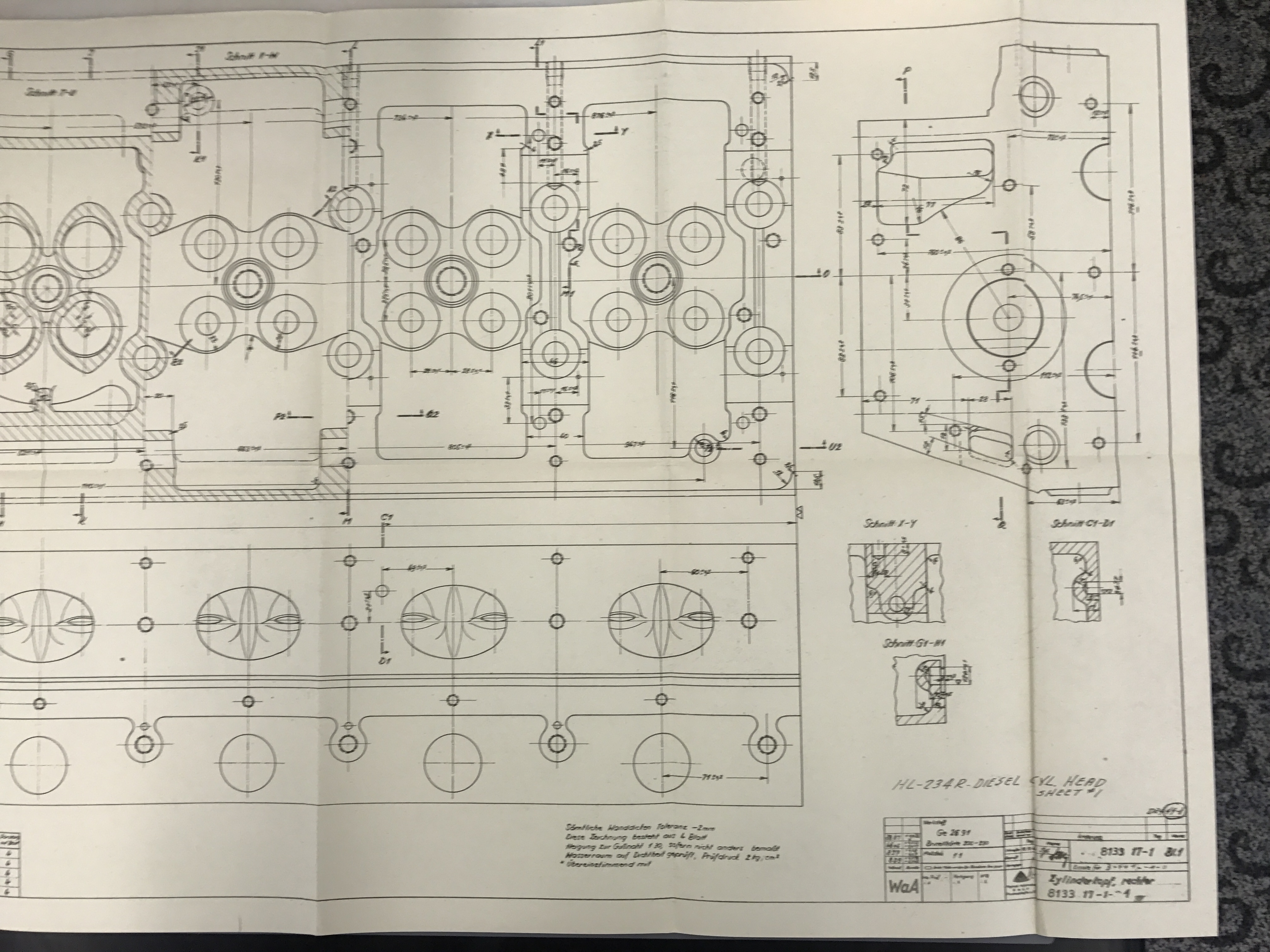
From the Archives: Maybach HL 234
Part 3 of 4 regarding engine blueprints from the US National Archives.
Record Group 331 Contained a collection of miscellaneous drawings, among them were full sets of blueprints for Maybach German tank engines.
The Maybach HL 234 was the ultimate engine the Germans would design in World War II. The War ended before it could become anything more than a prototype, but had it continued the HL 234 would have replaced the overworked HL 230 in powering the Tiger II, and presumably the E-50 and E-75.
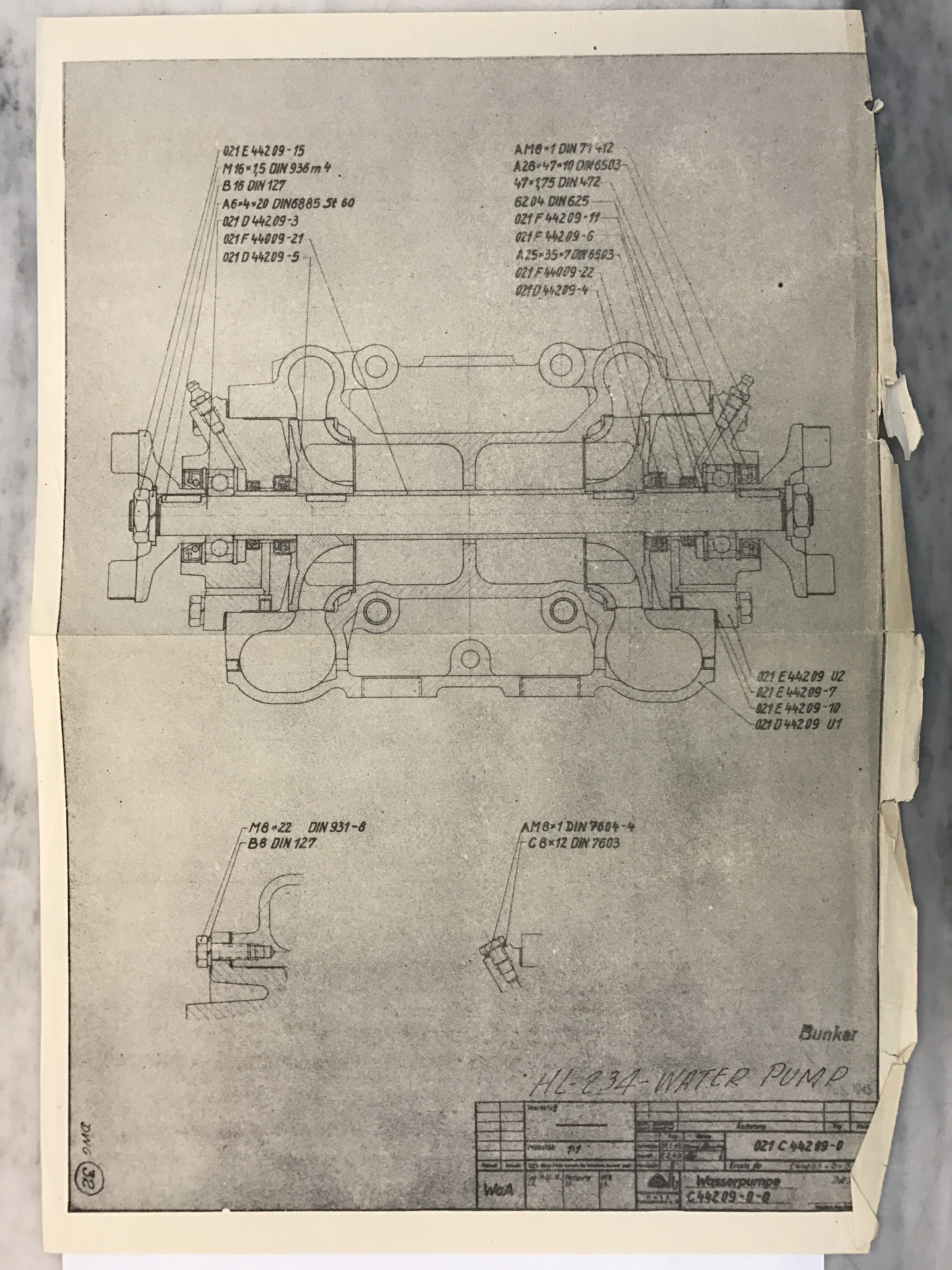
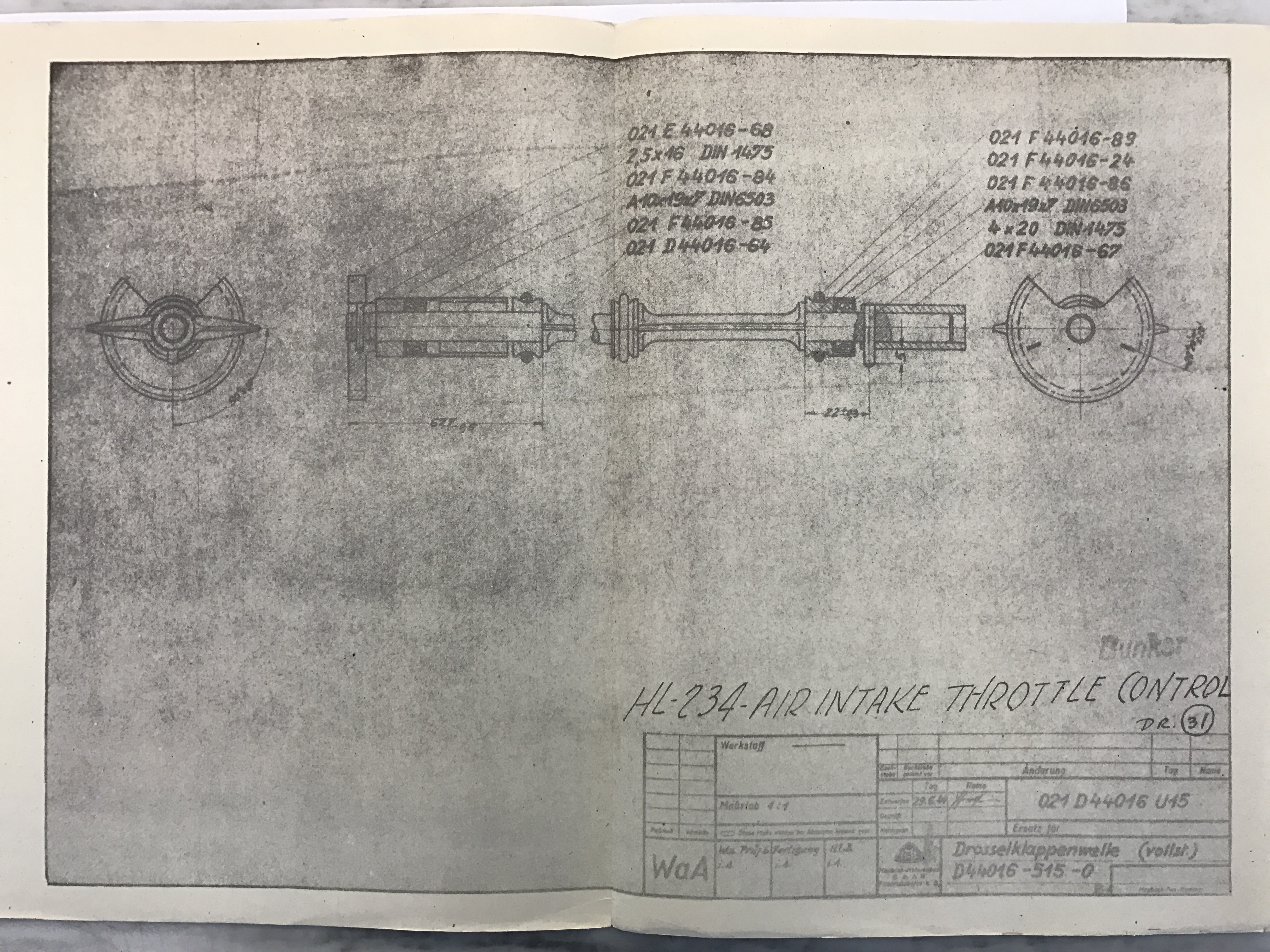
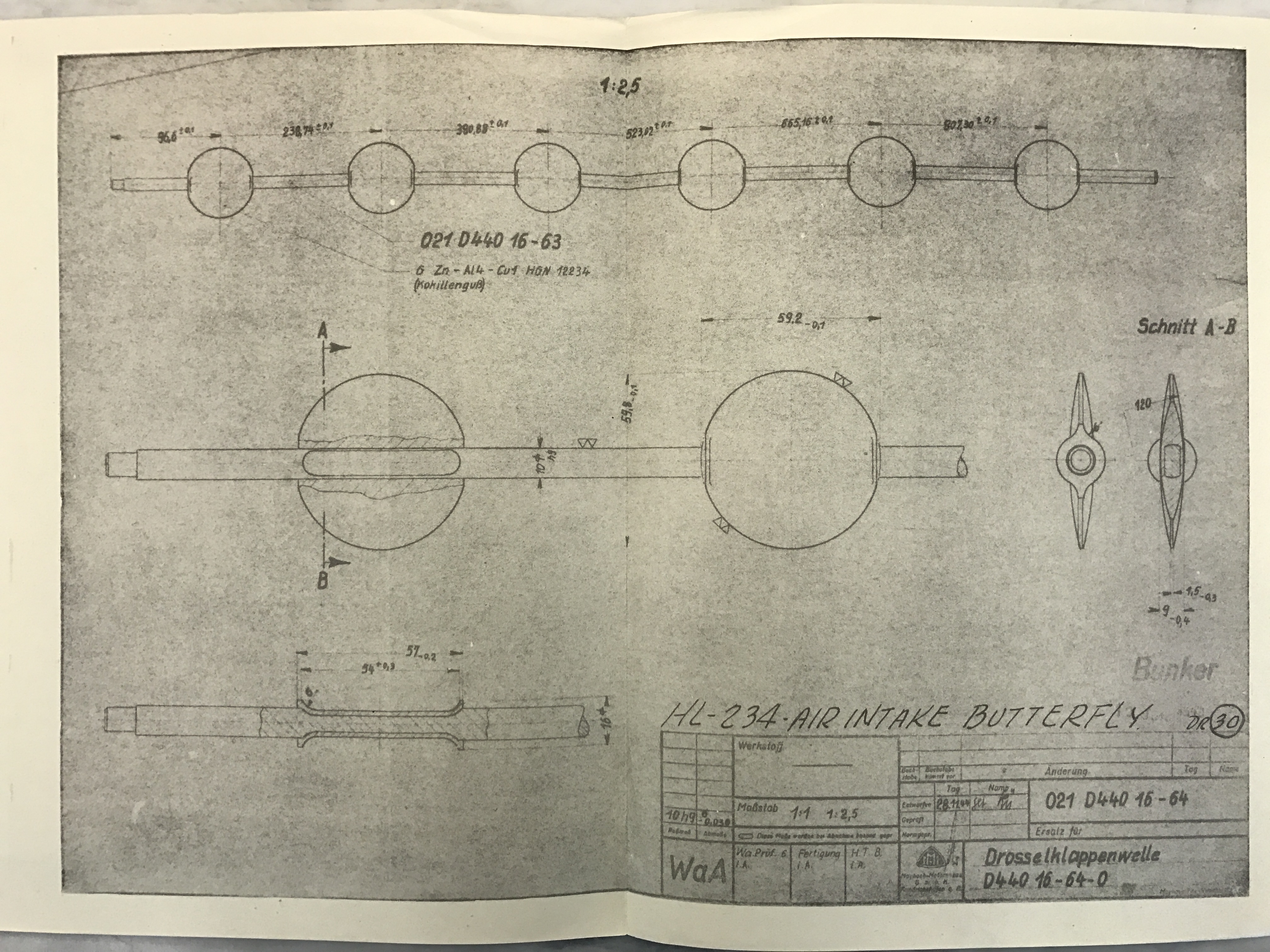
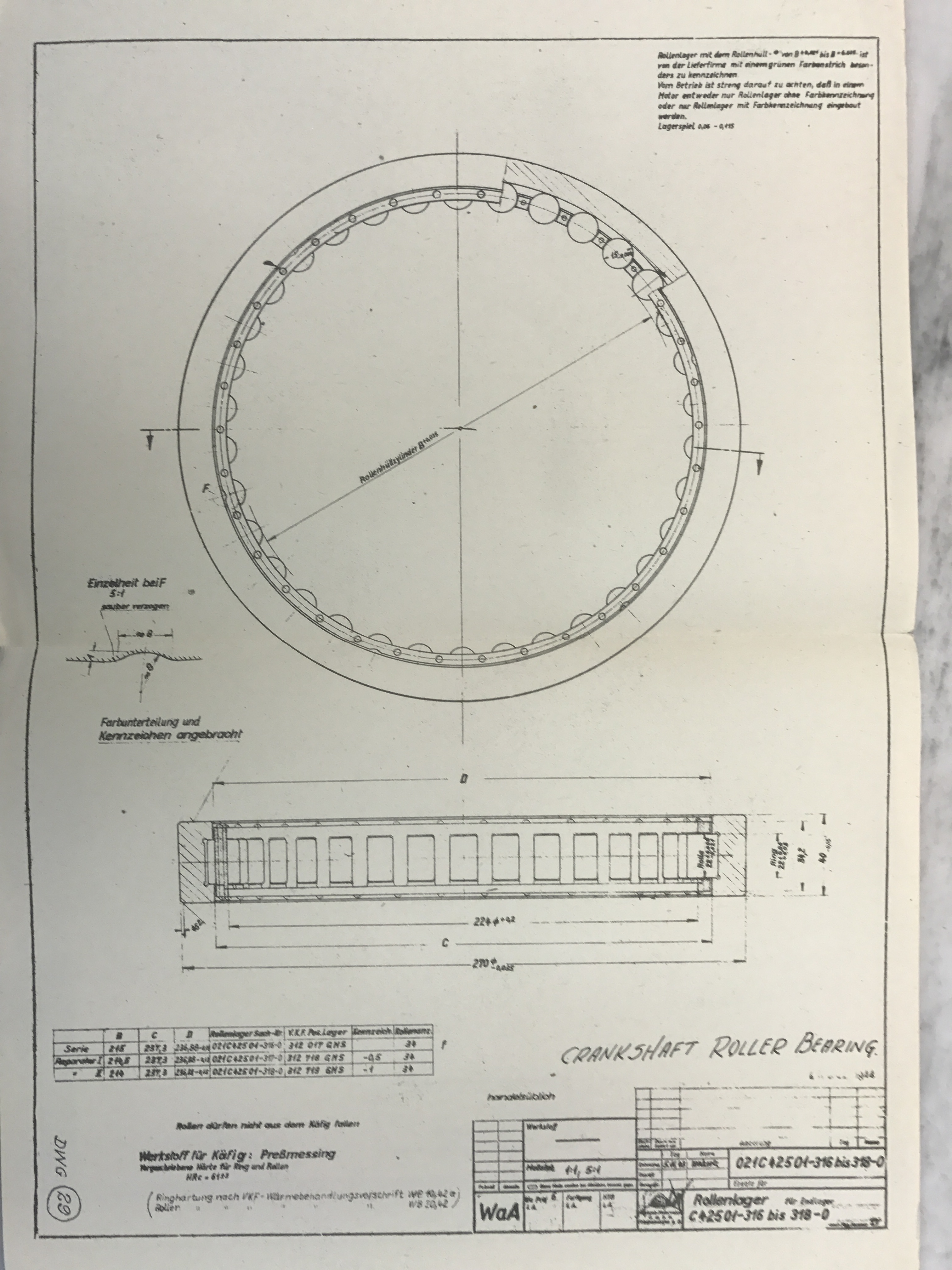

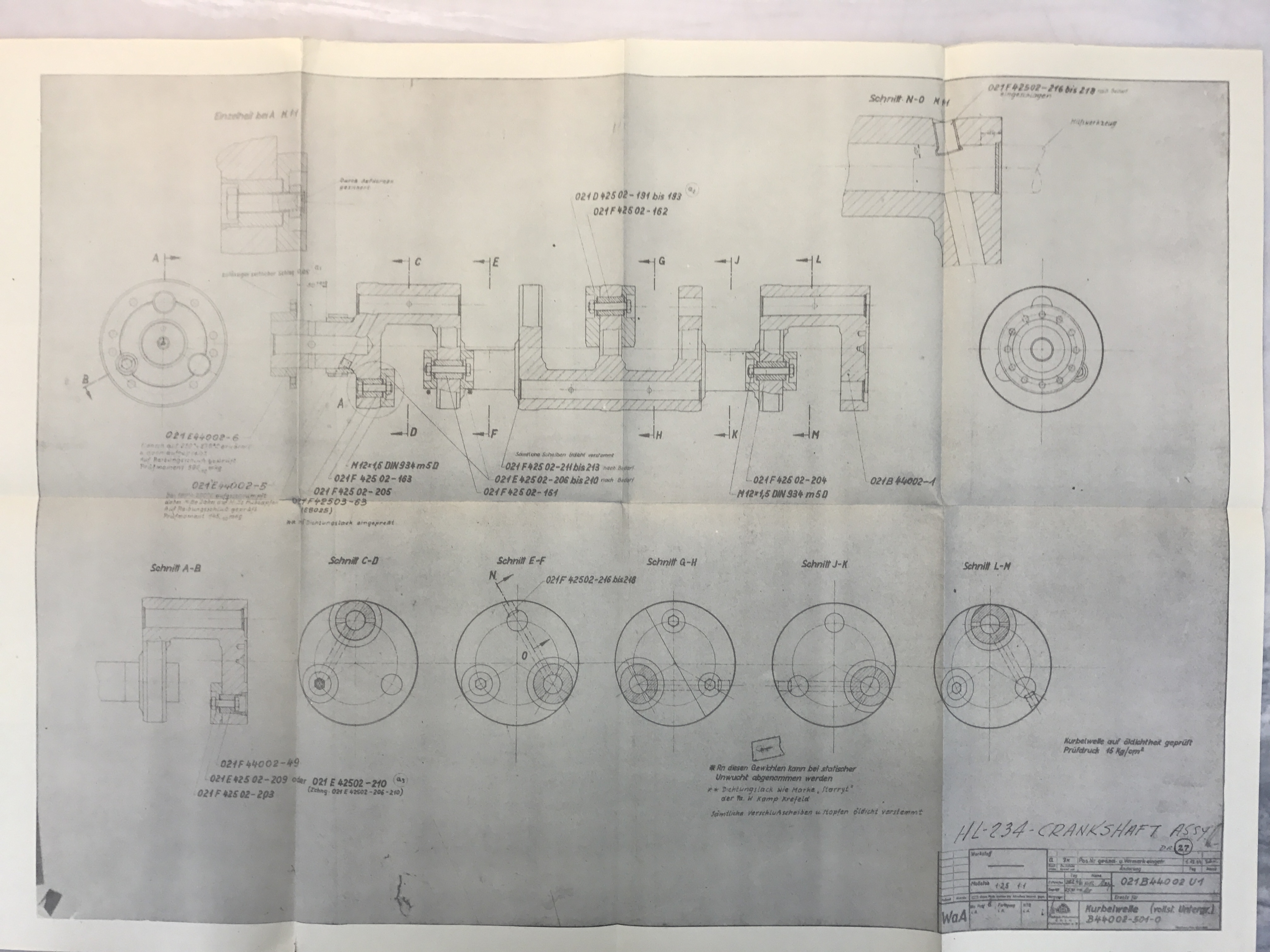
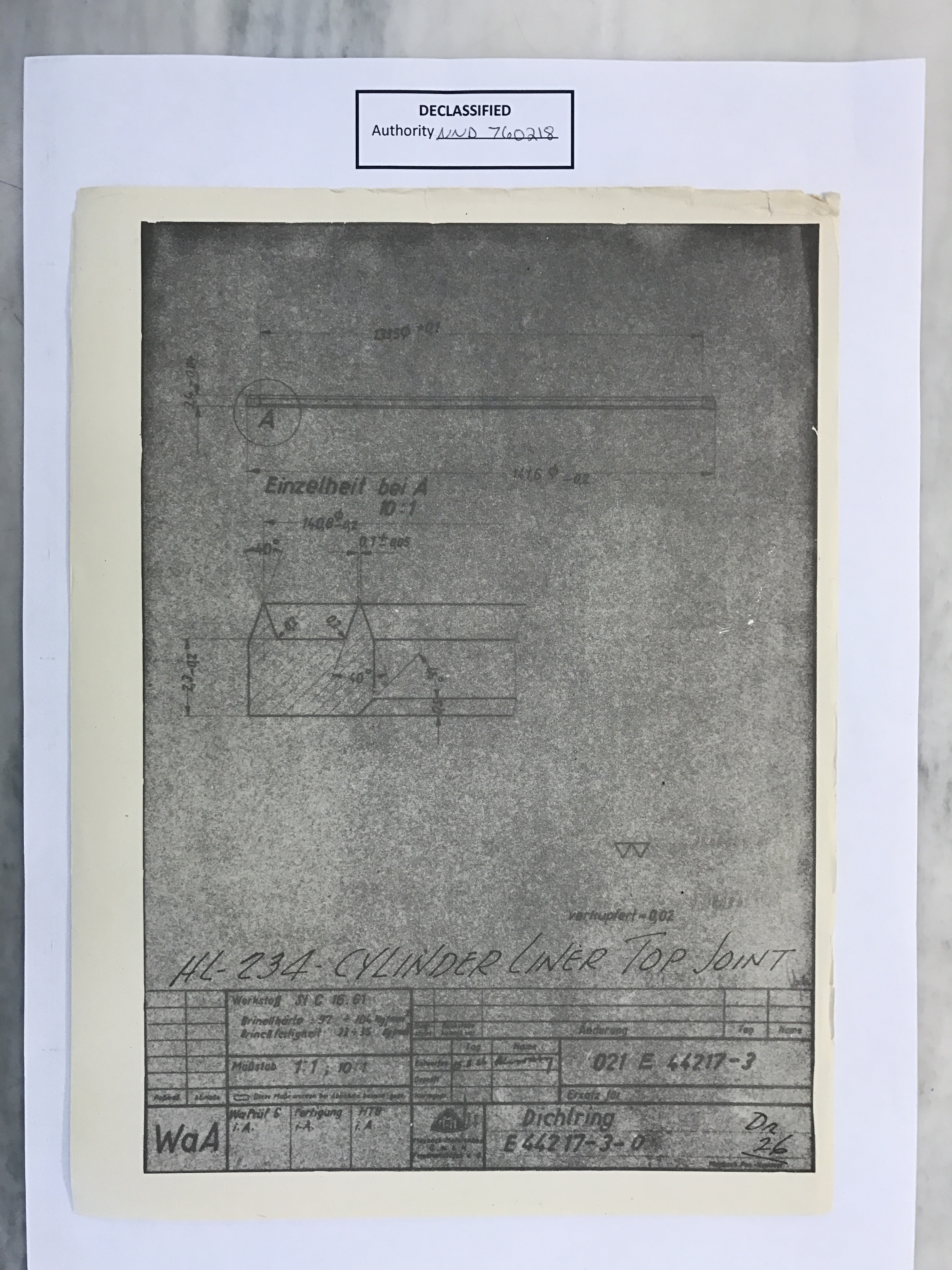
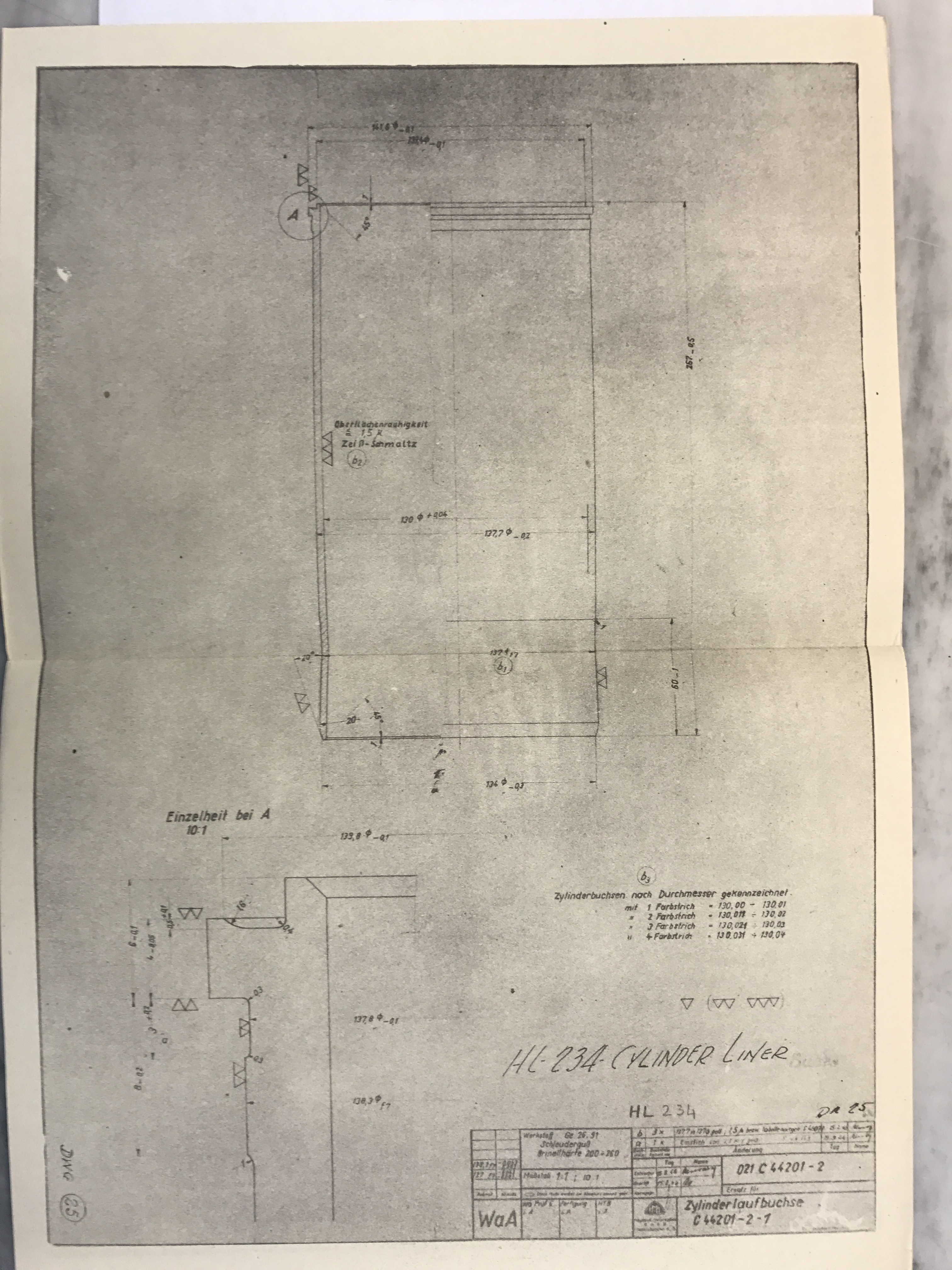
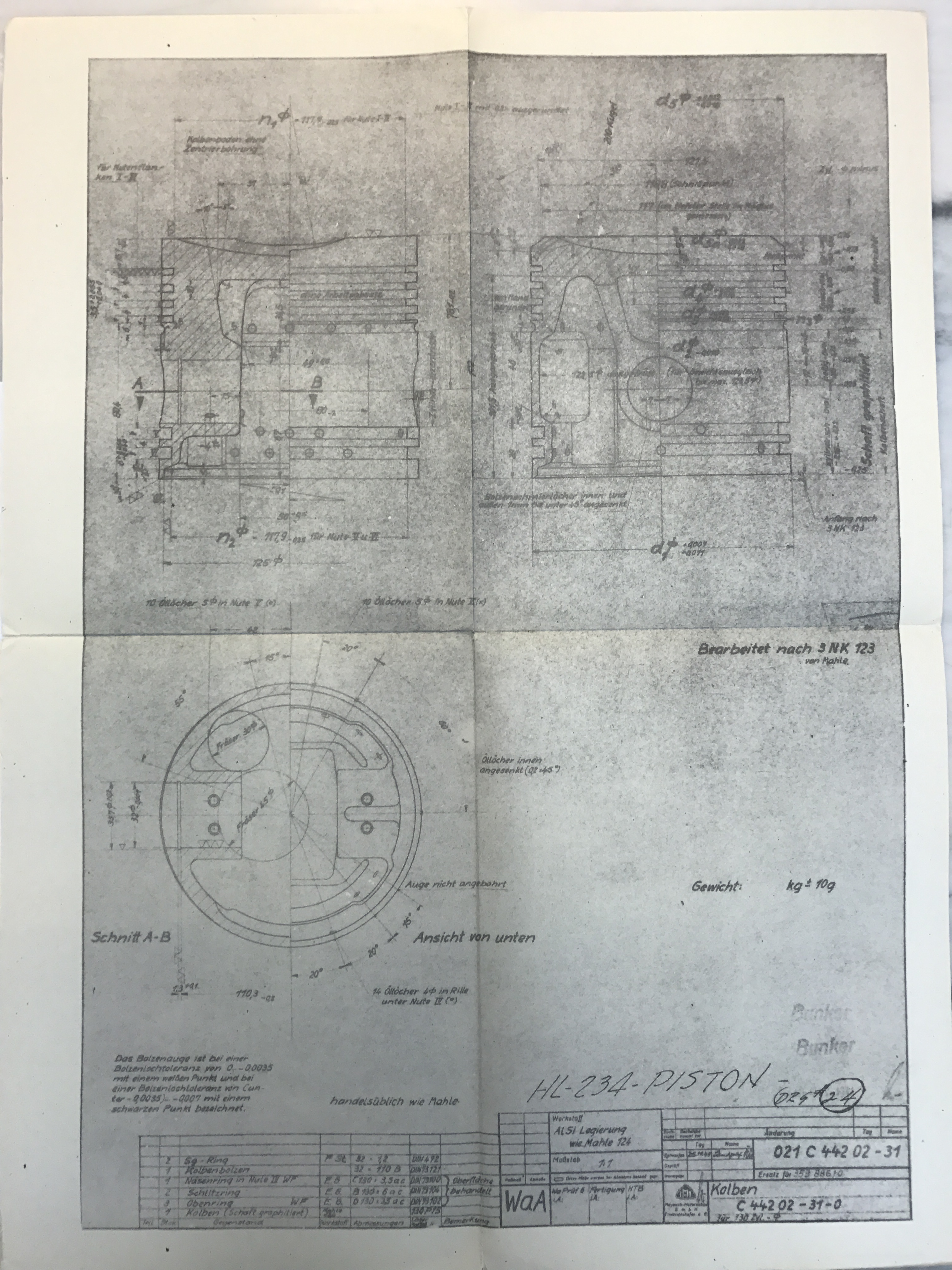
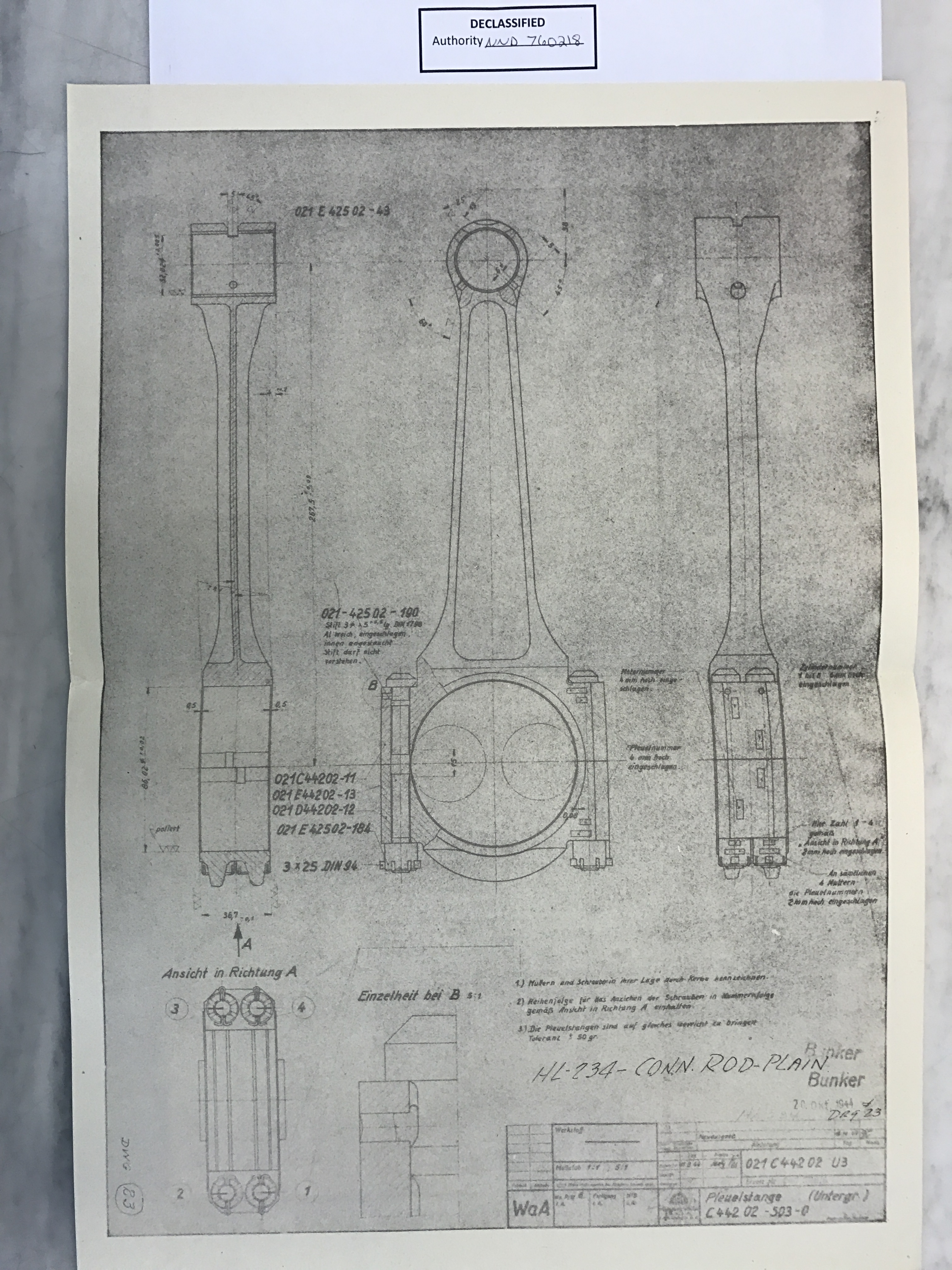
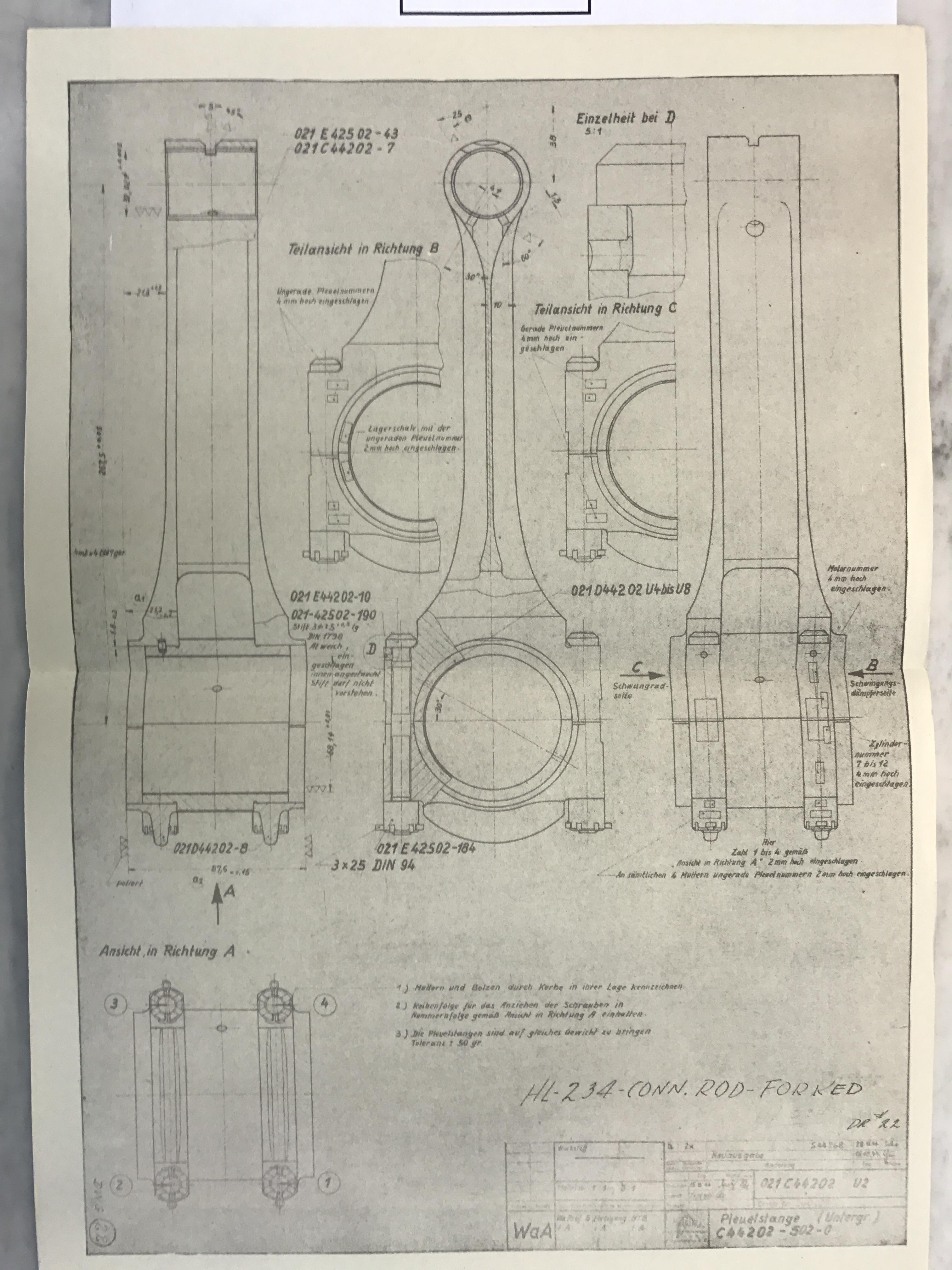
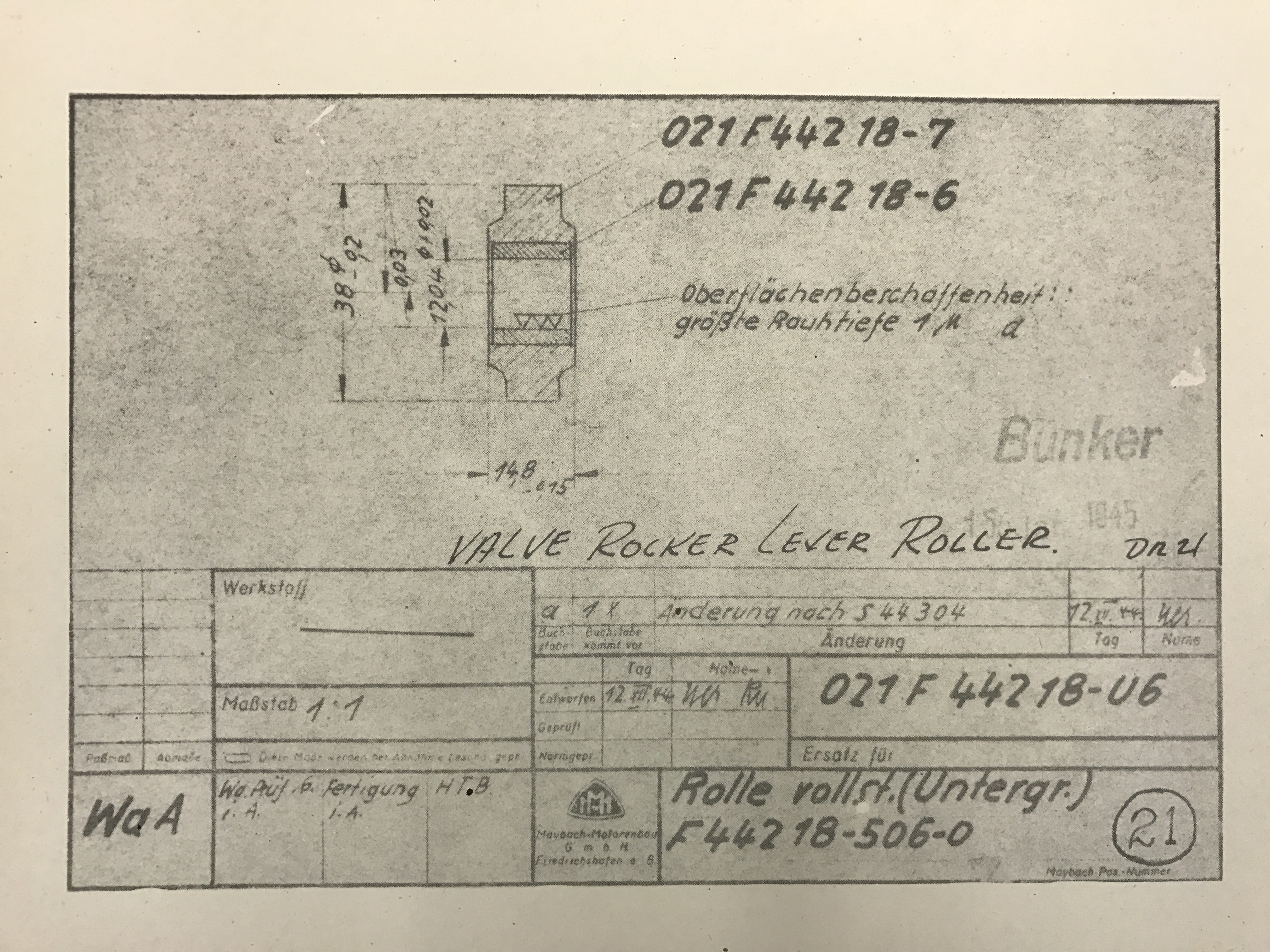
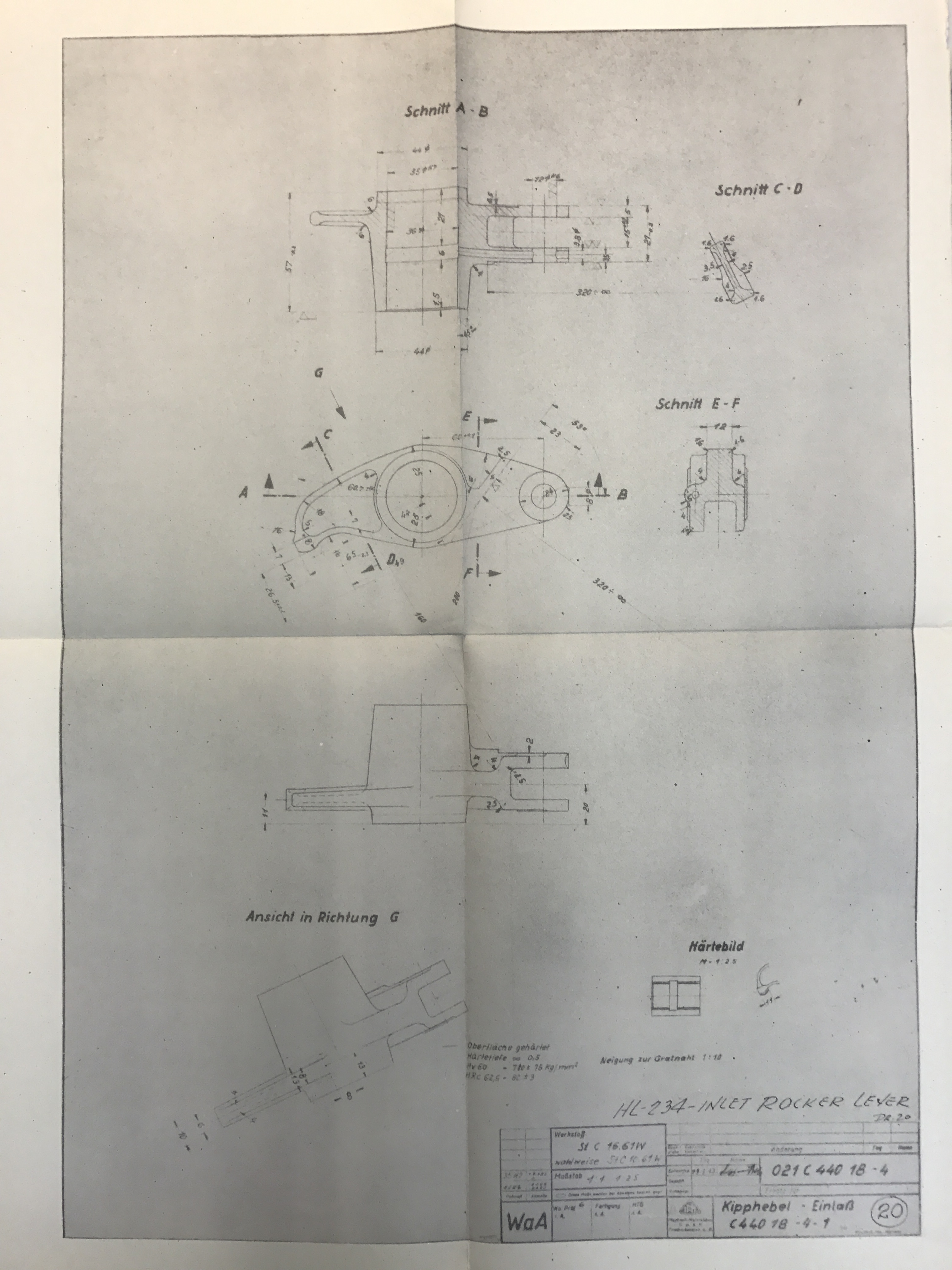
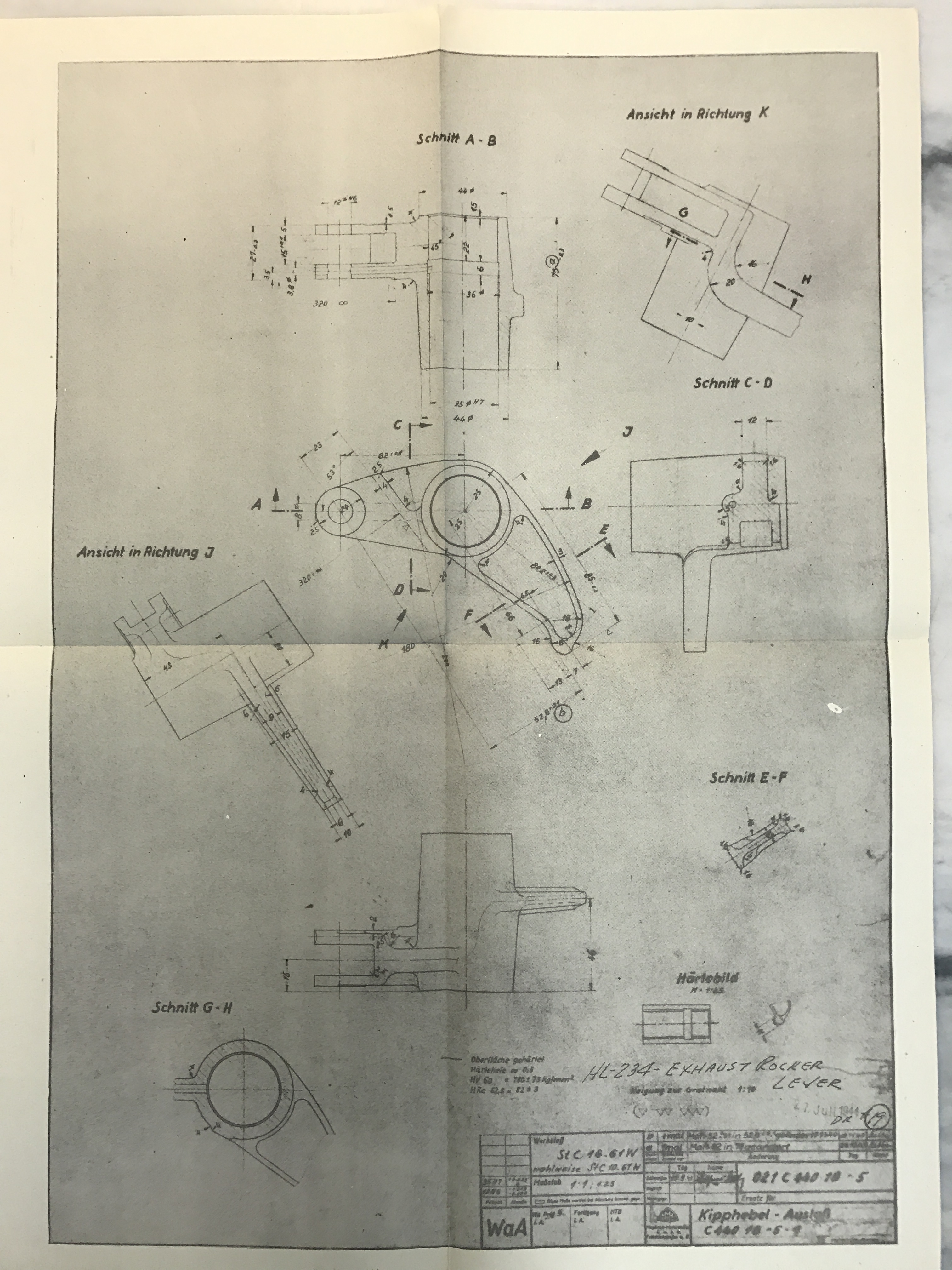
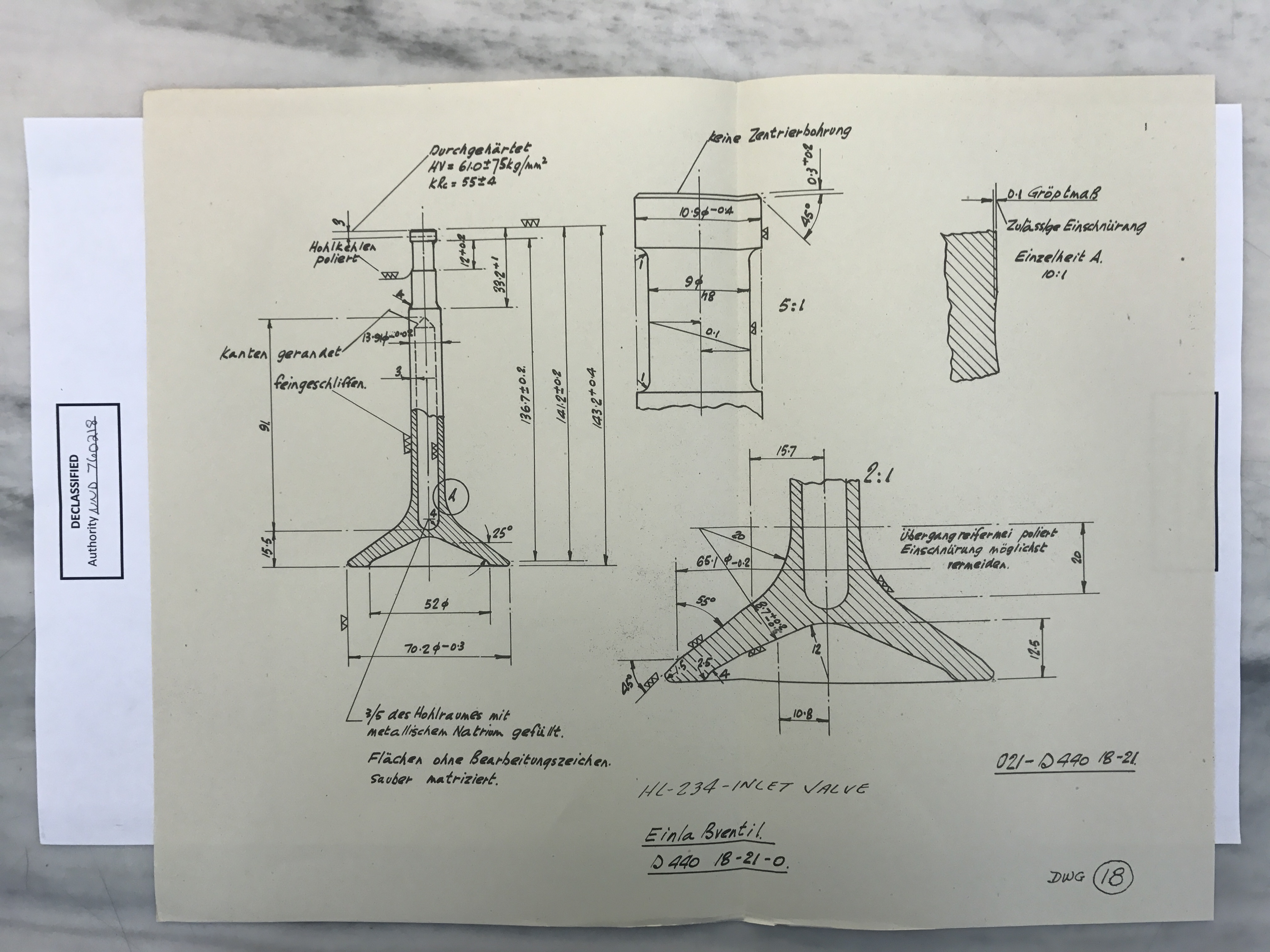
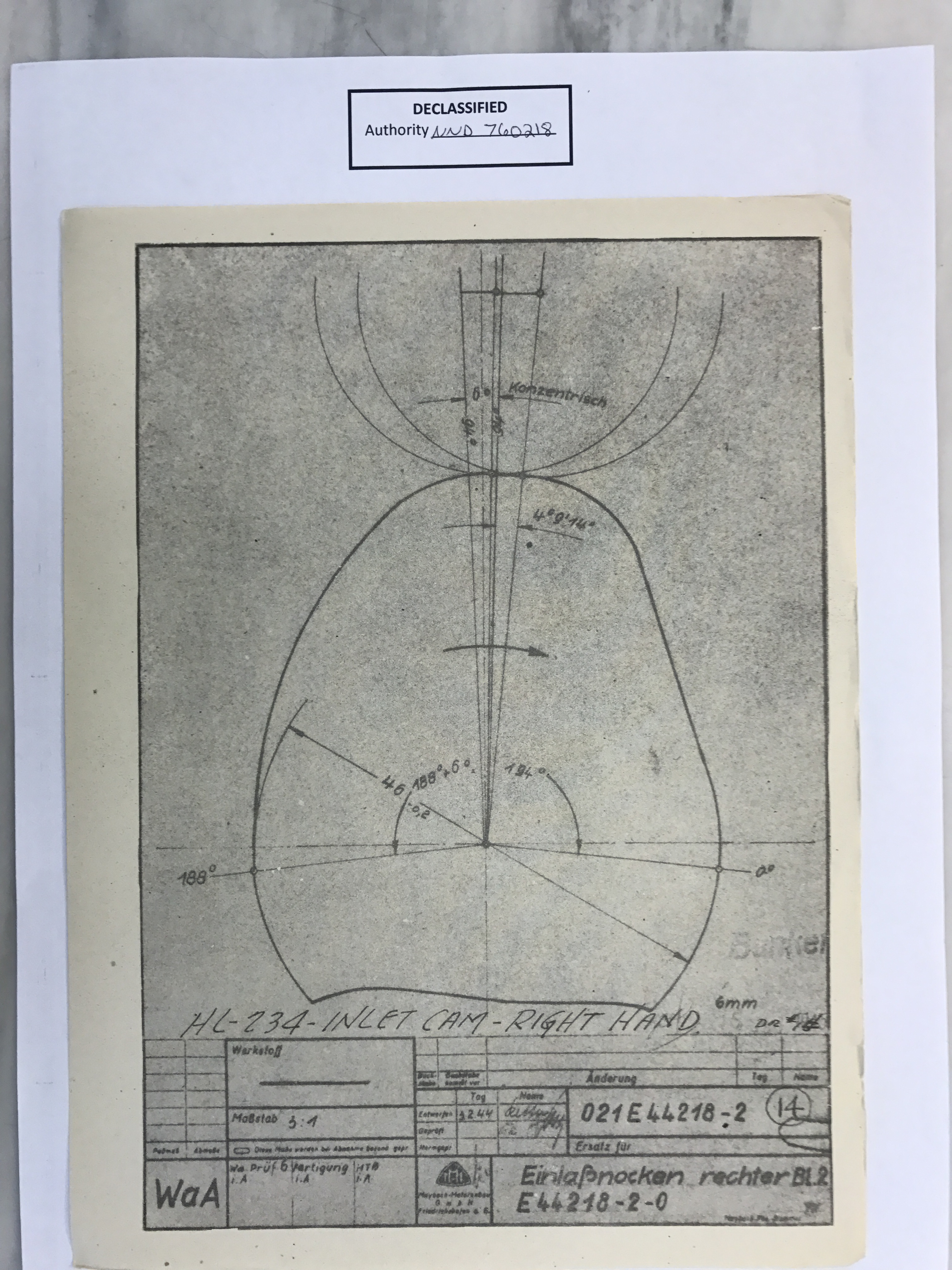
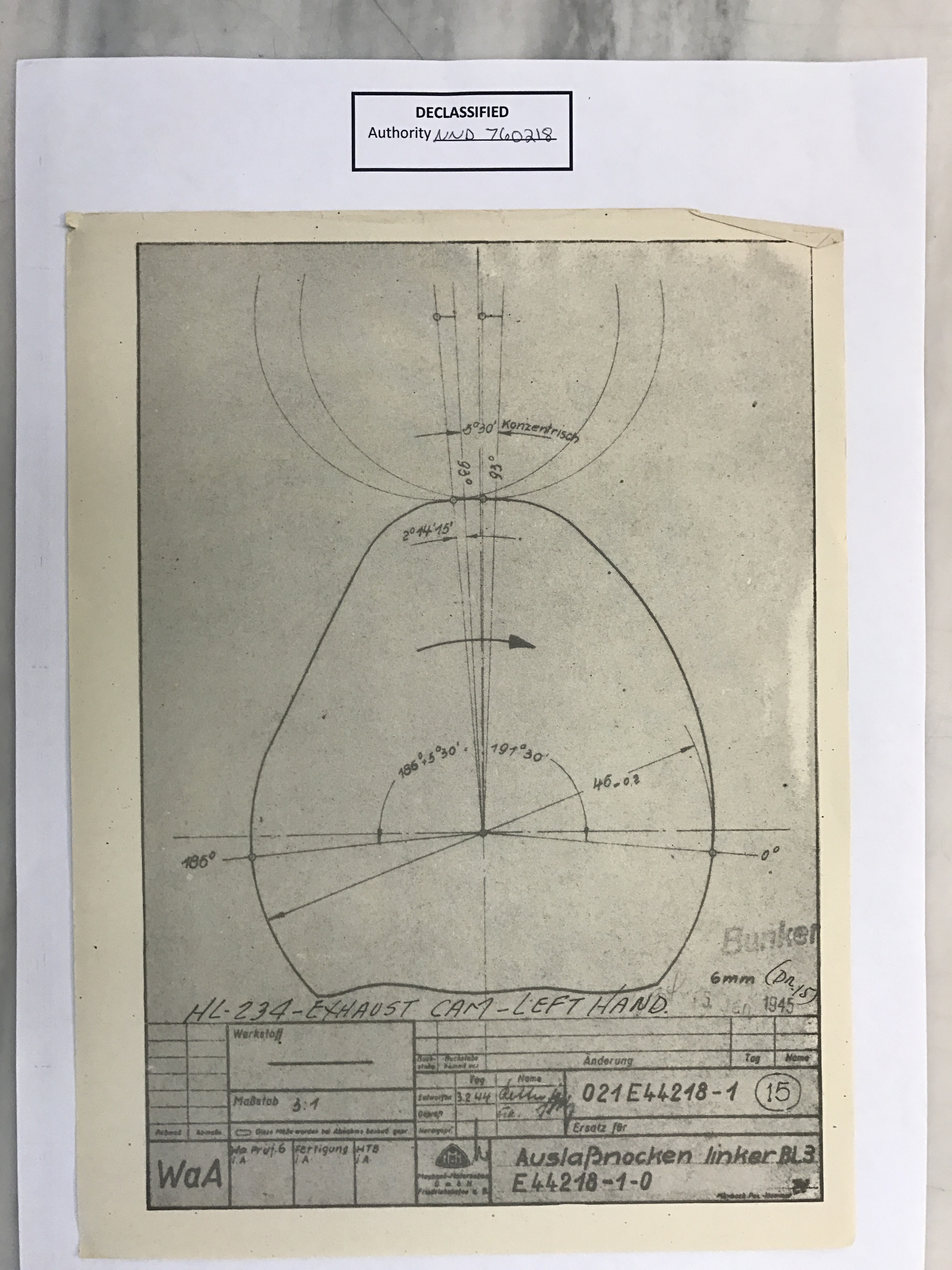
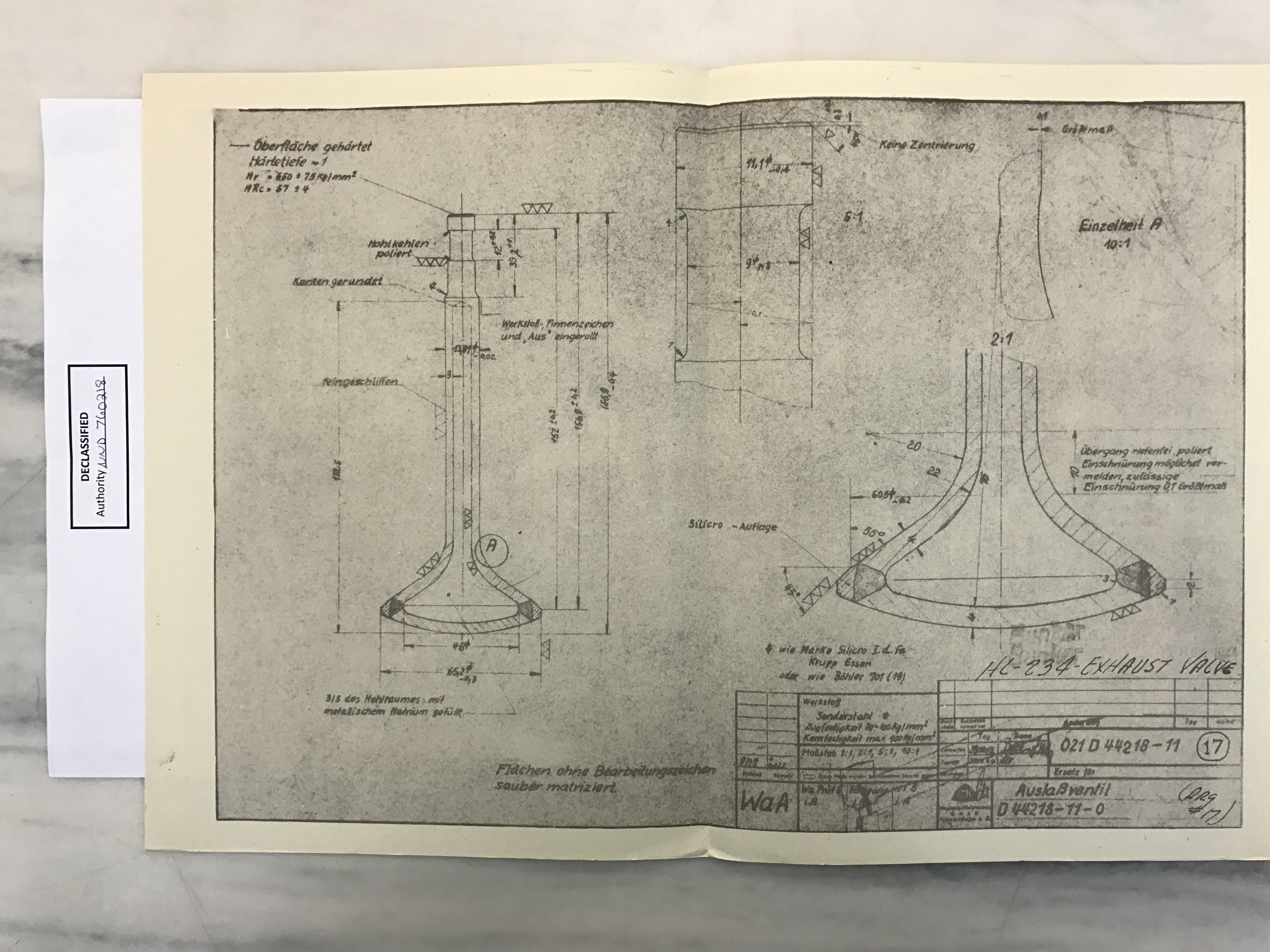
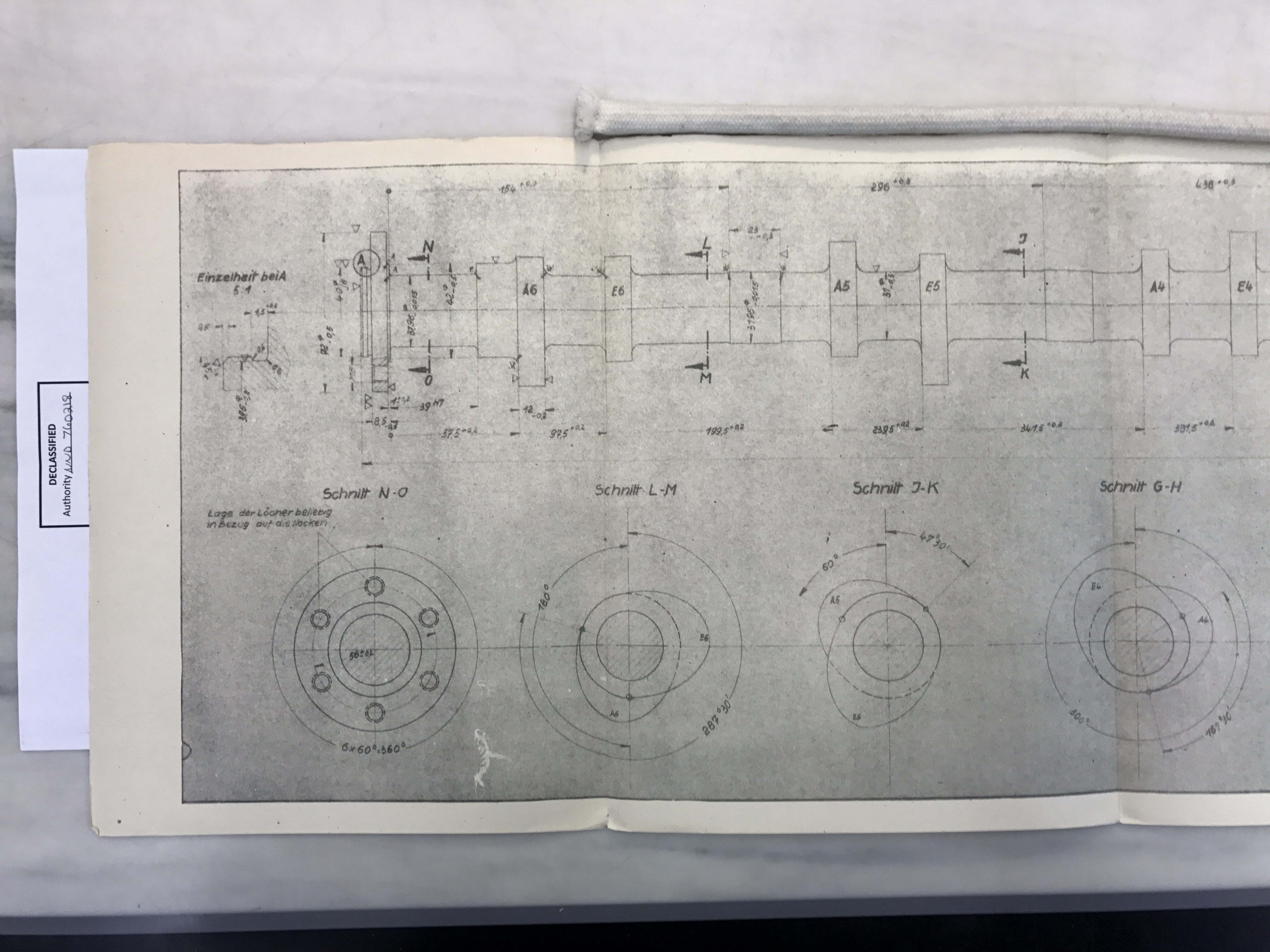
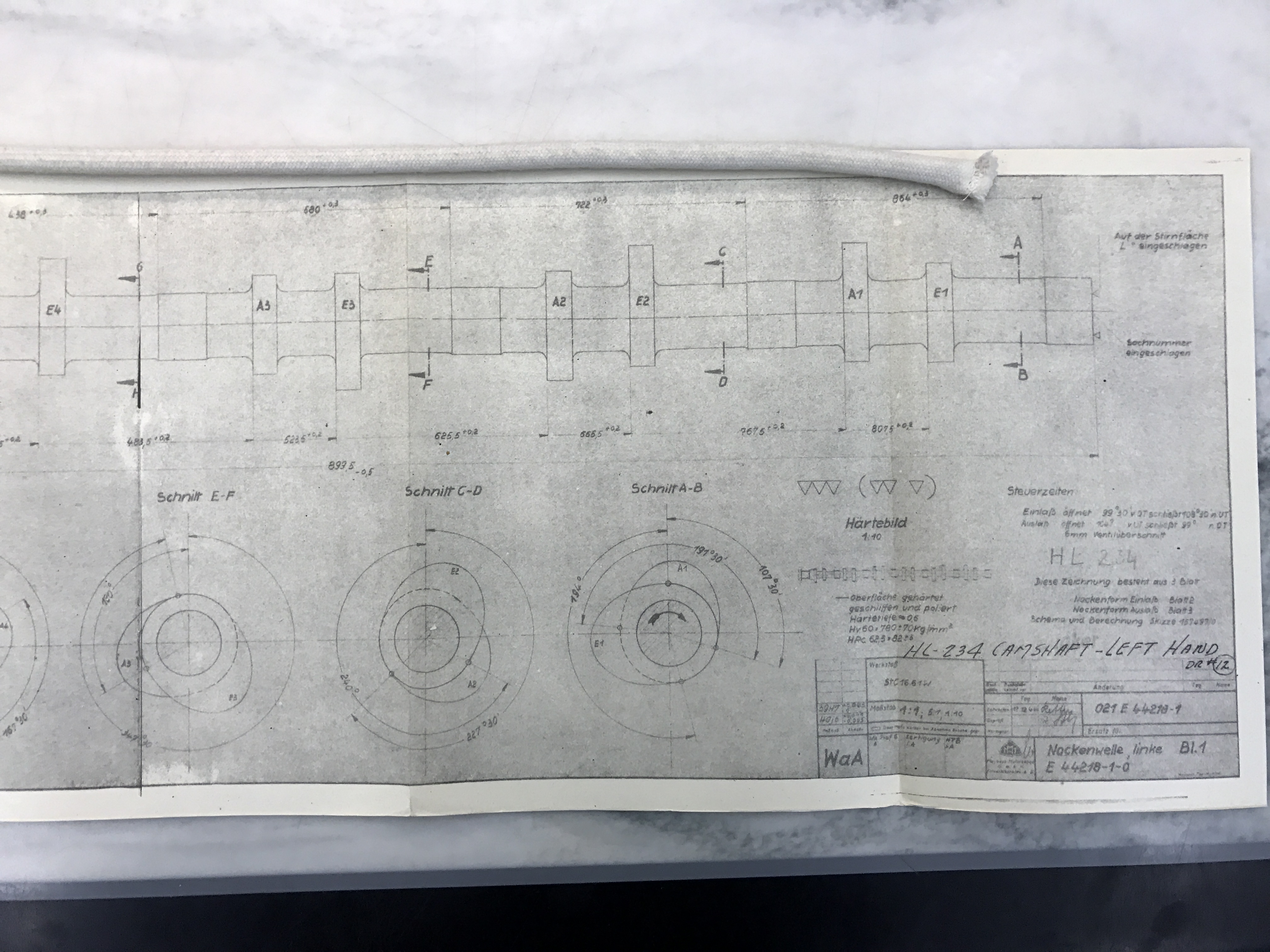
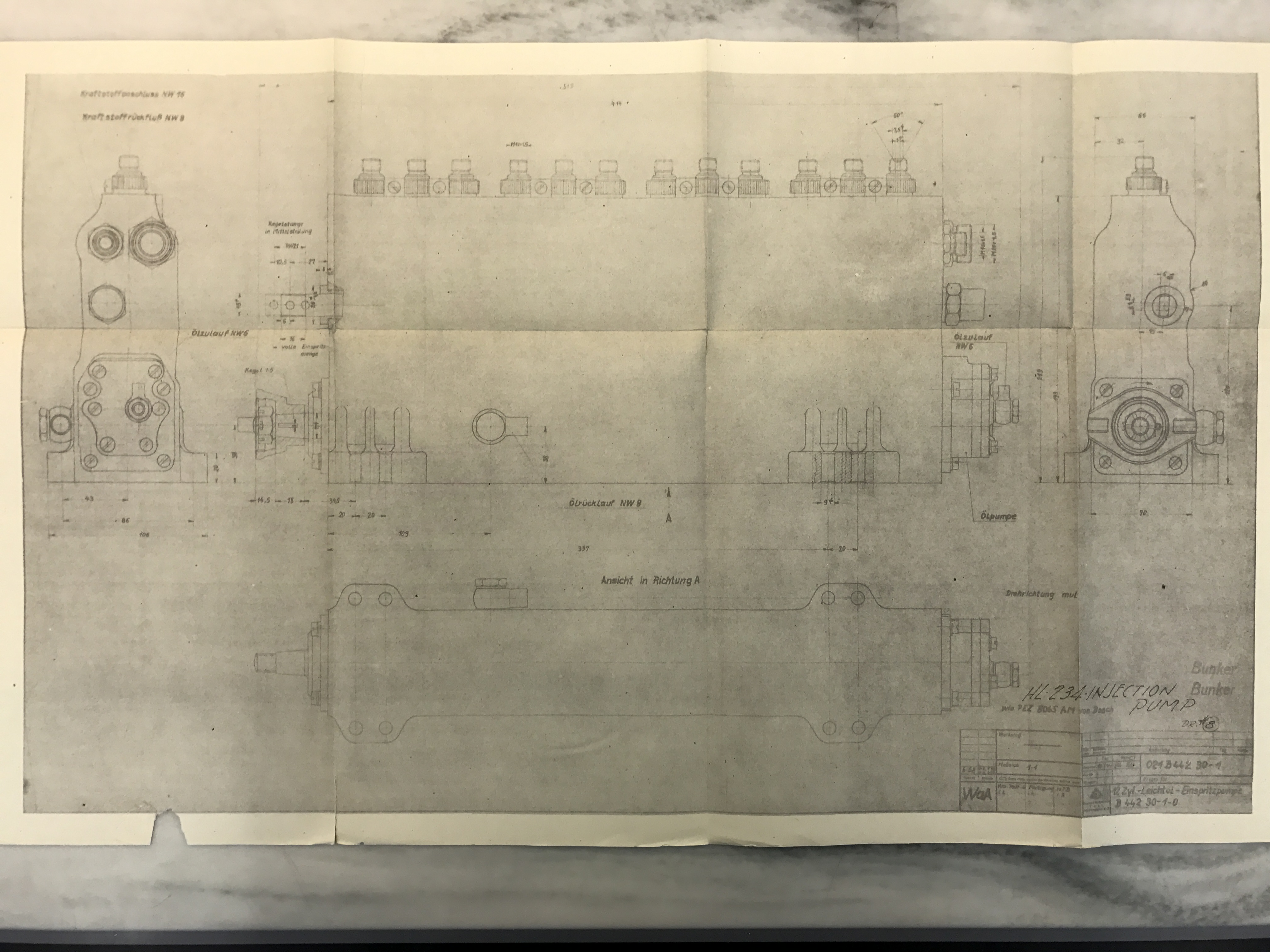
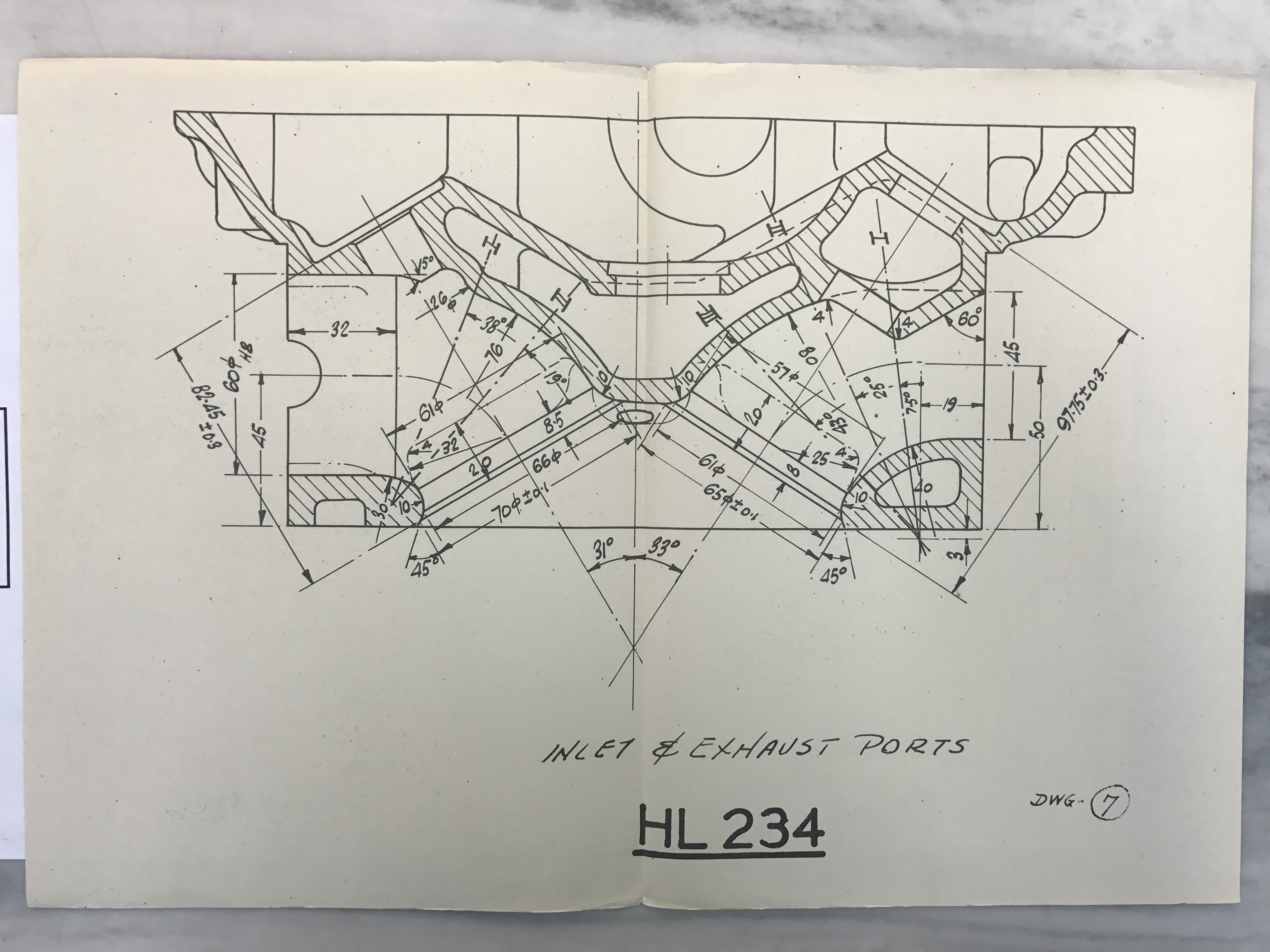
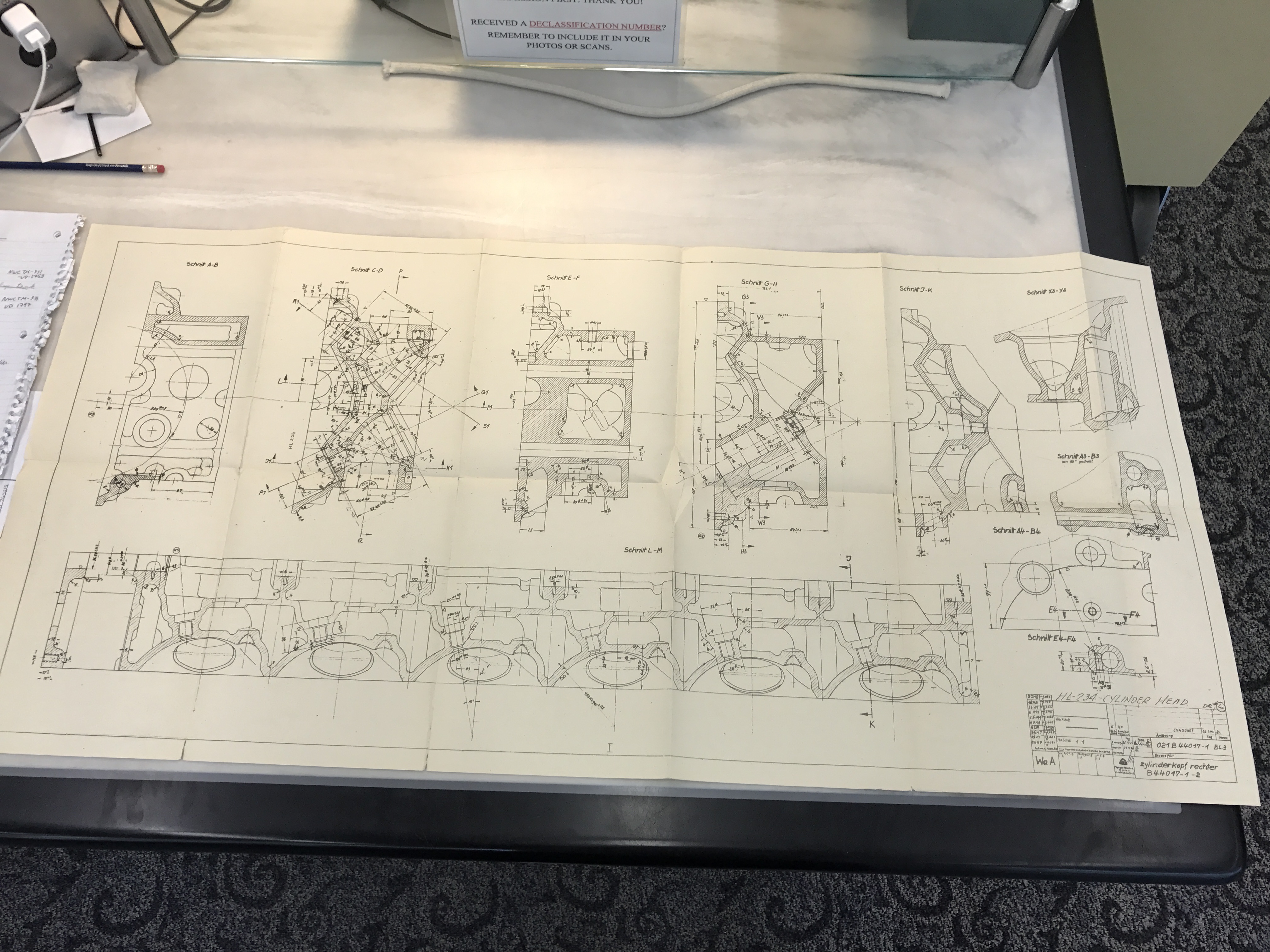
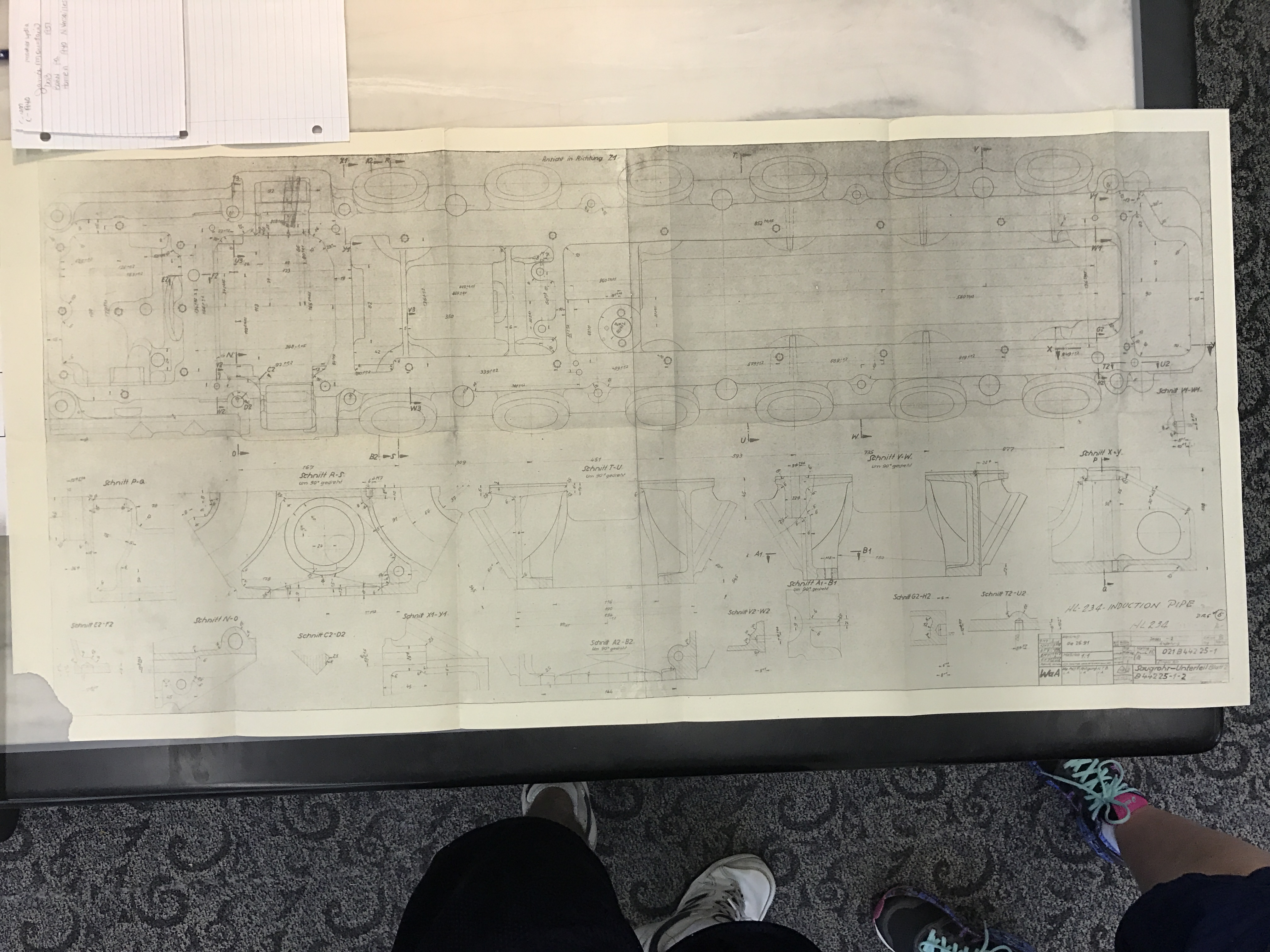
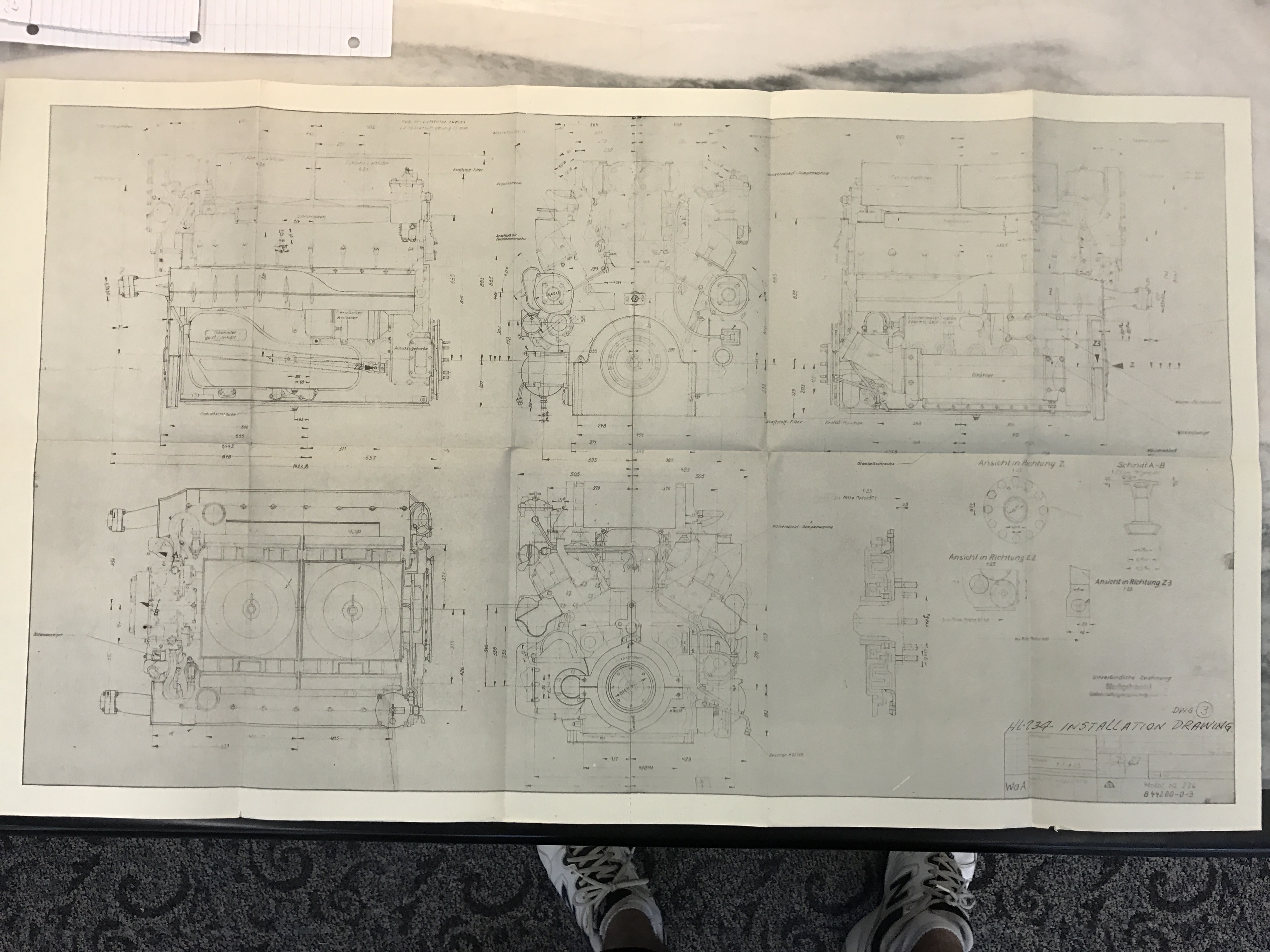
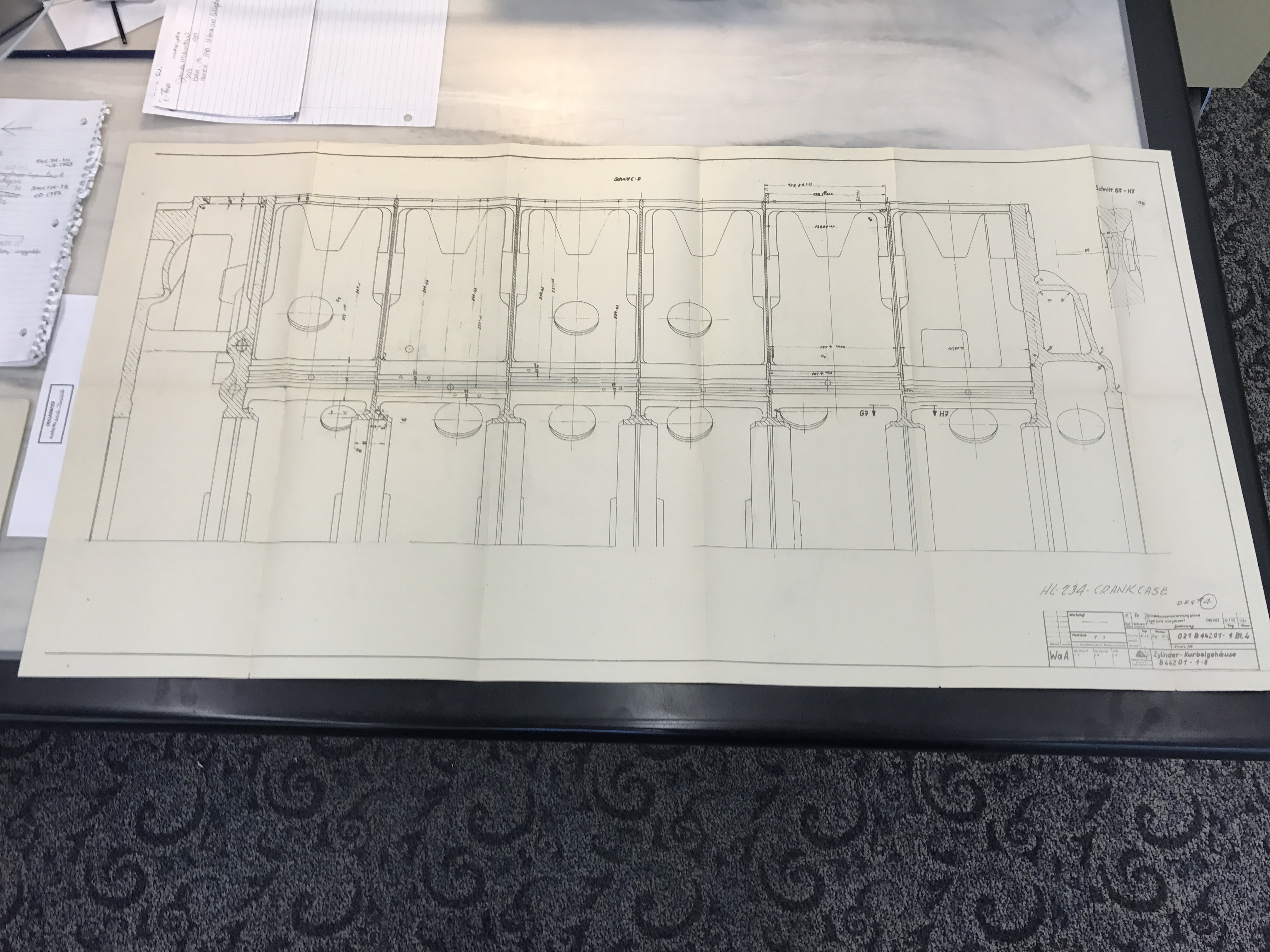
From the Archives: Maybach HL 232 and 233
Part 2 of 4 regarding engine blueprints from the US National Archives.
Record Group 331 Contained a collection of miscellaneous drawings, among them were full sets of blueprints for Maybach German tank engines.
Among the blueprints for the Maybach HL 234 were some files marked with “HL 232” and “HL 233/234”. The Maybach HL 232 was a fuel injected and supercharged version of the HL 230 family, pushing out 1100hp at 3000rpm. No data exists for the HL 233.
